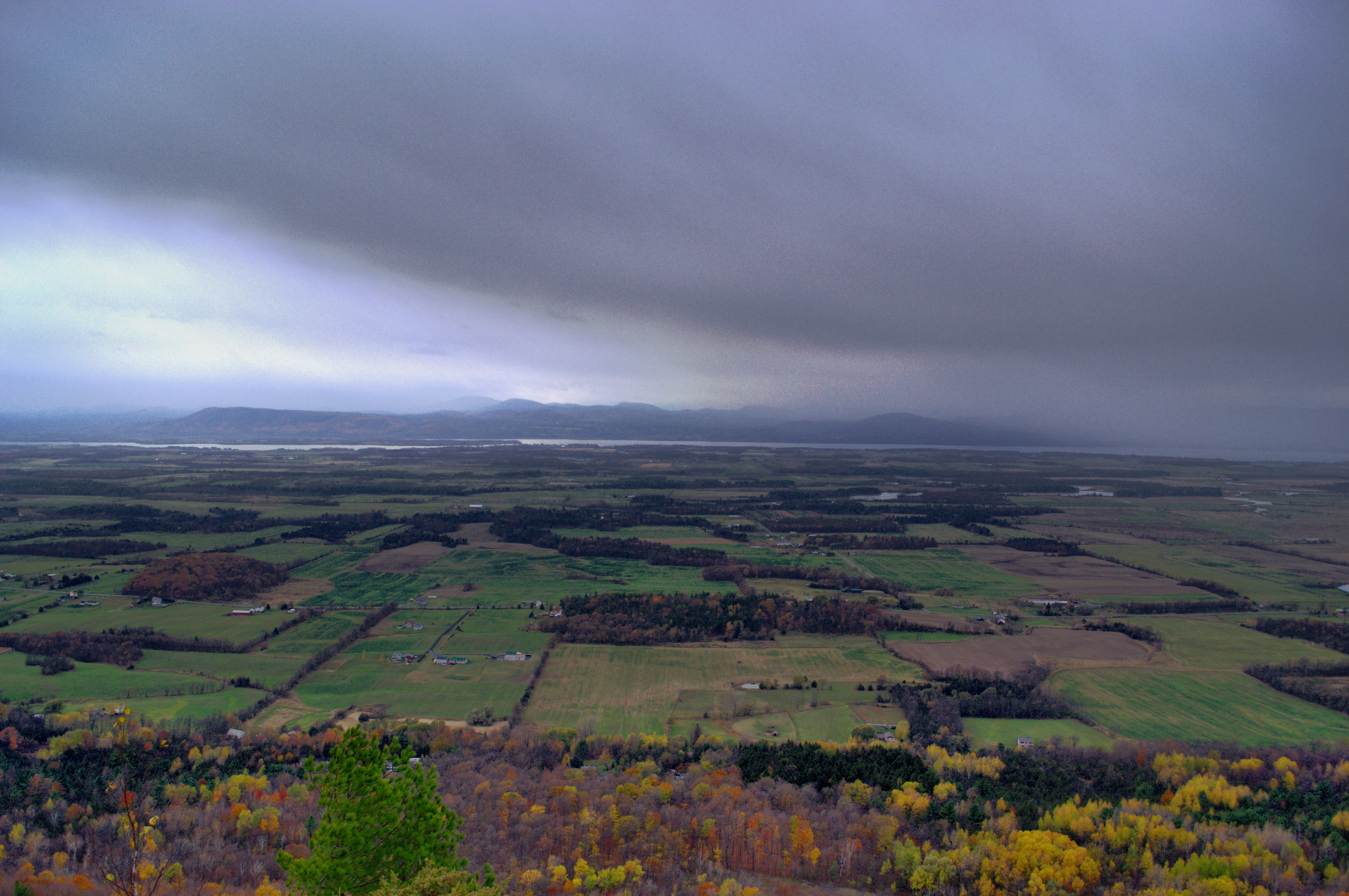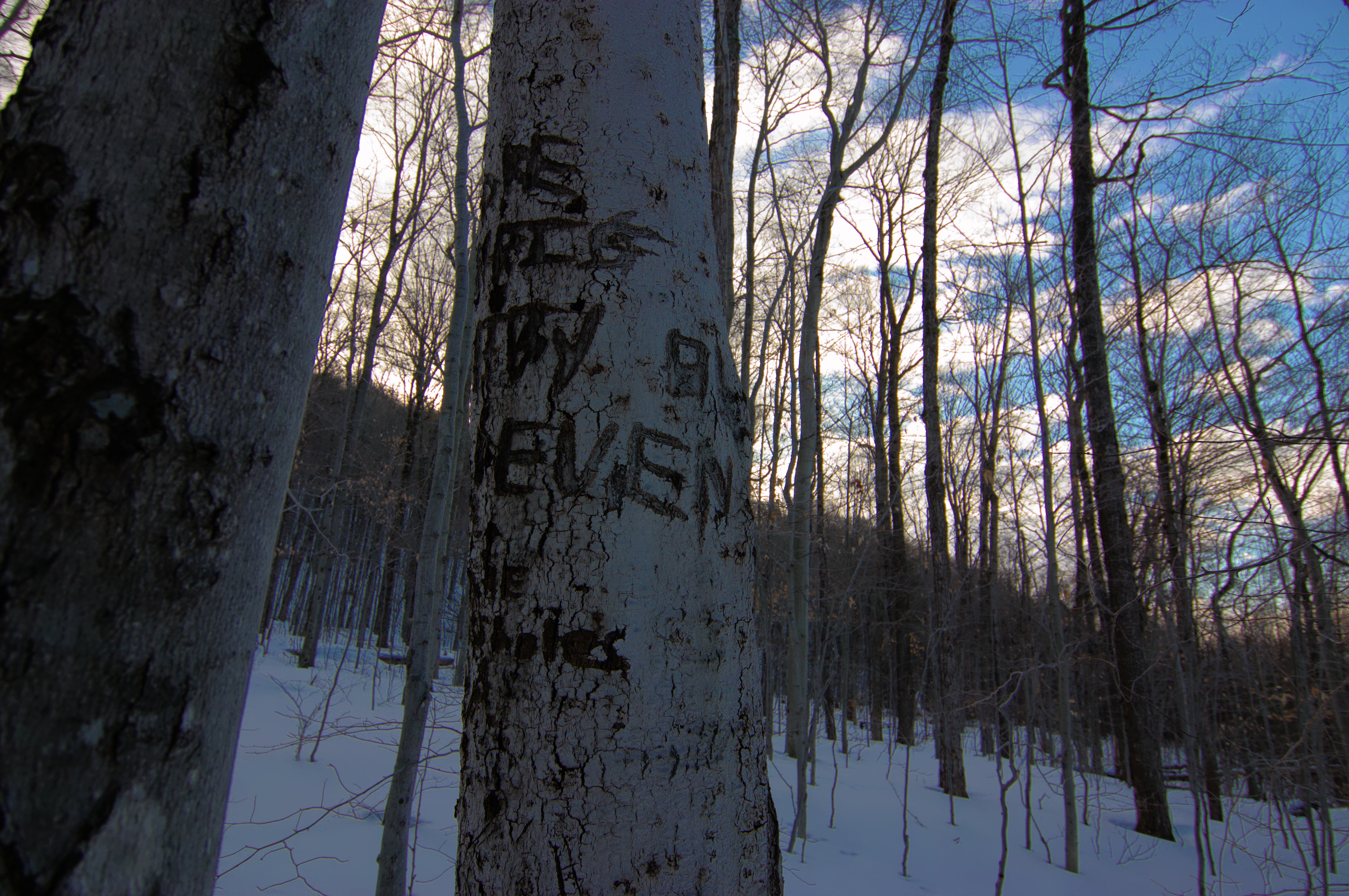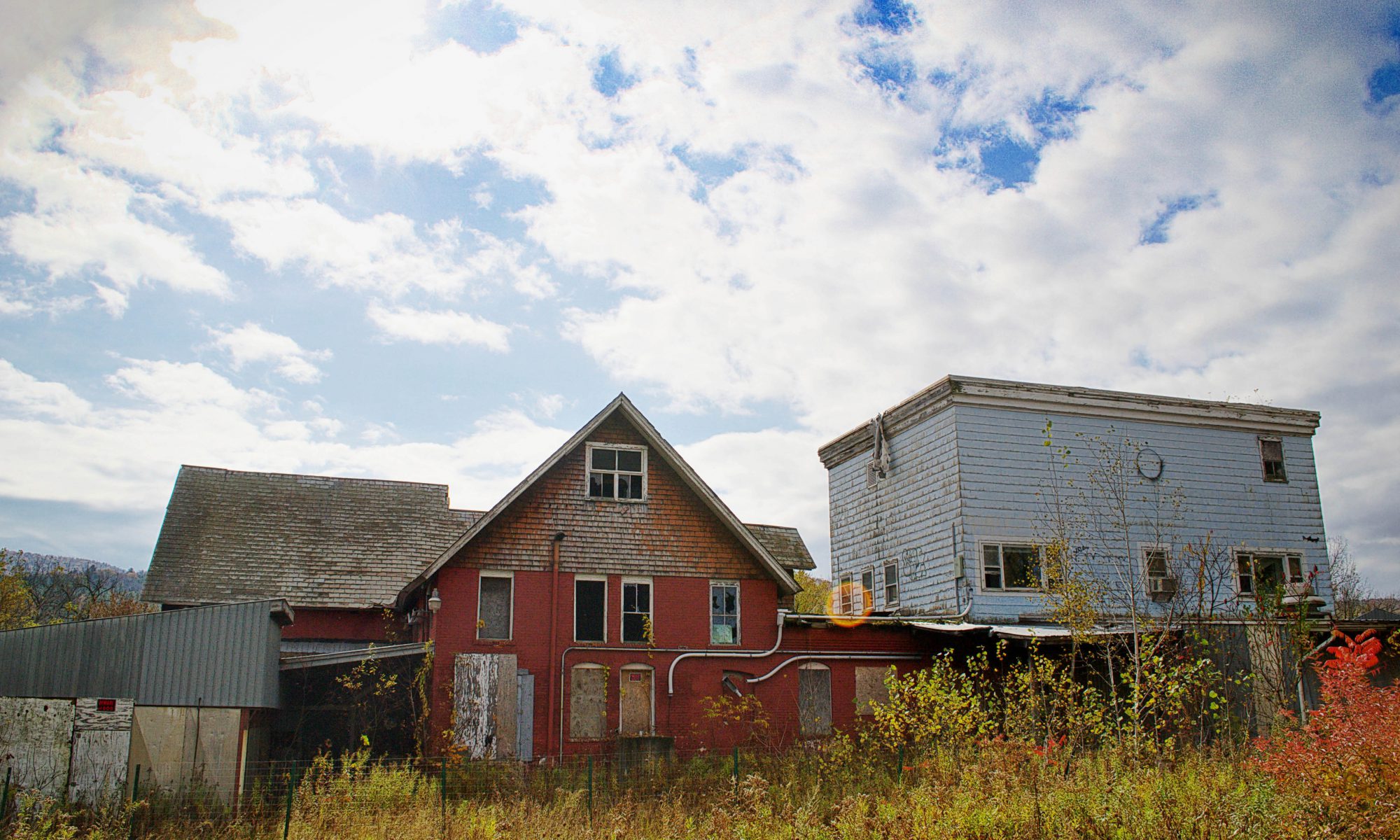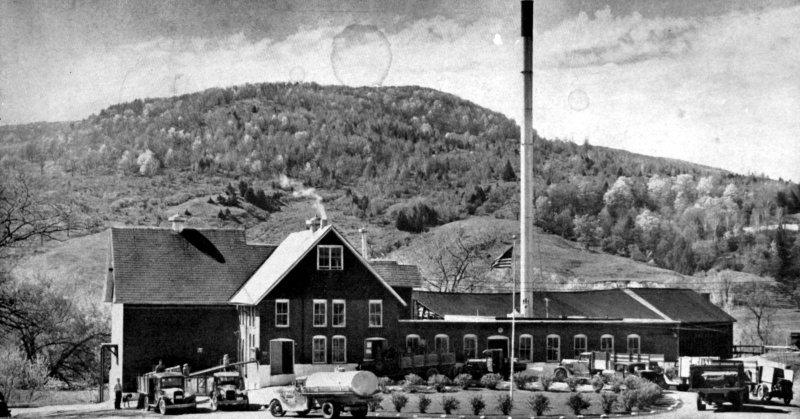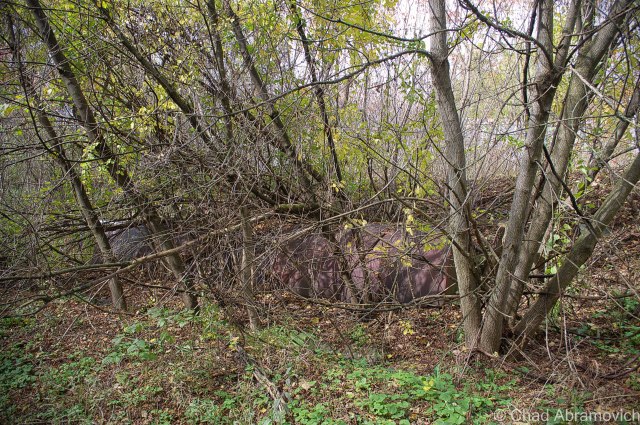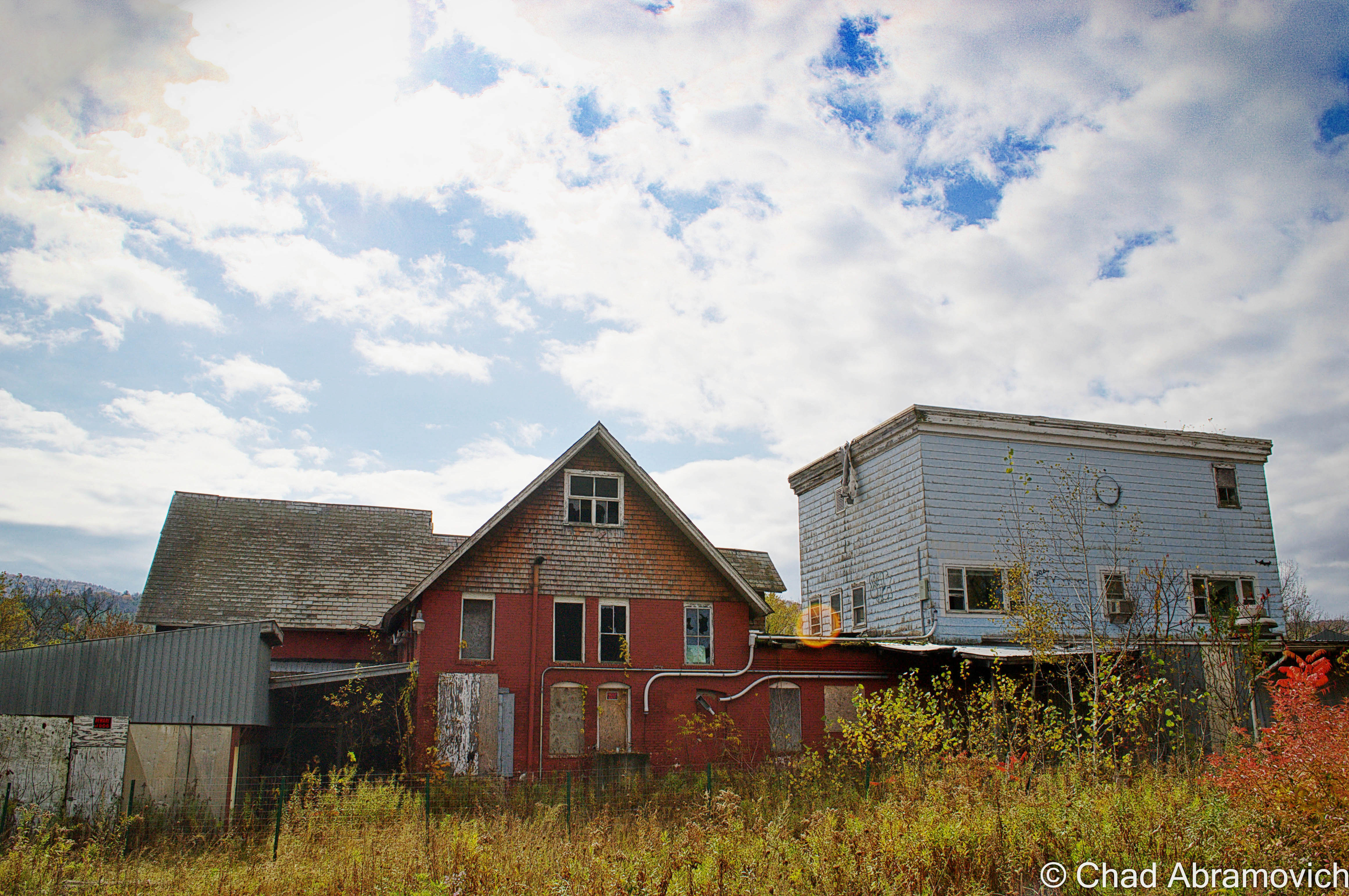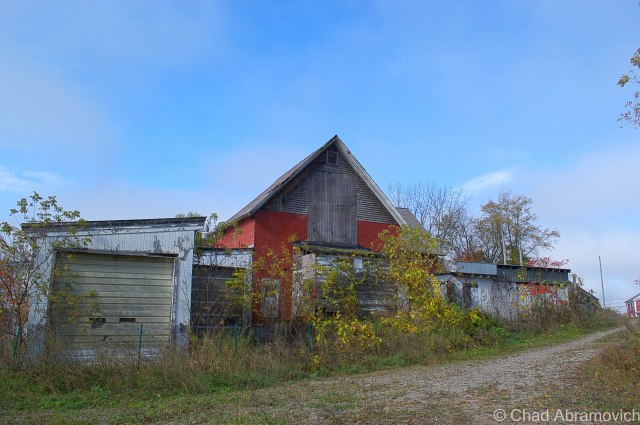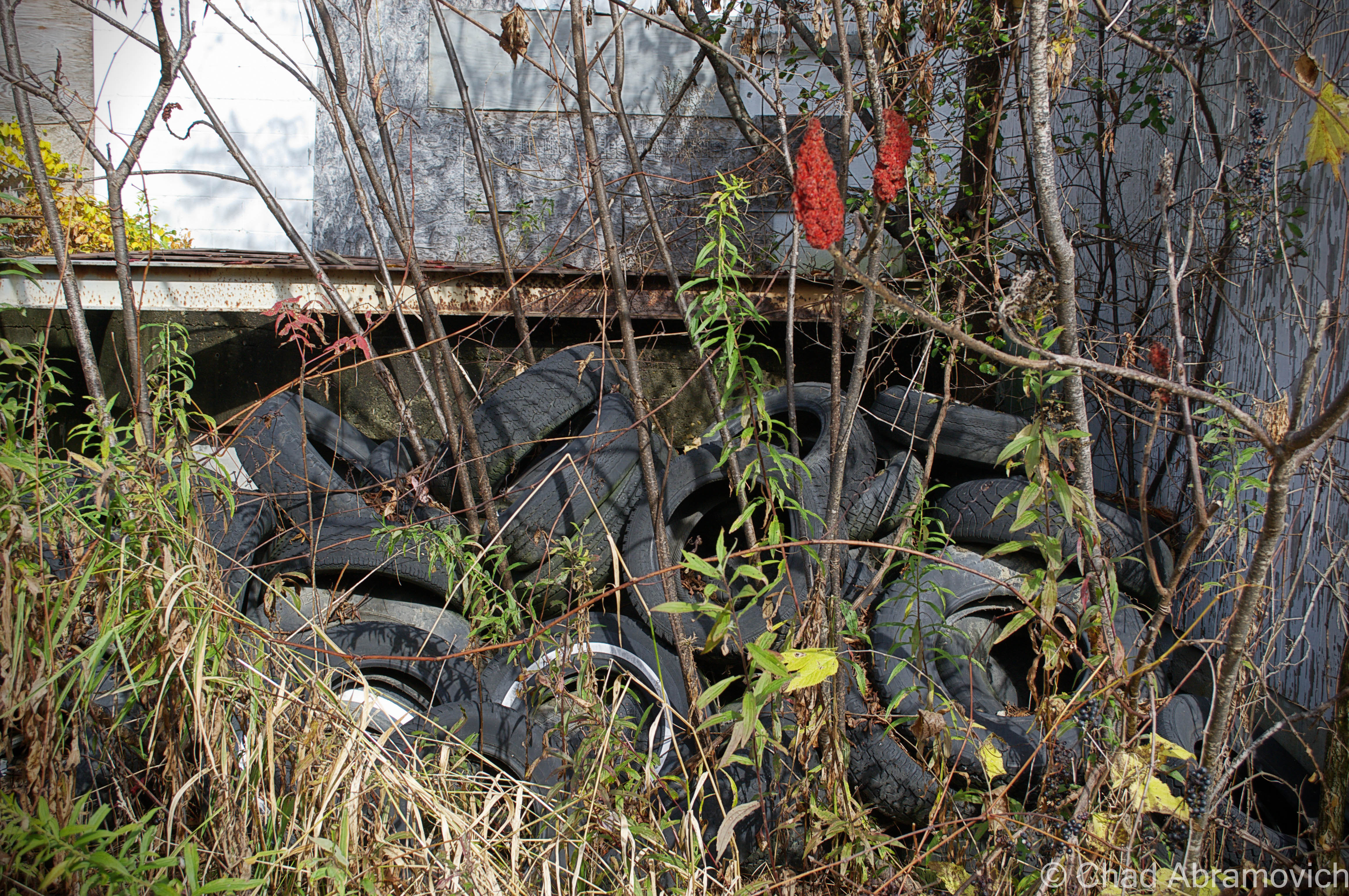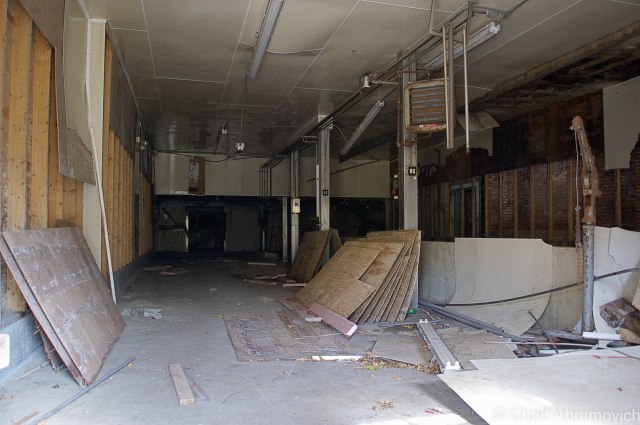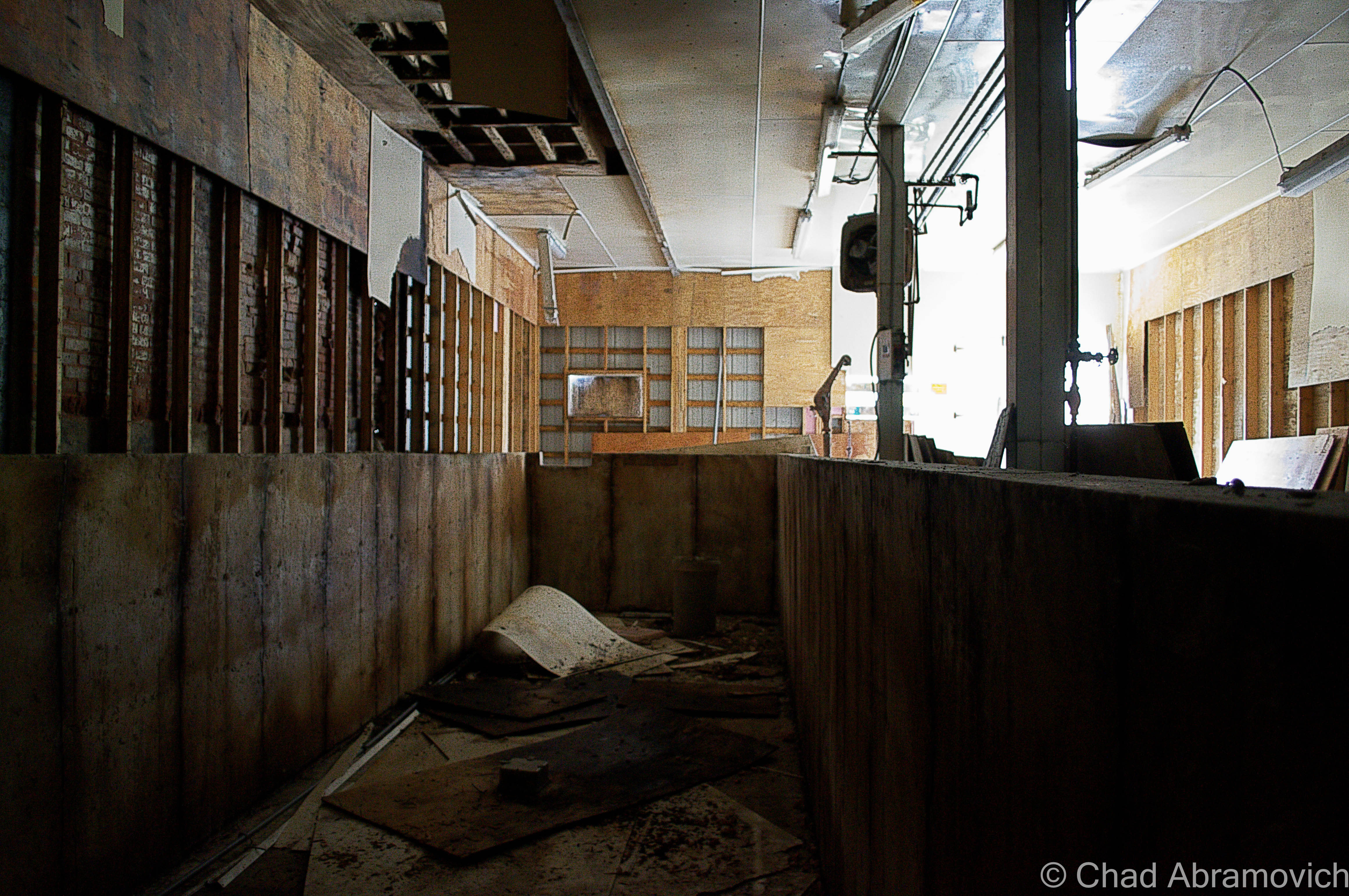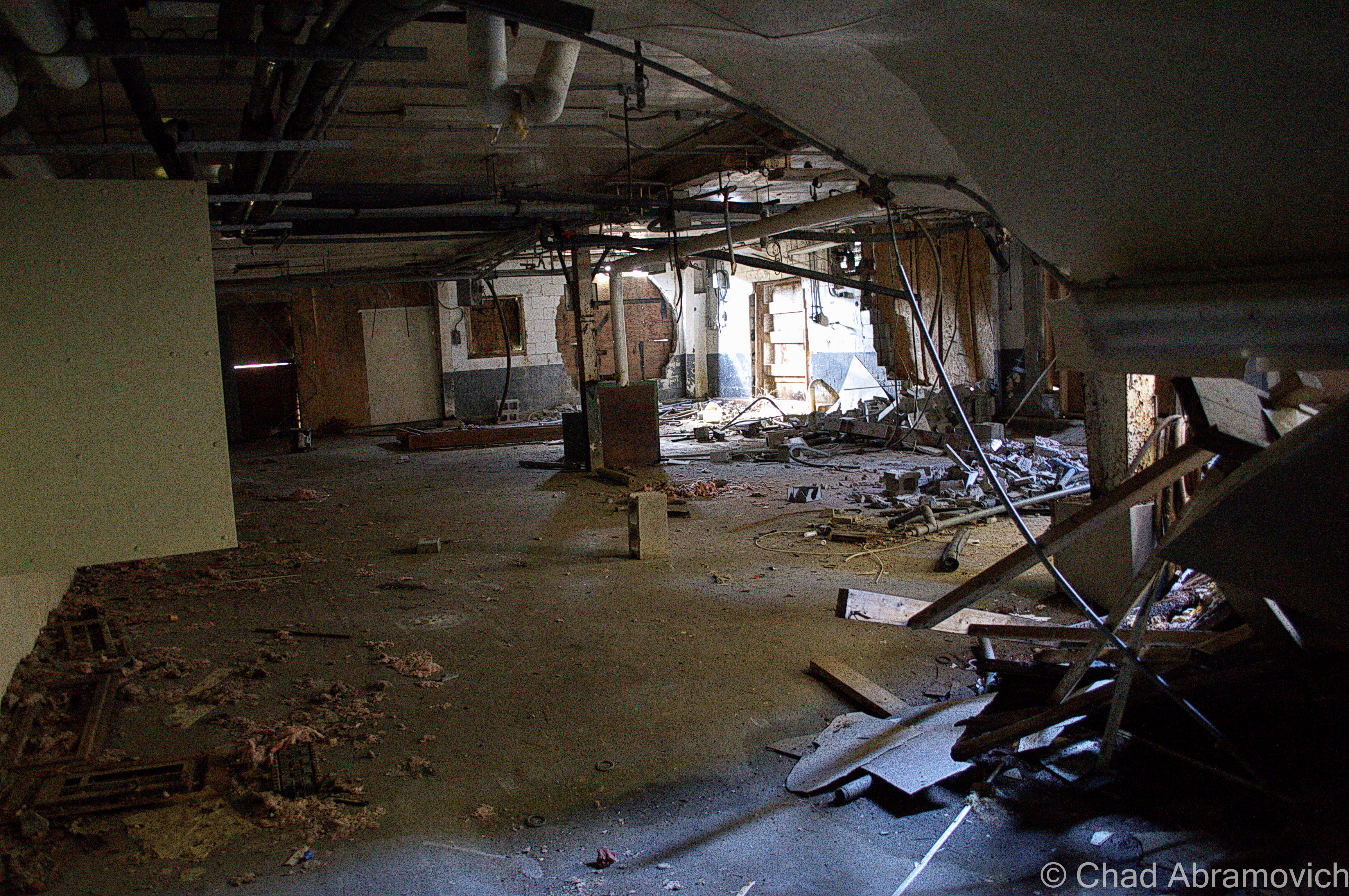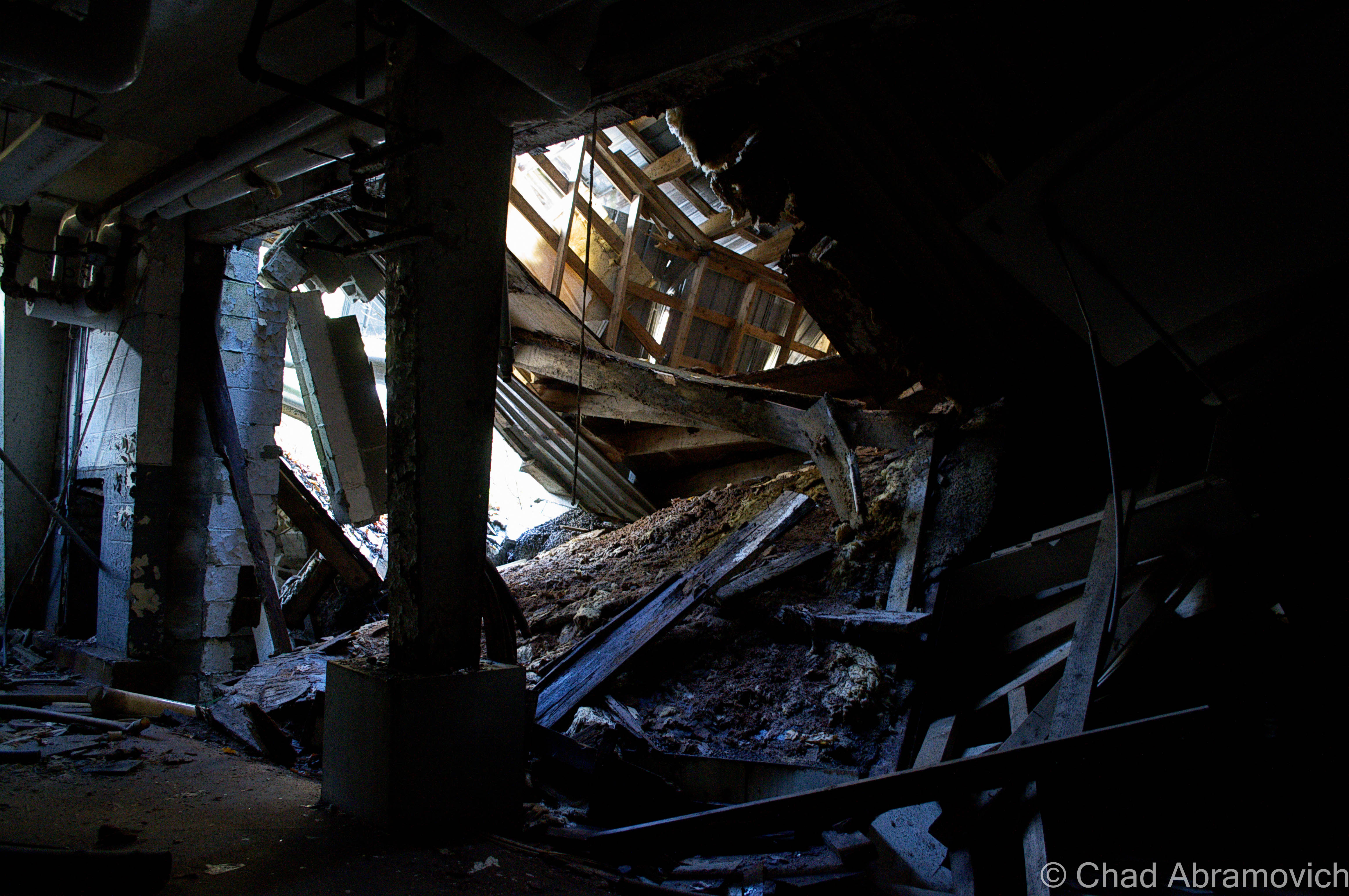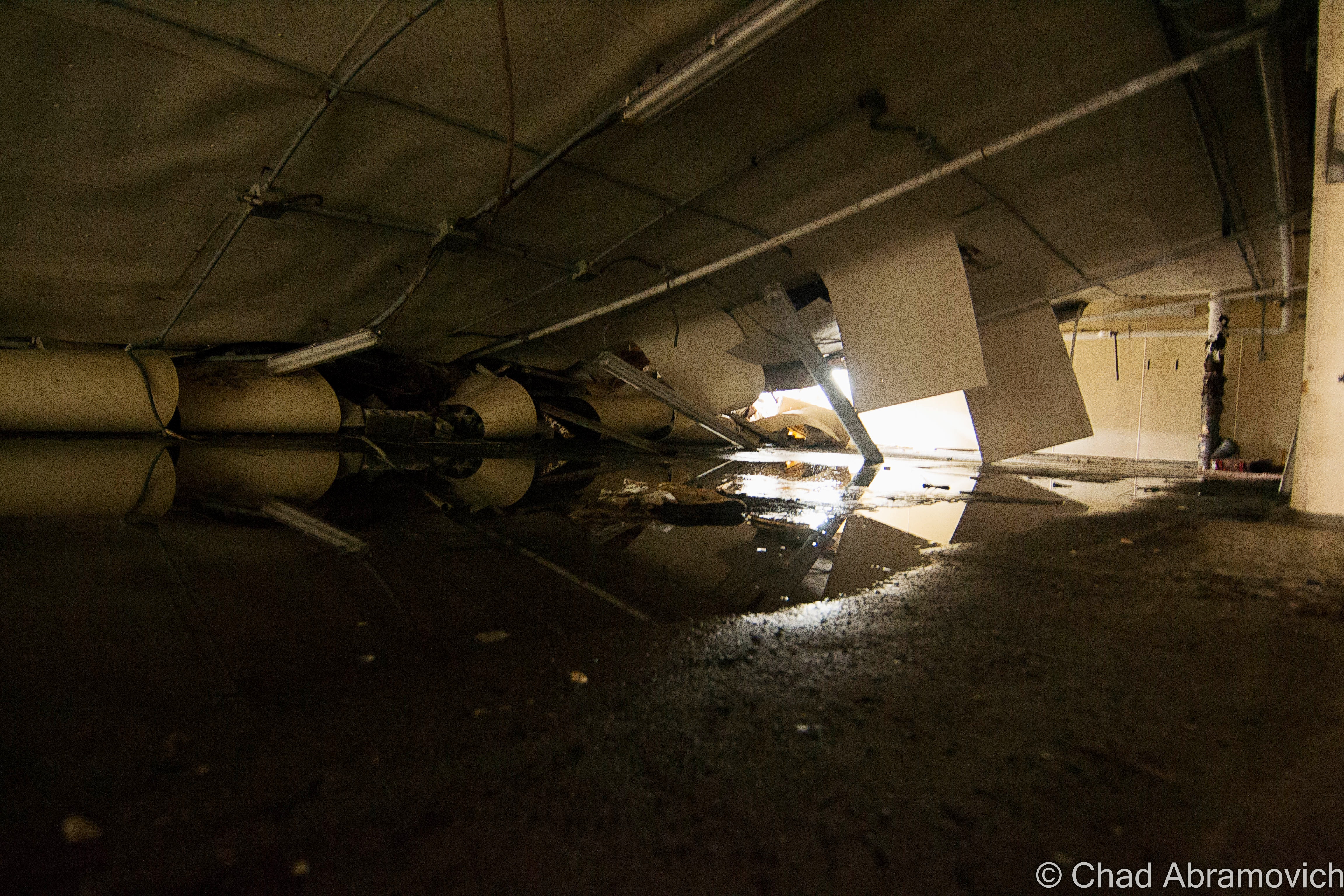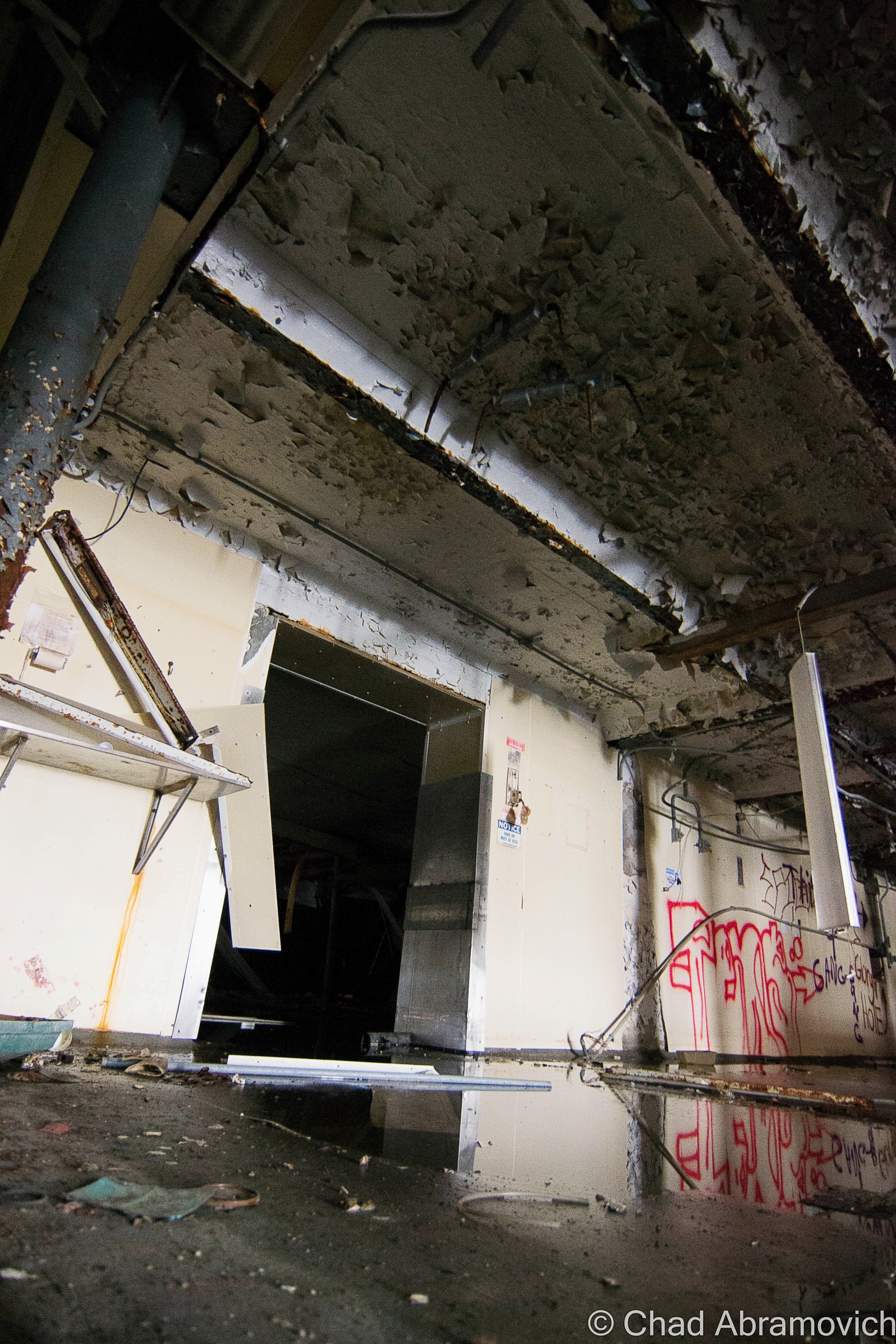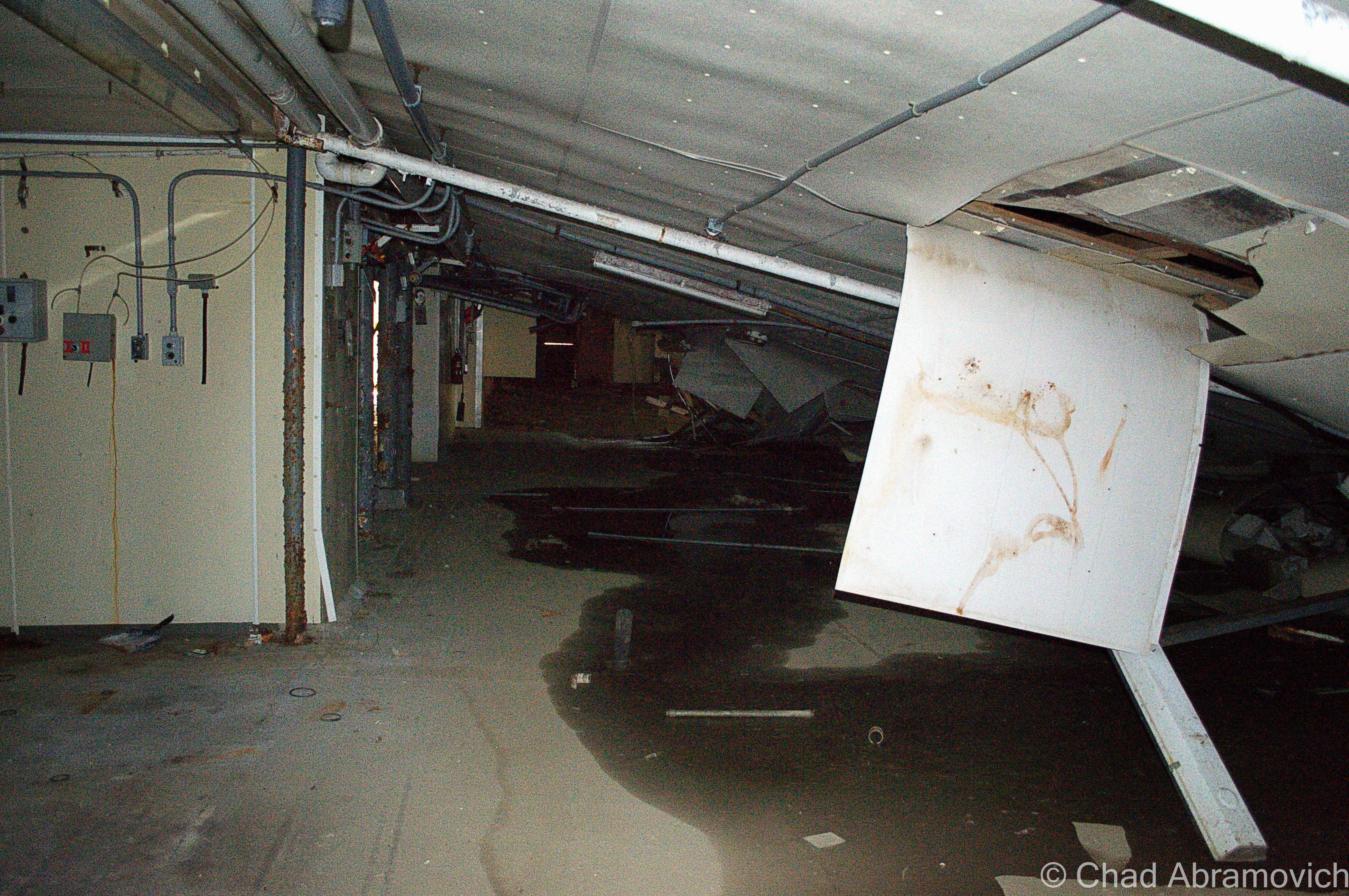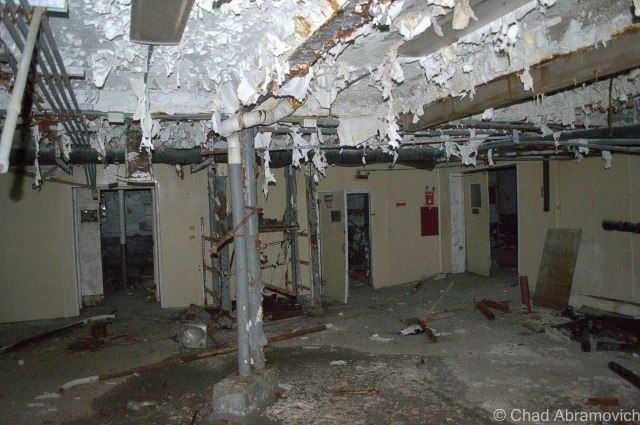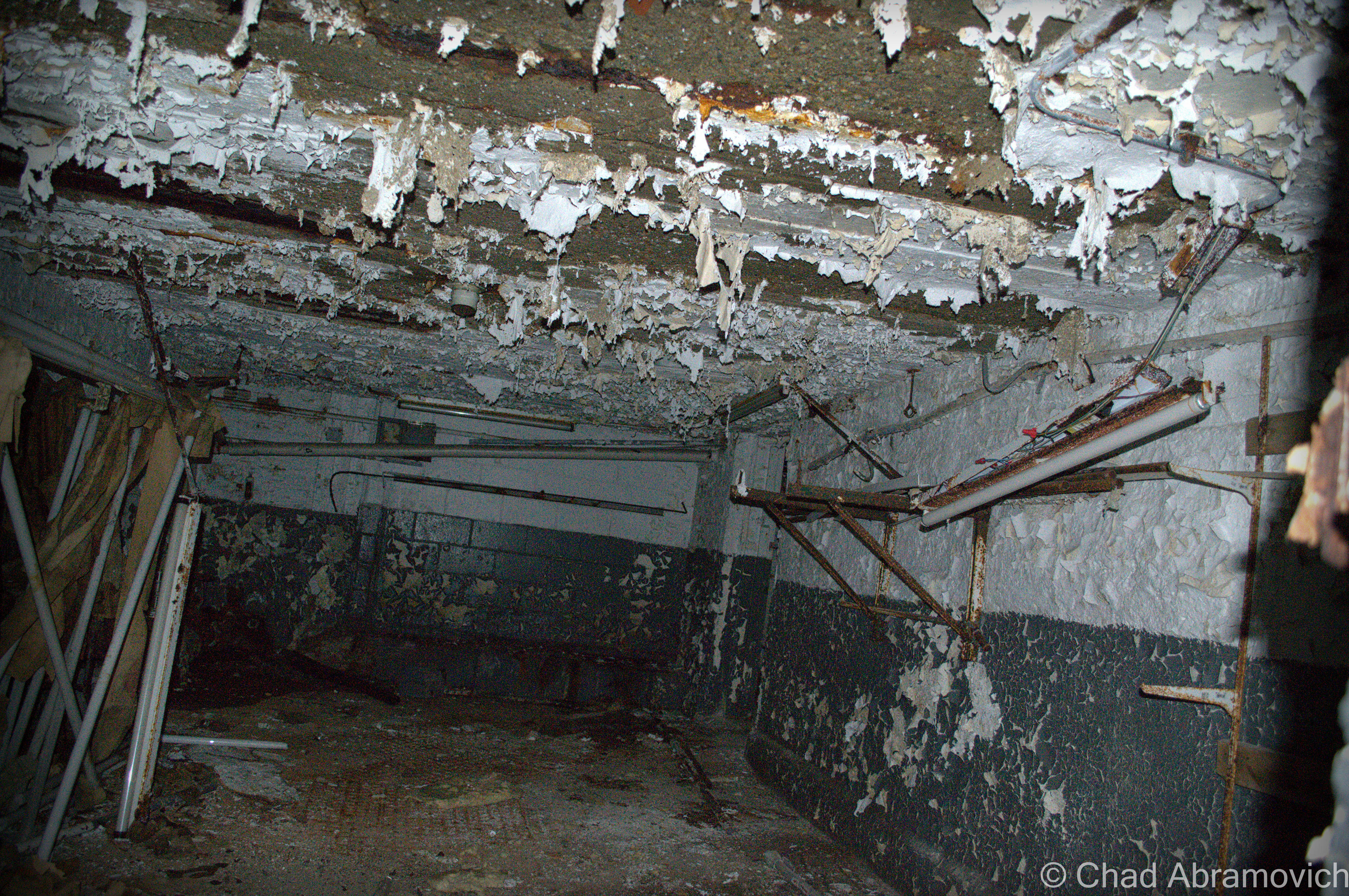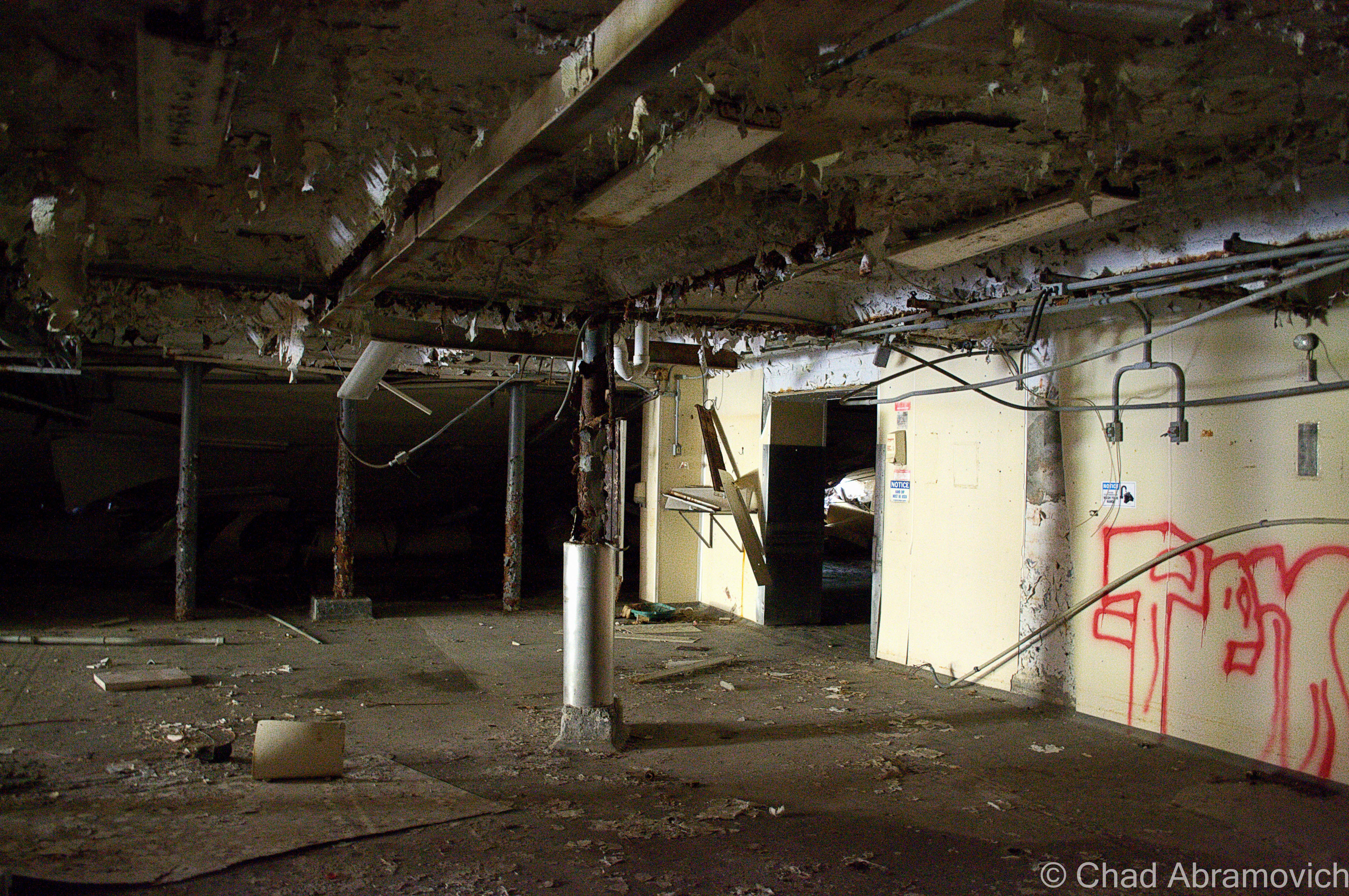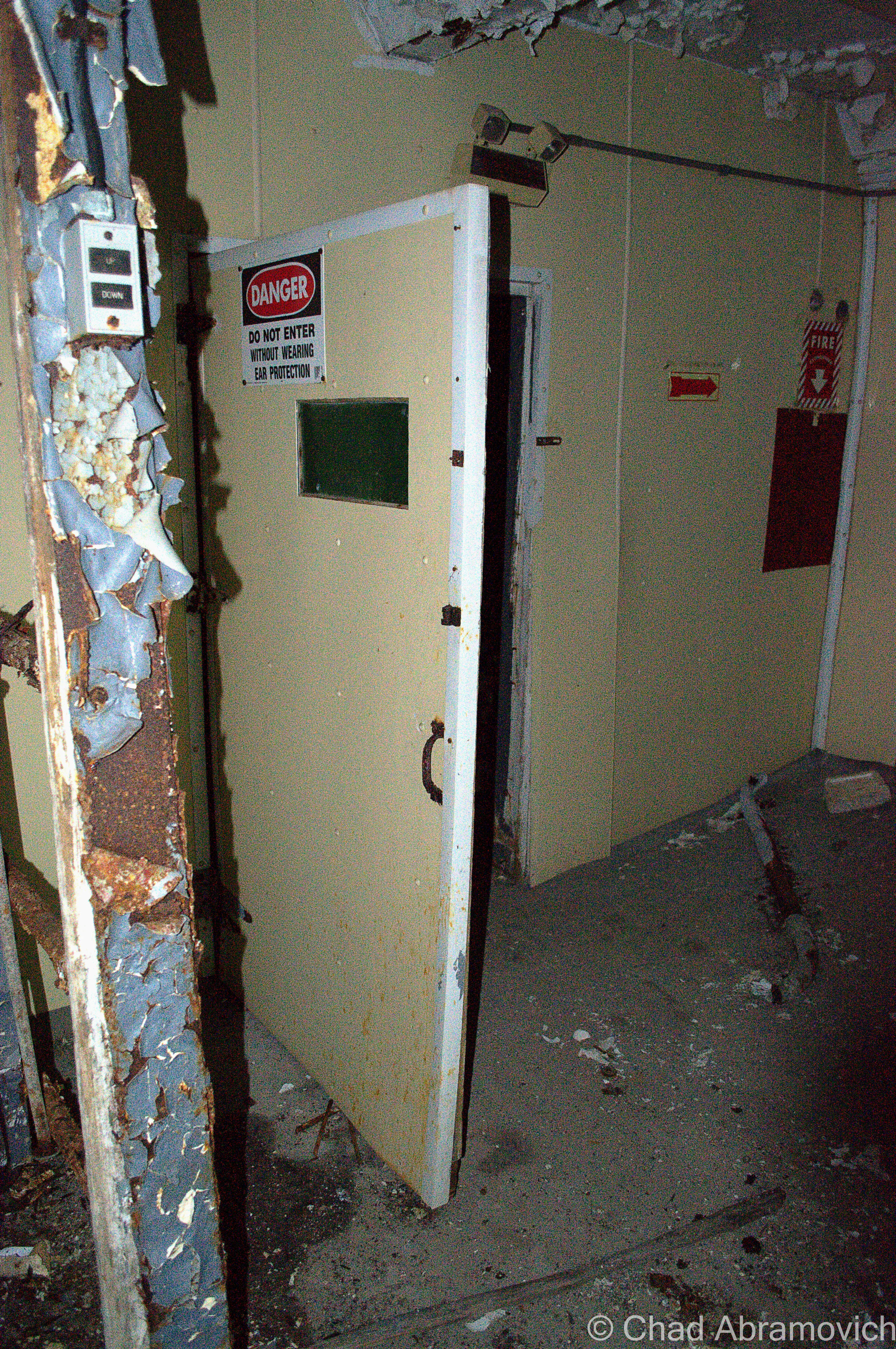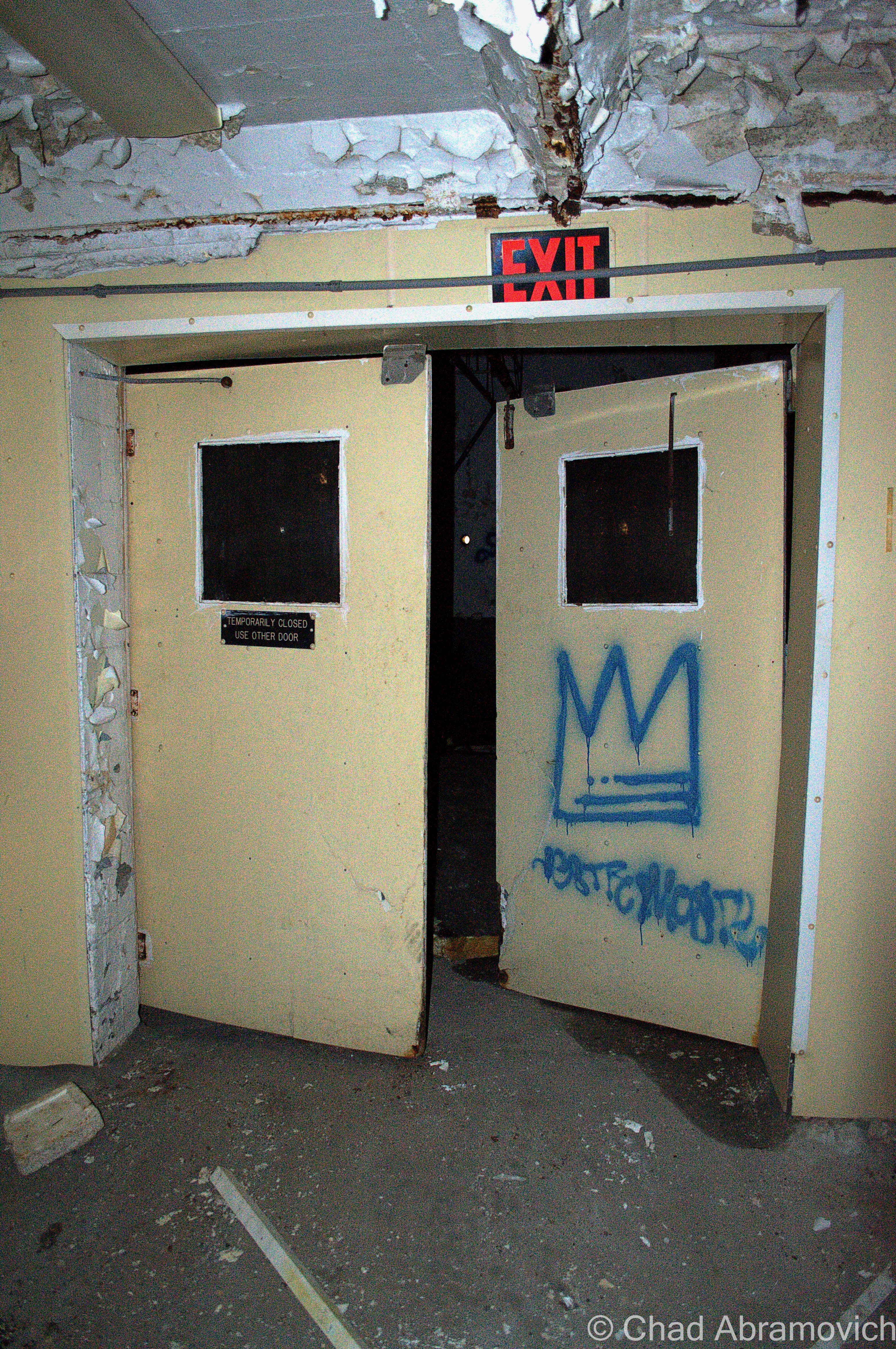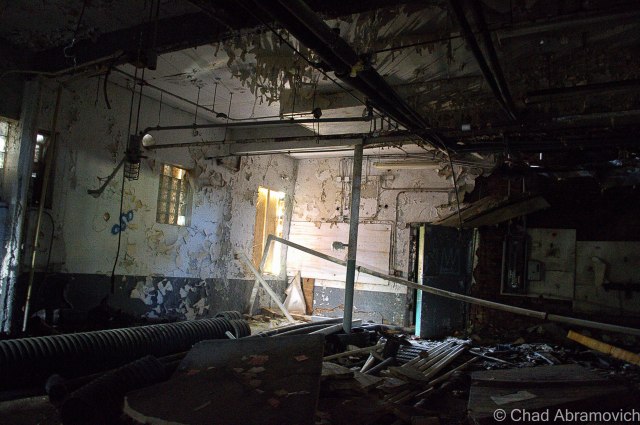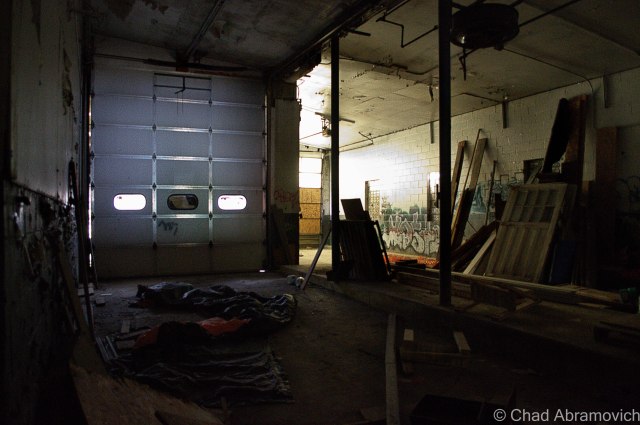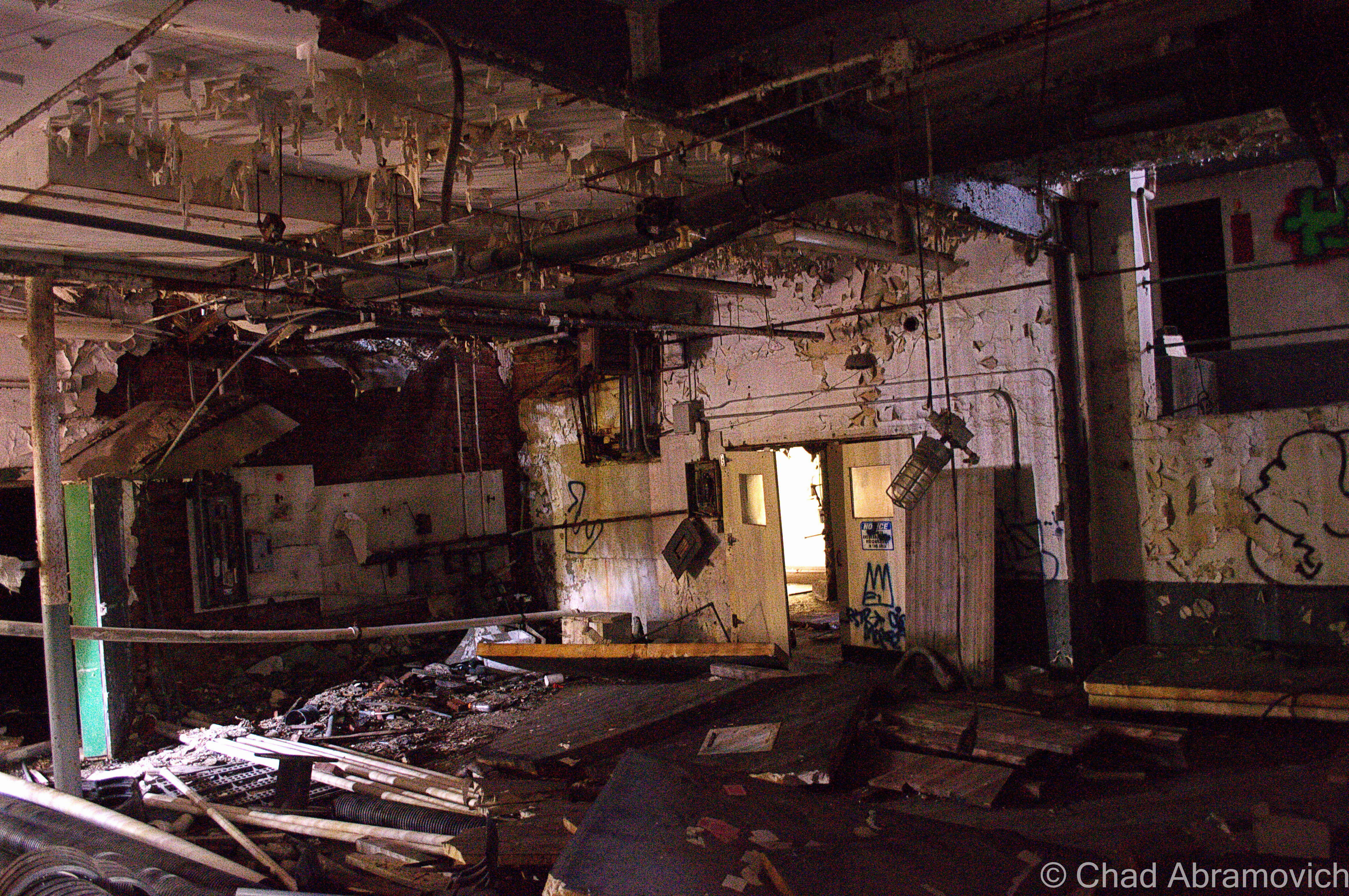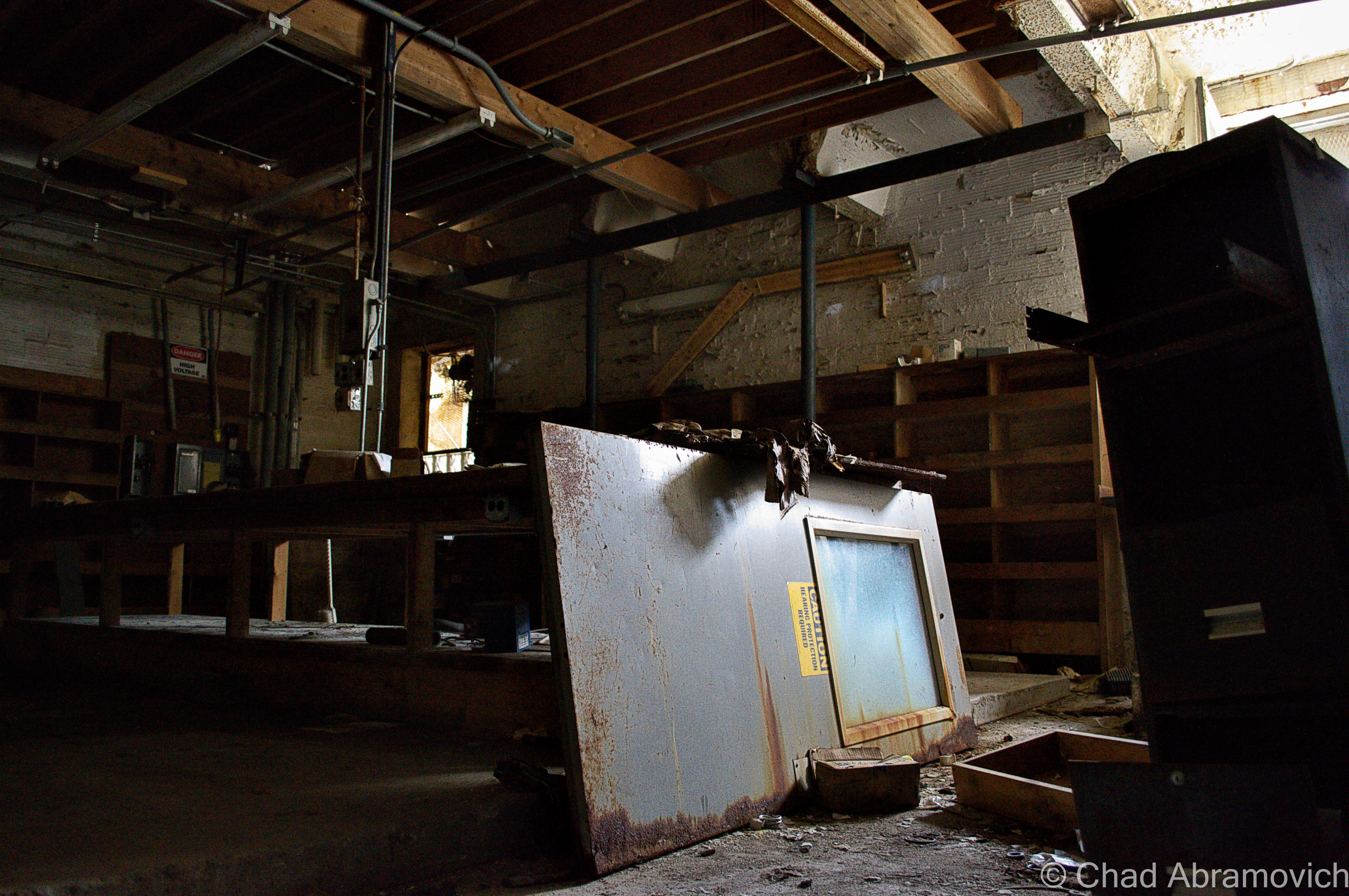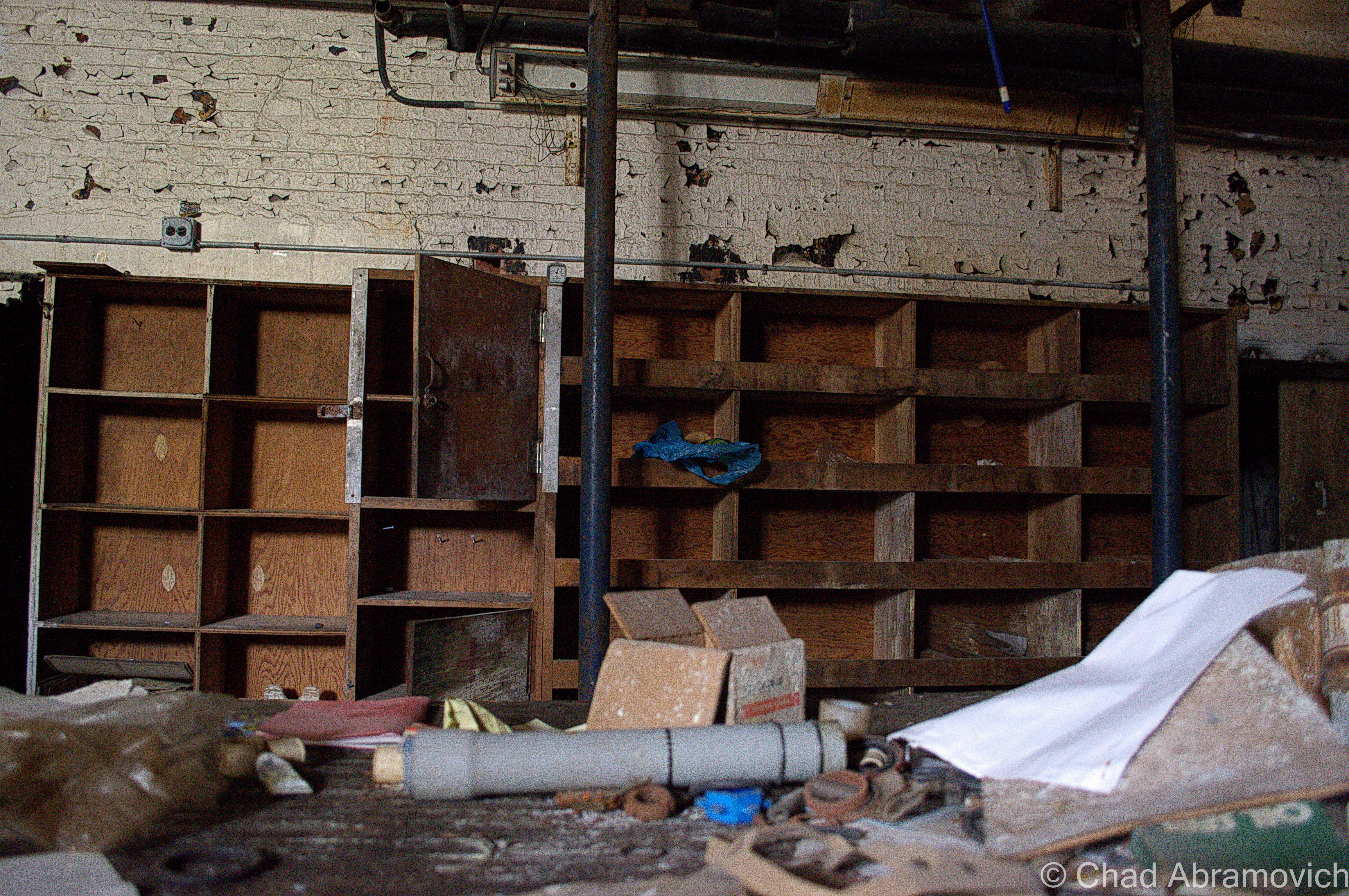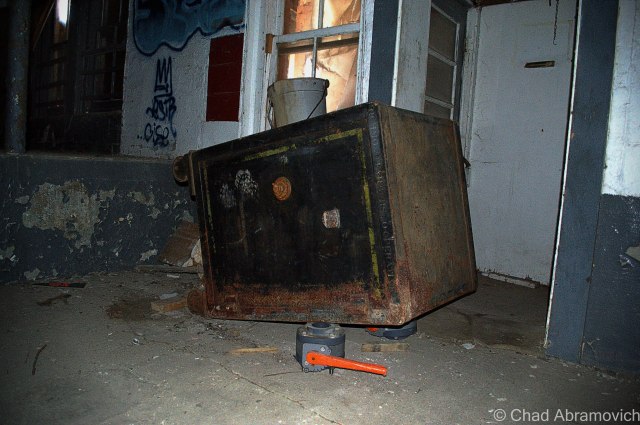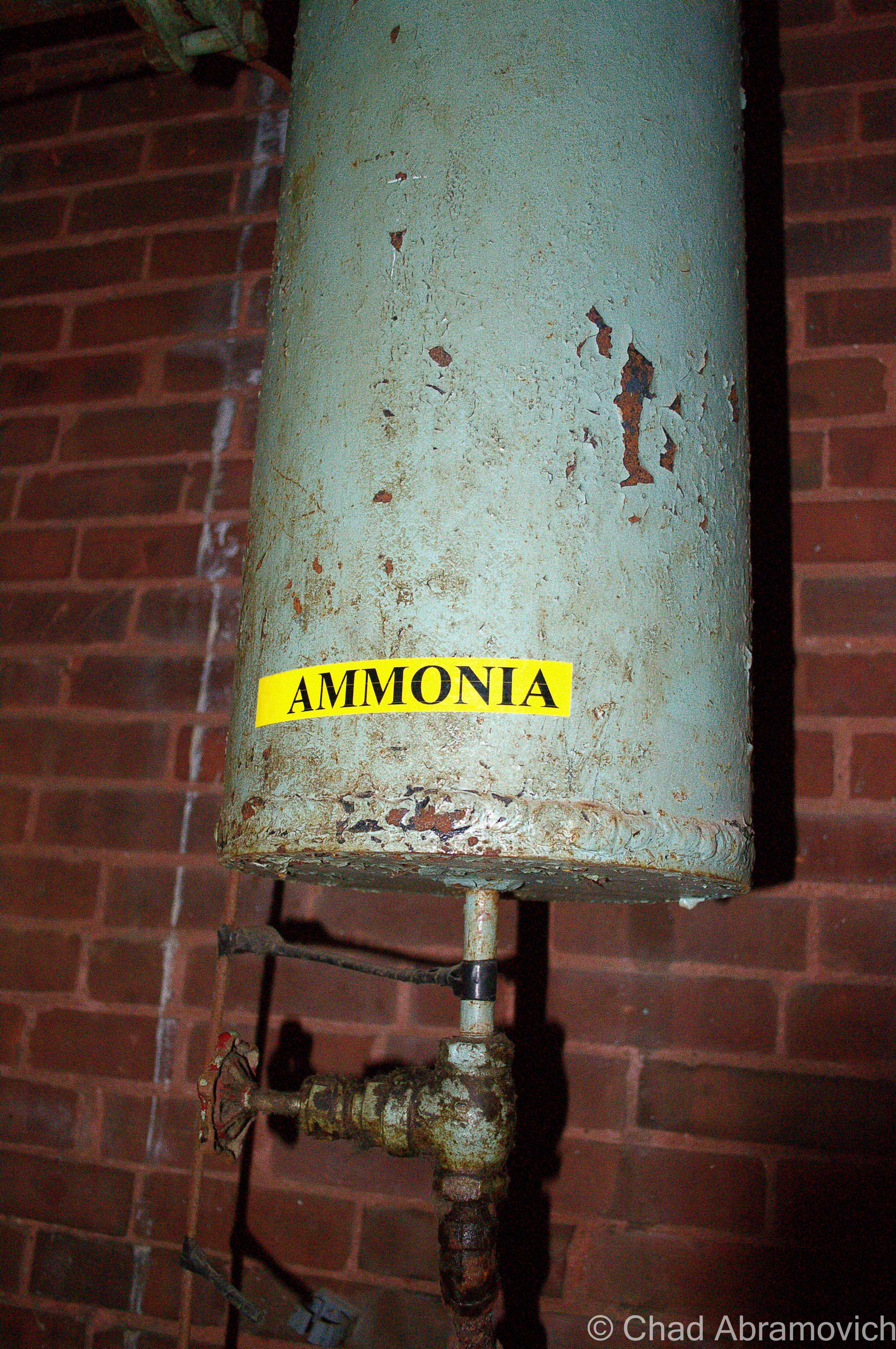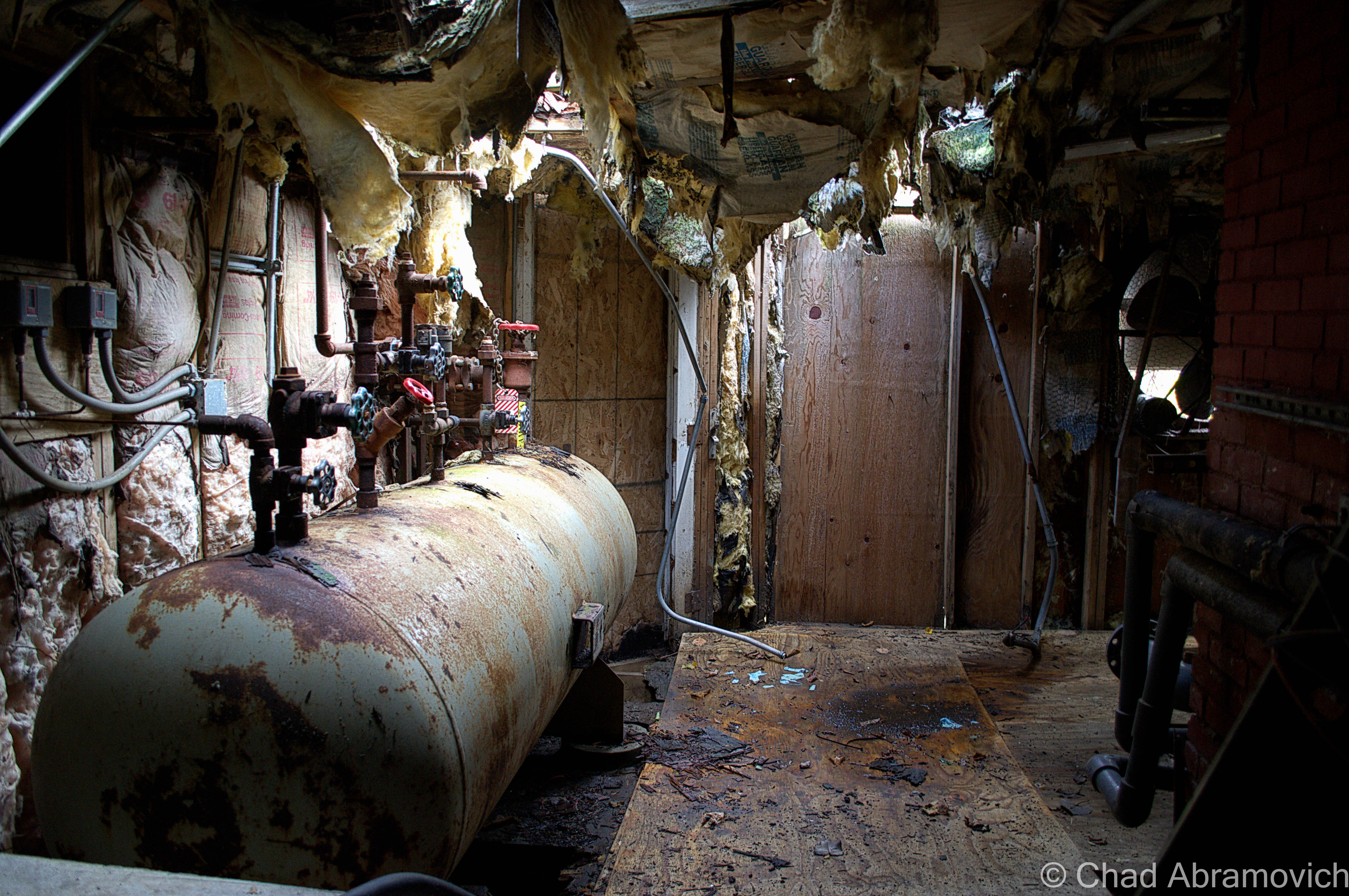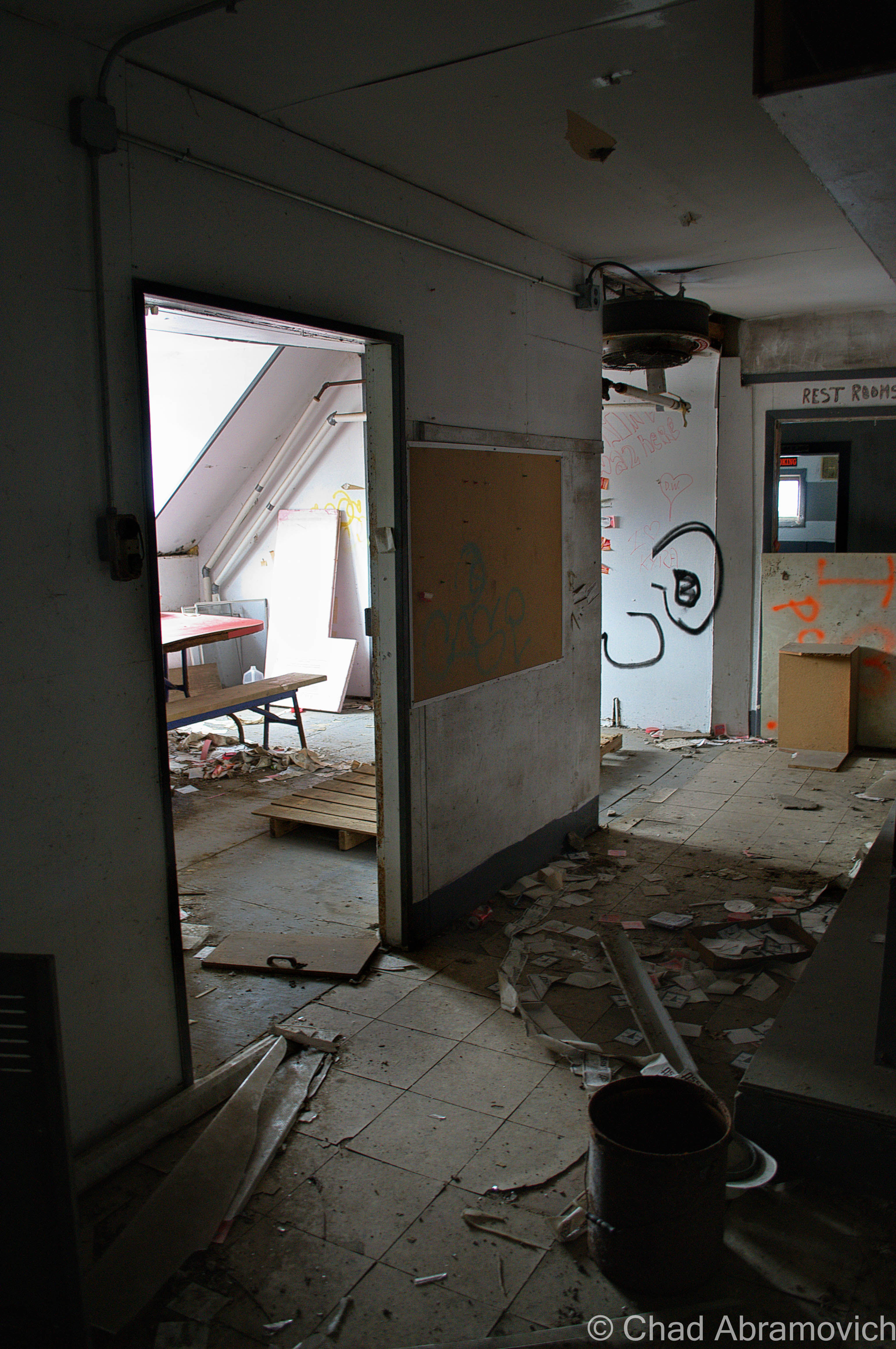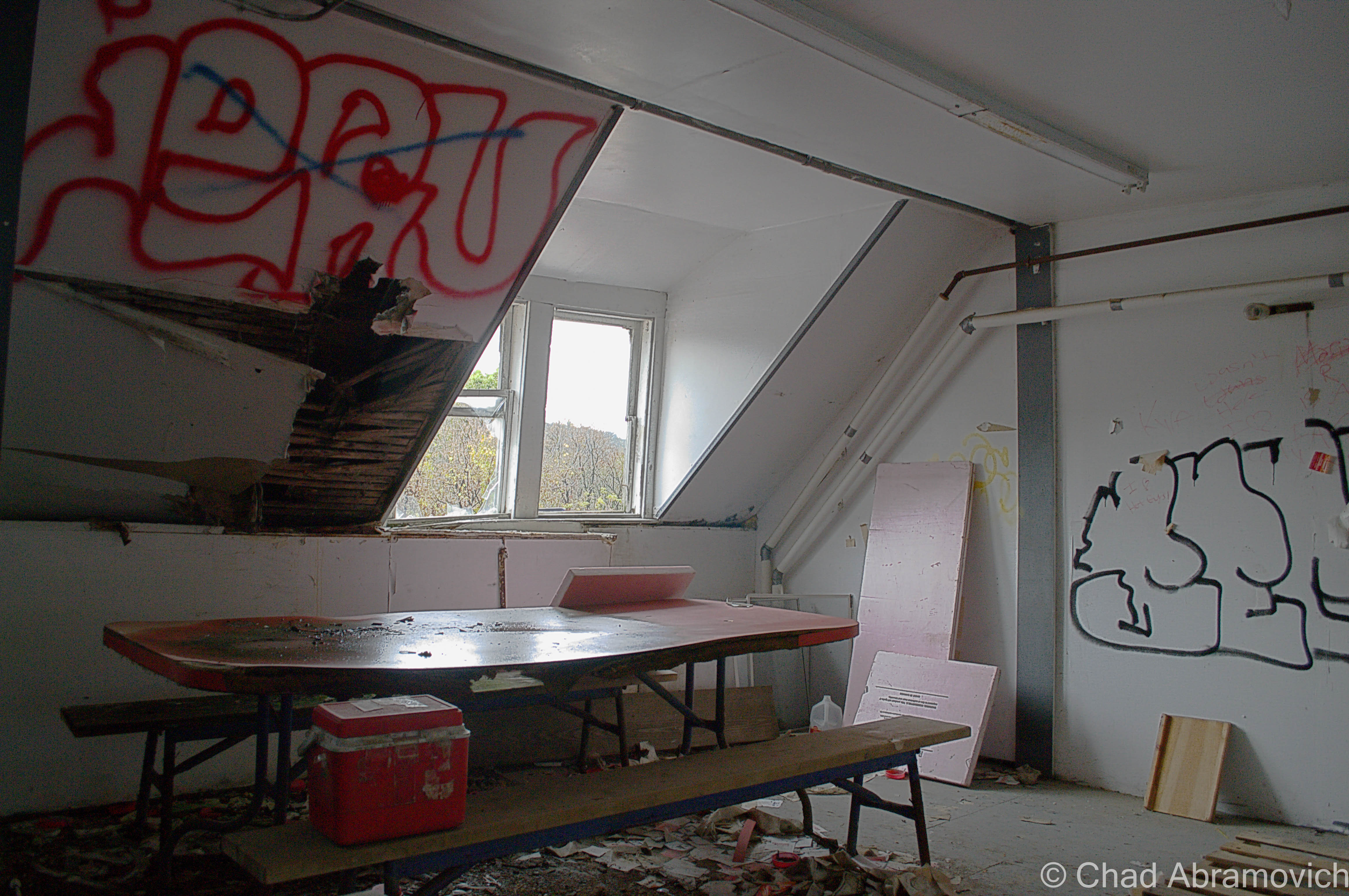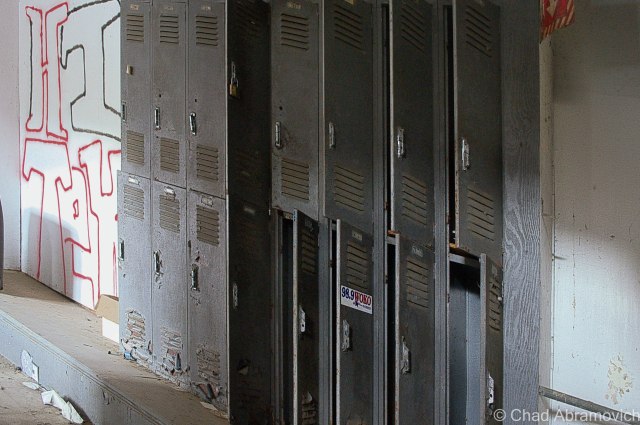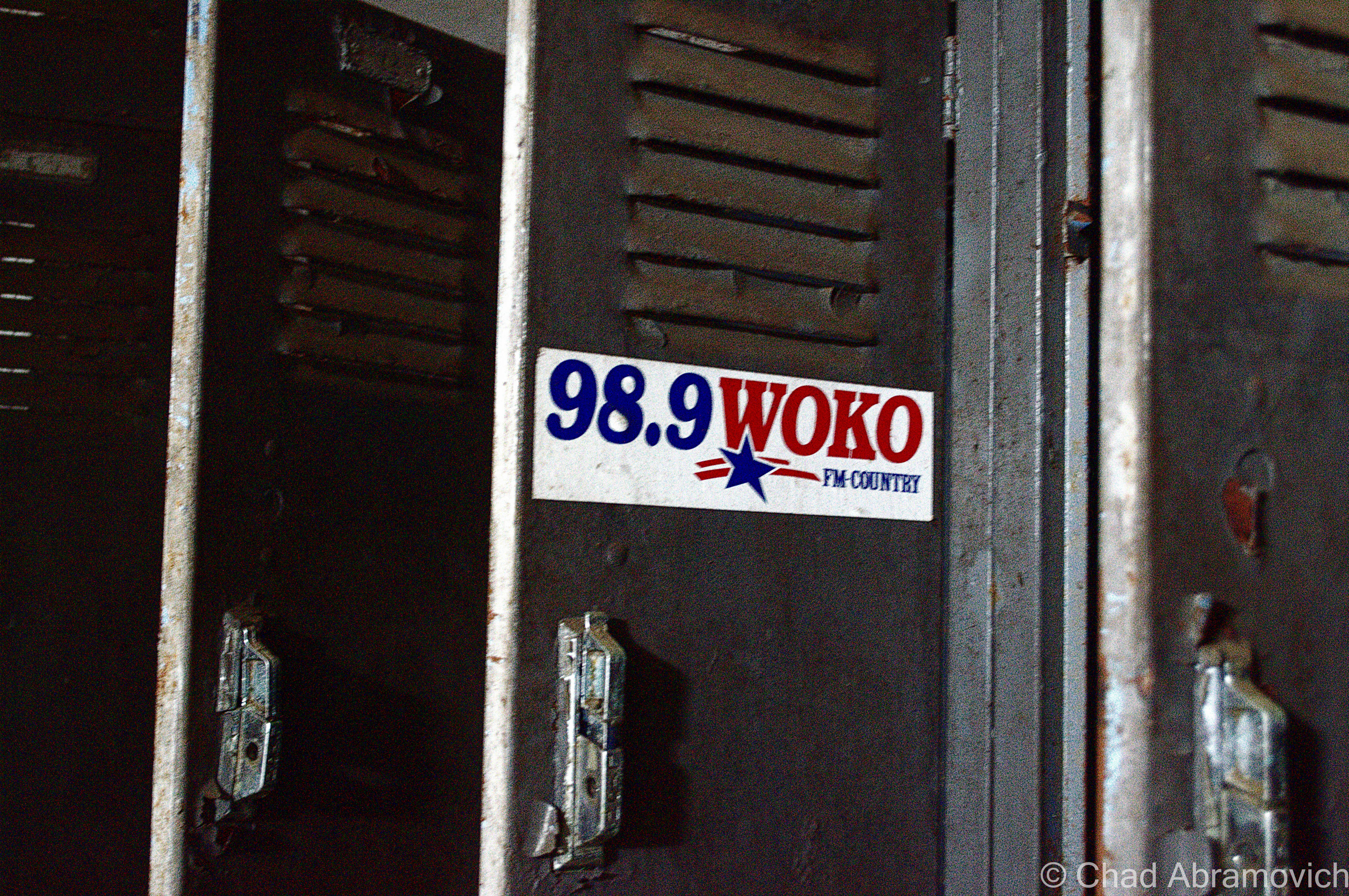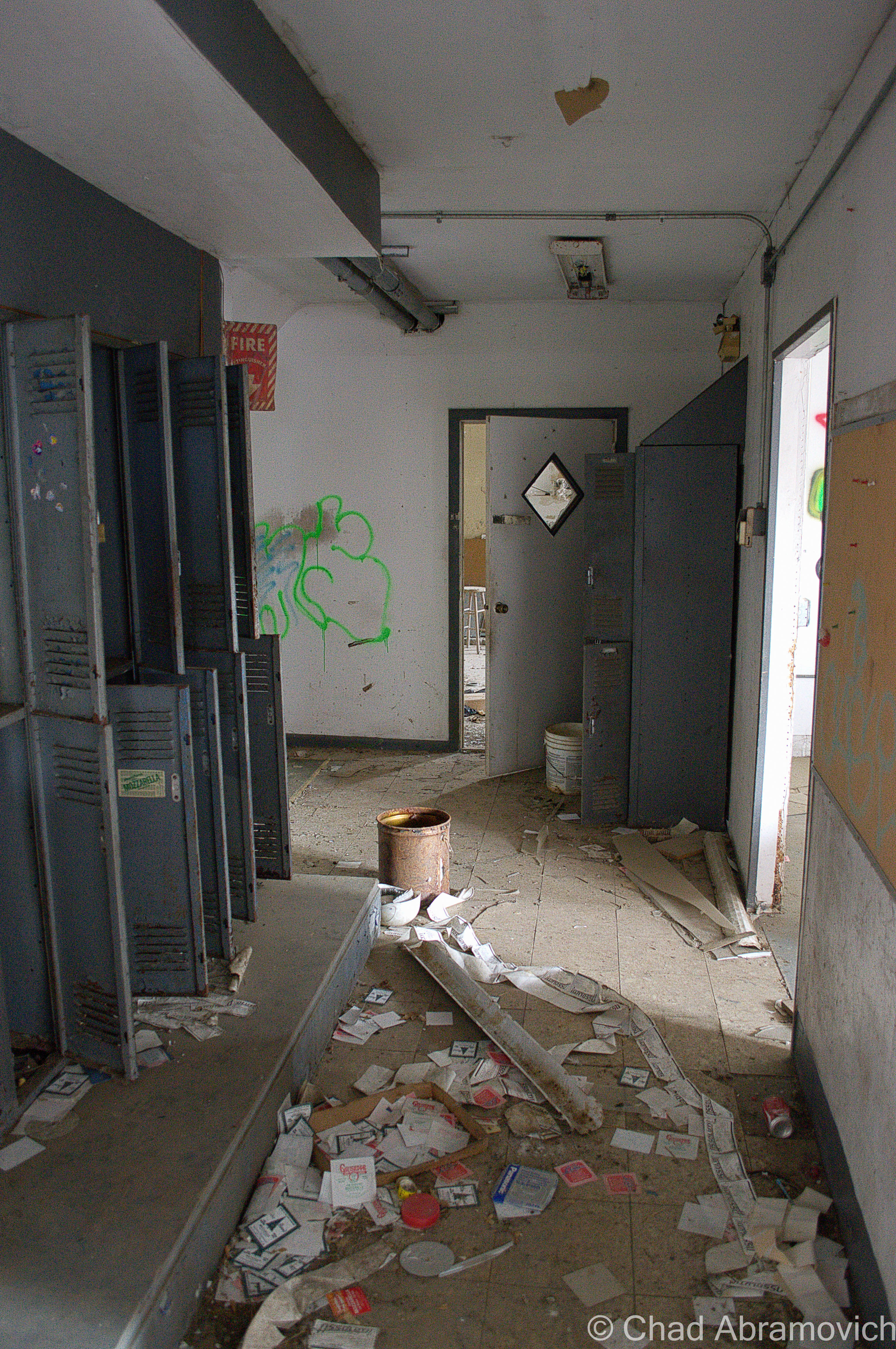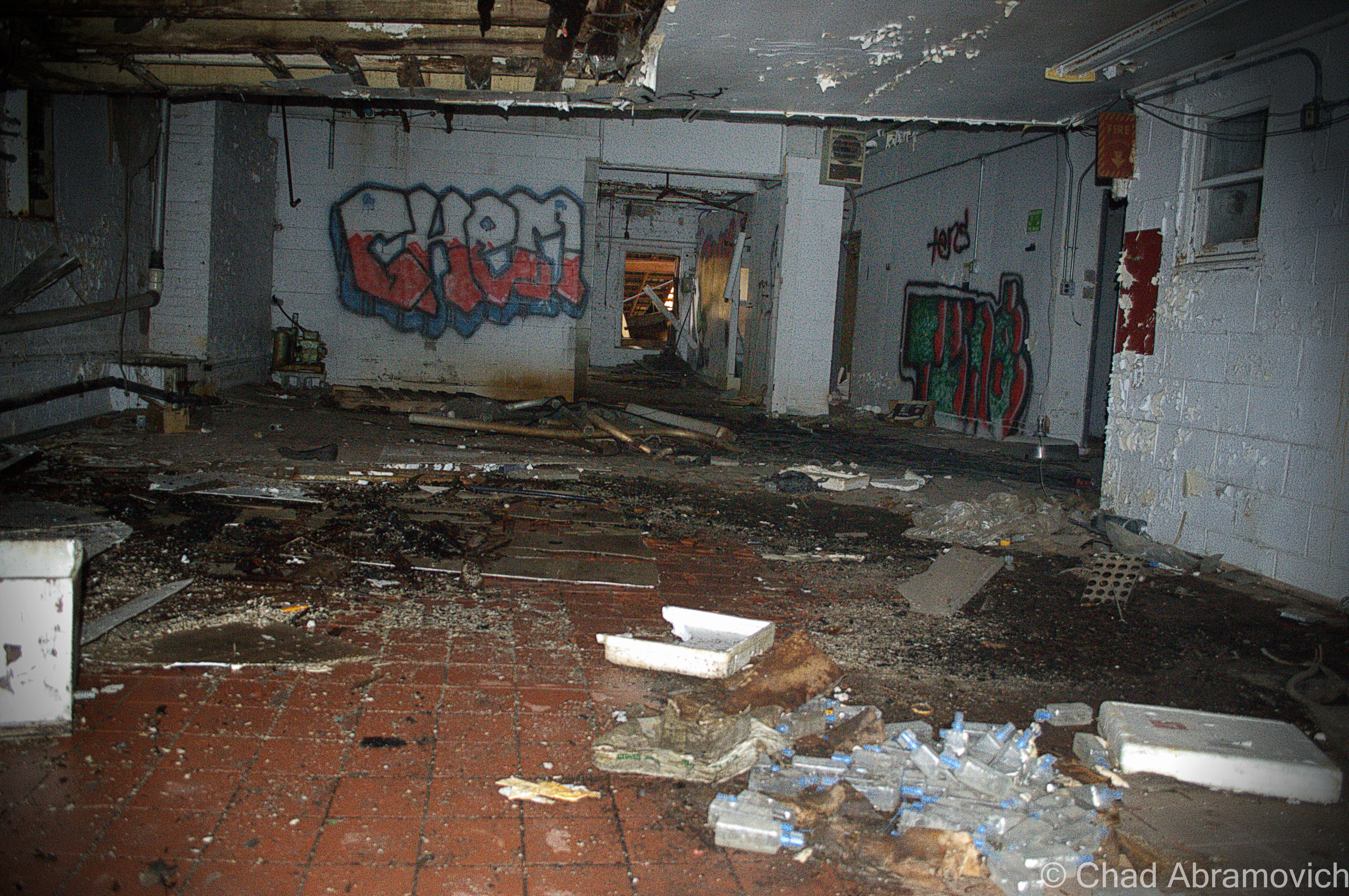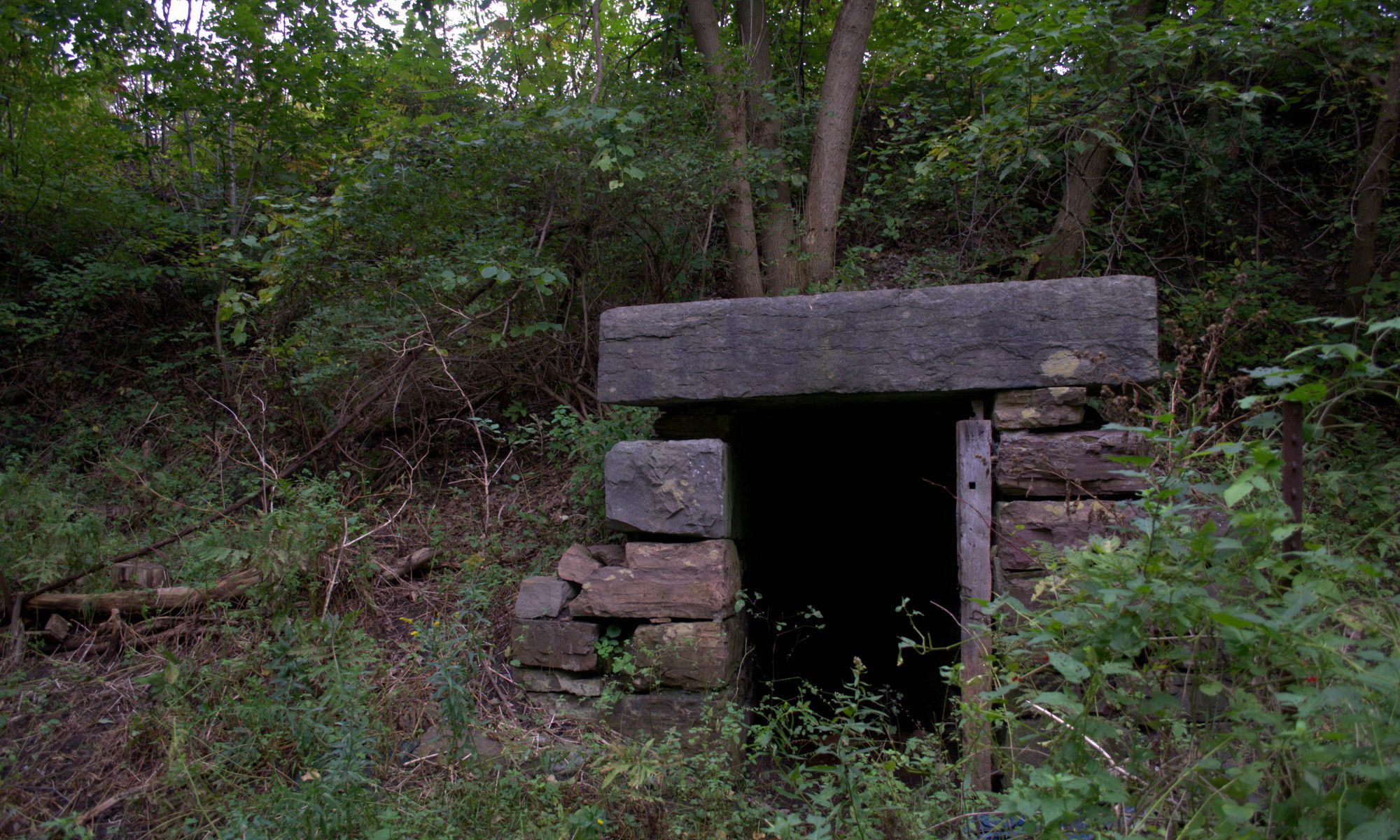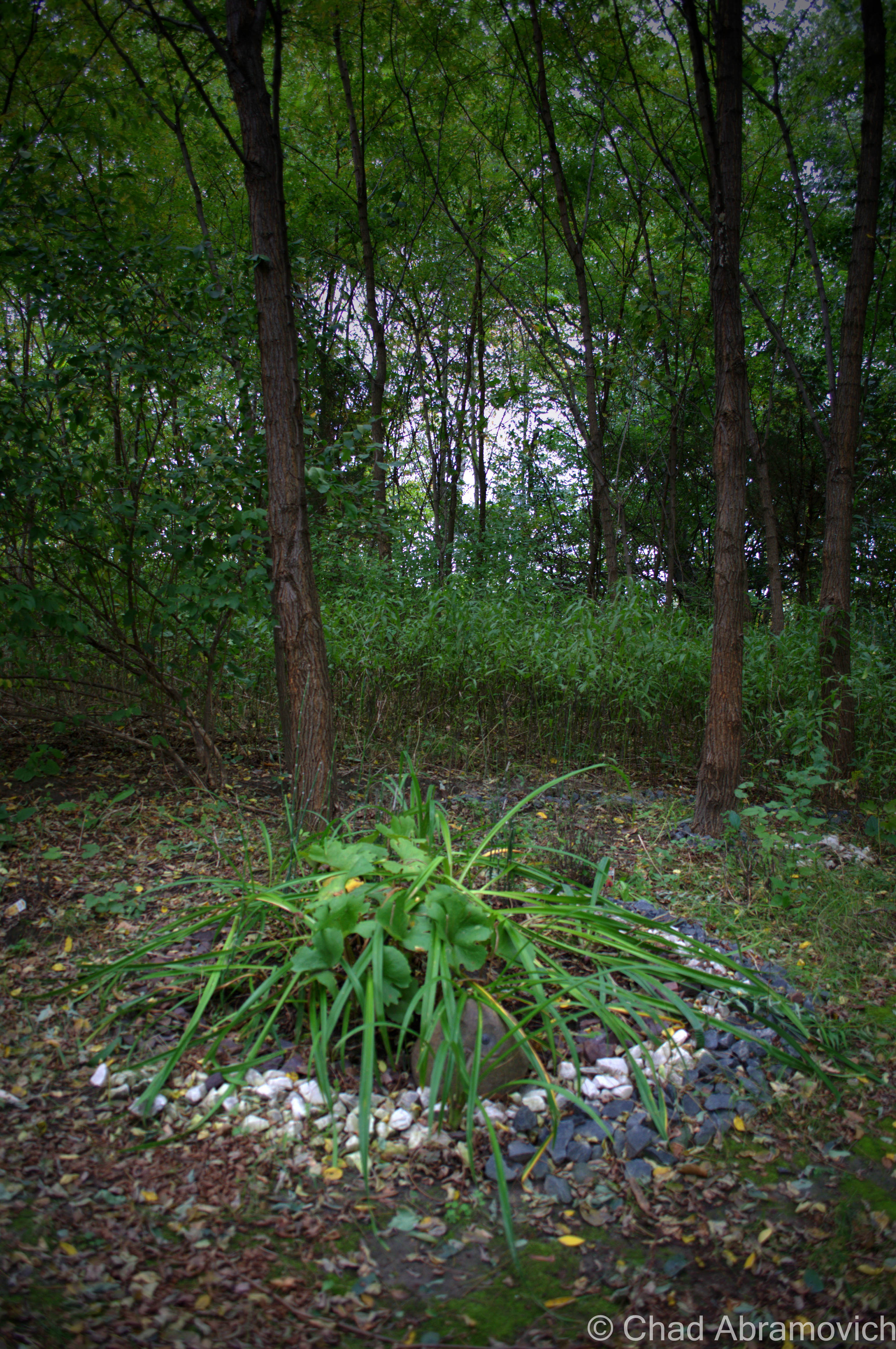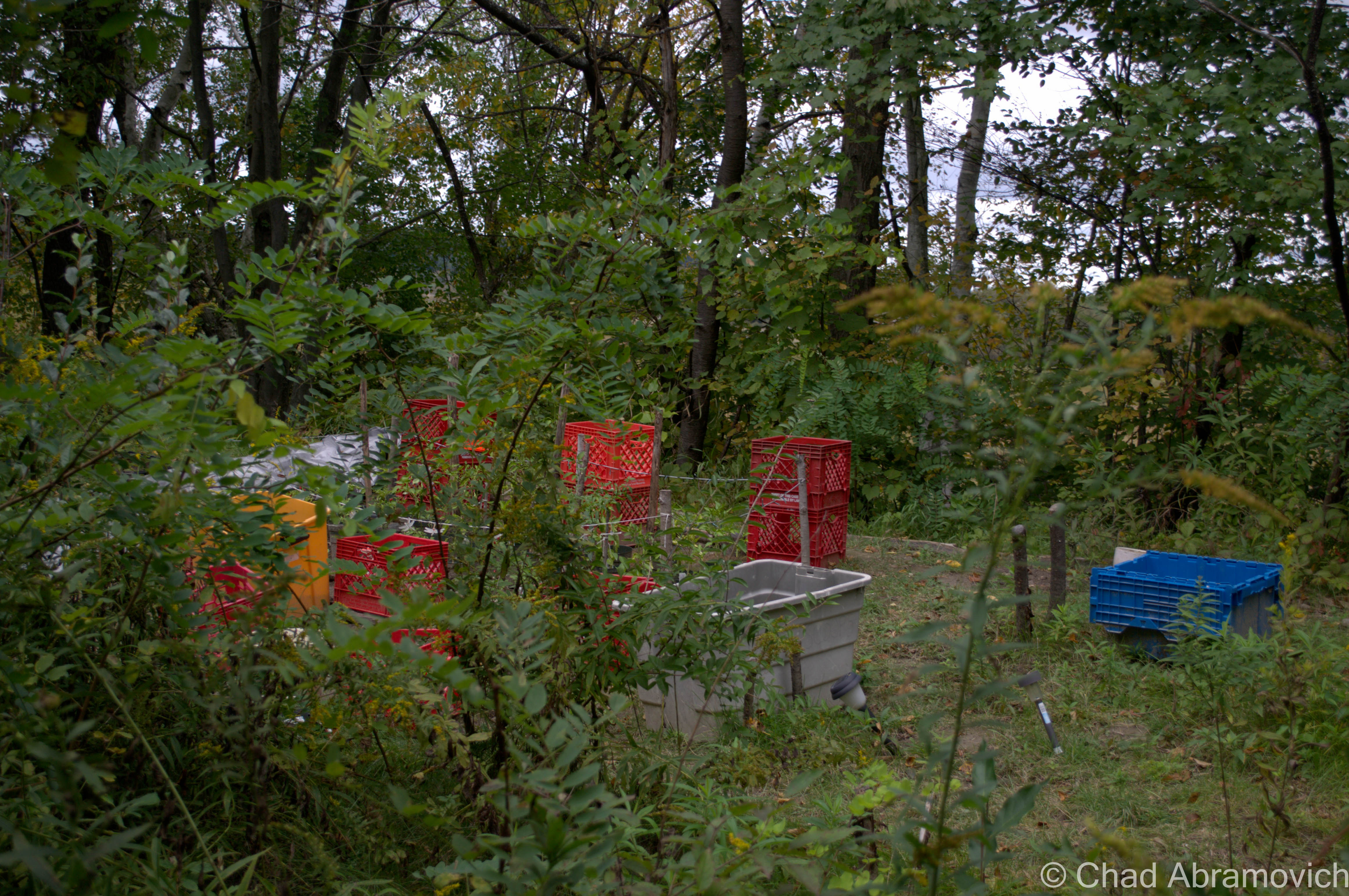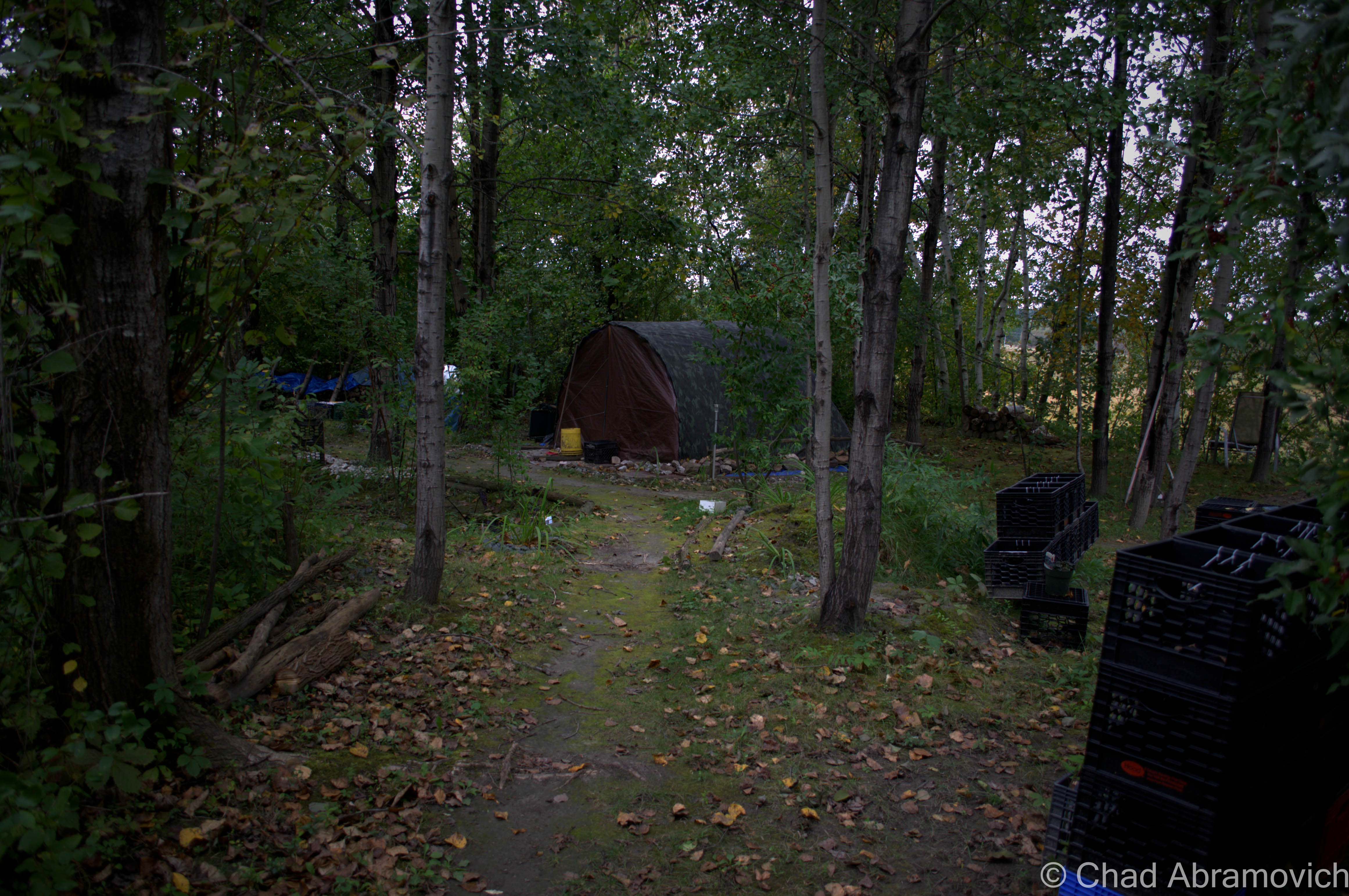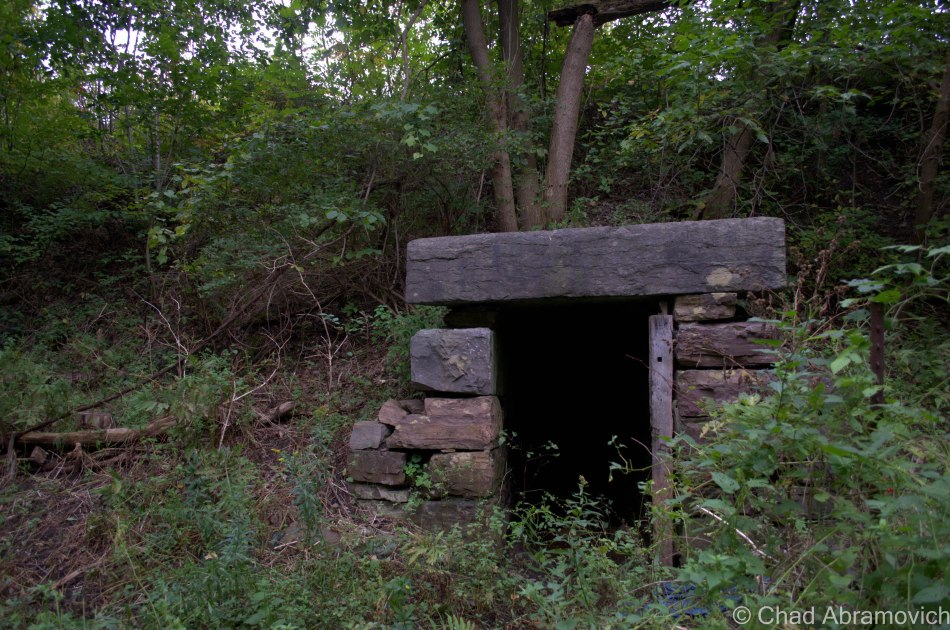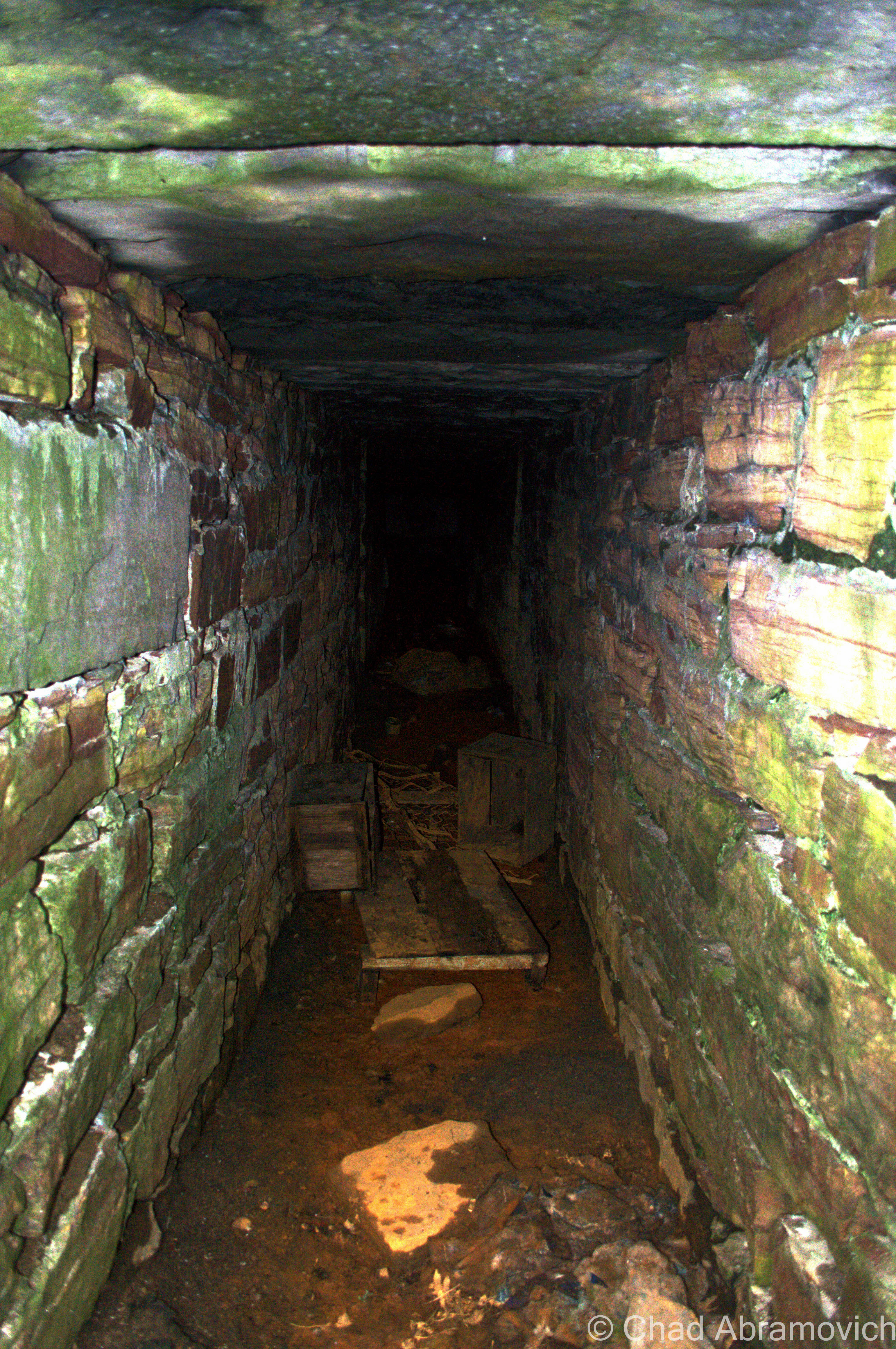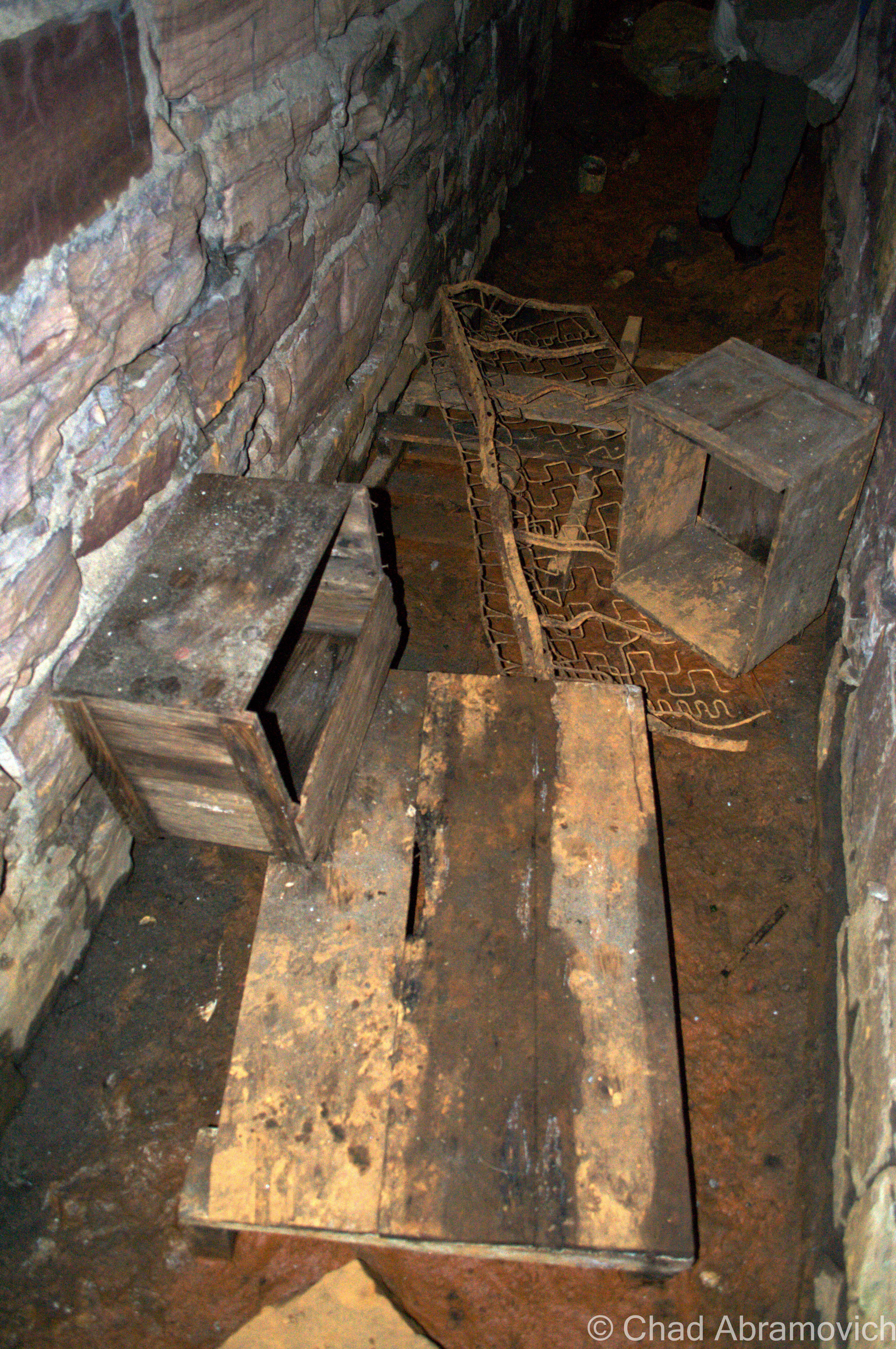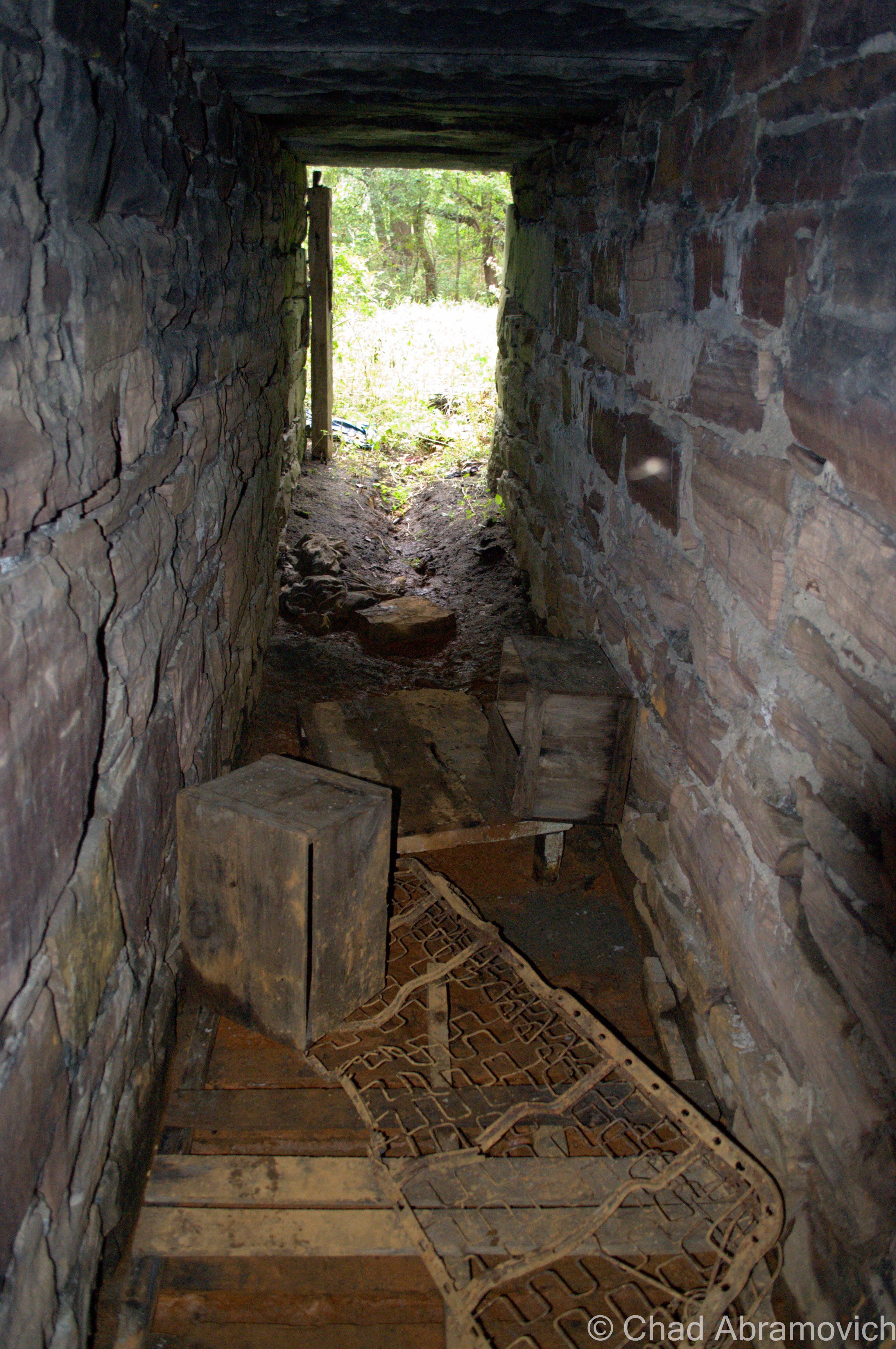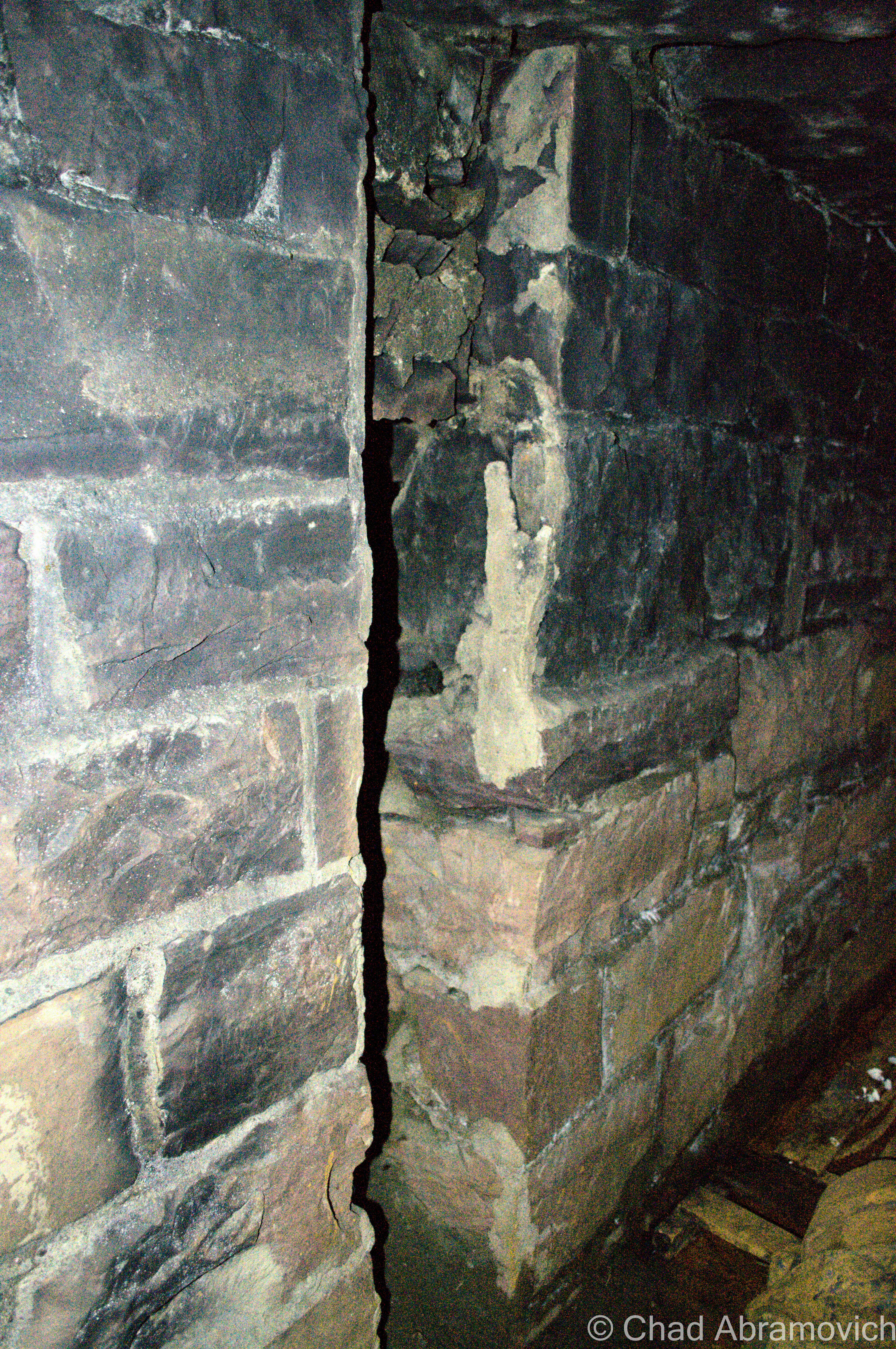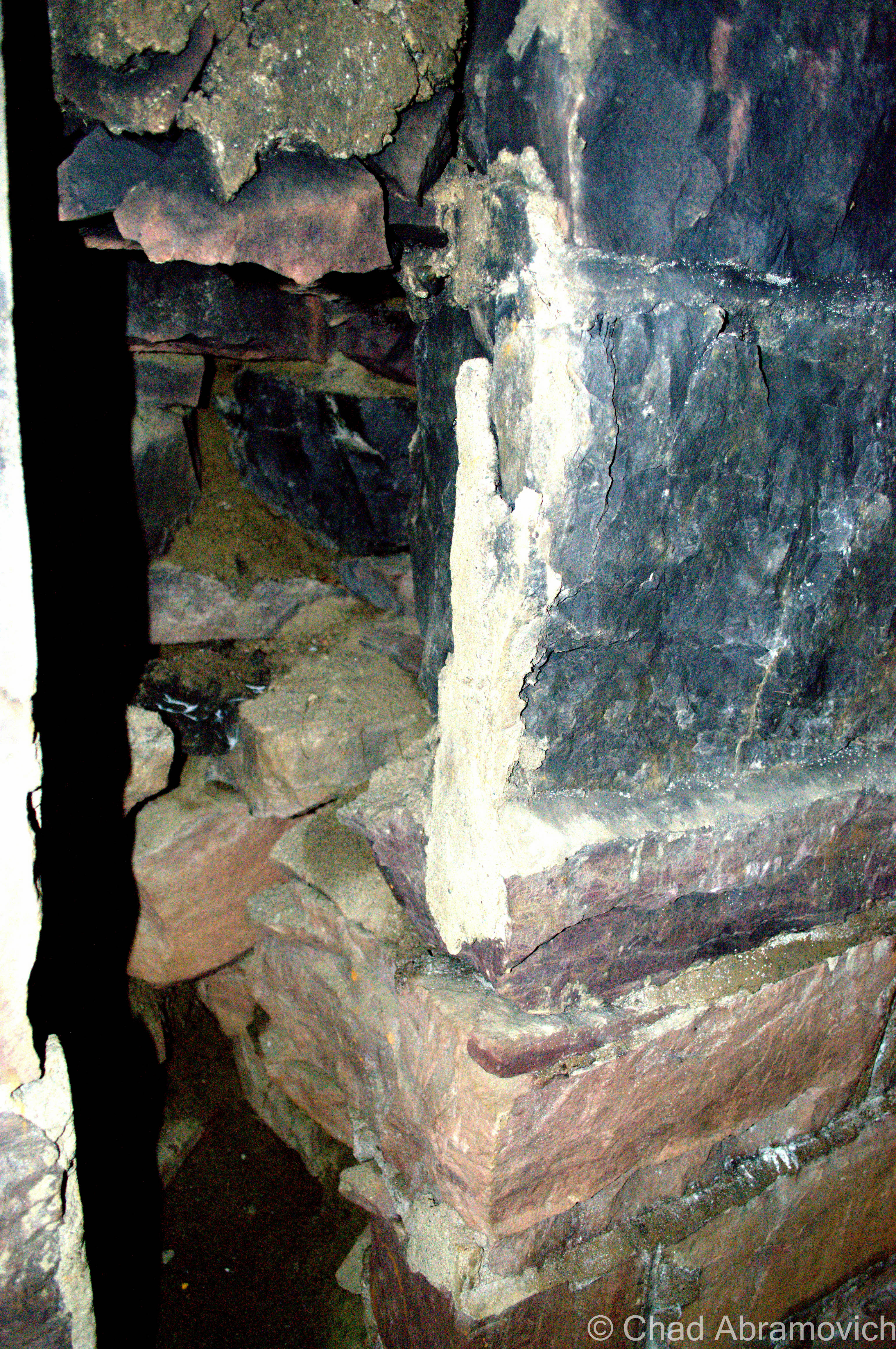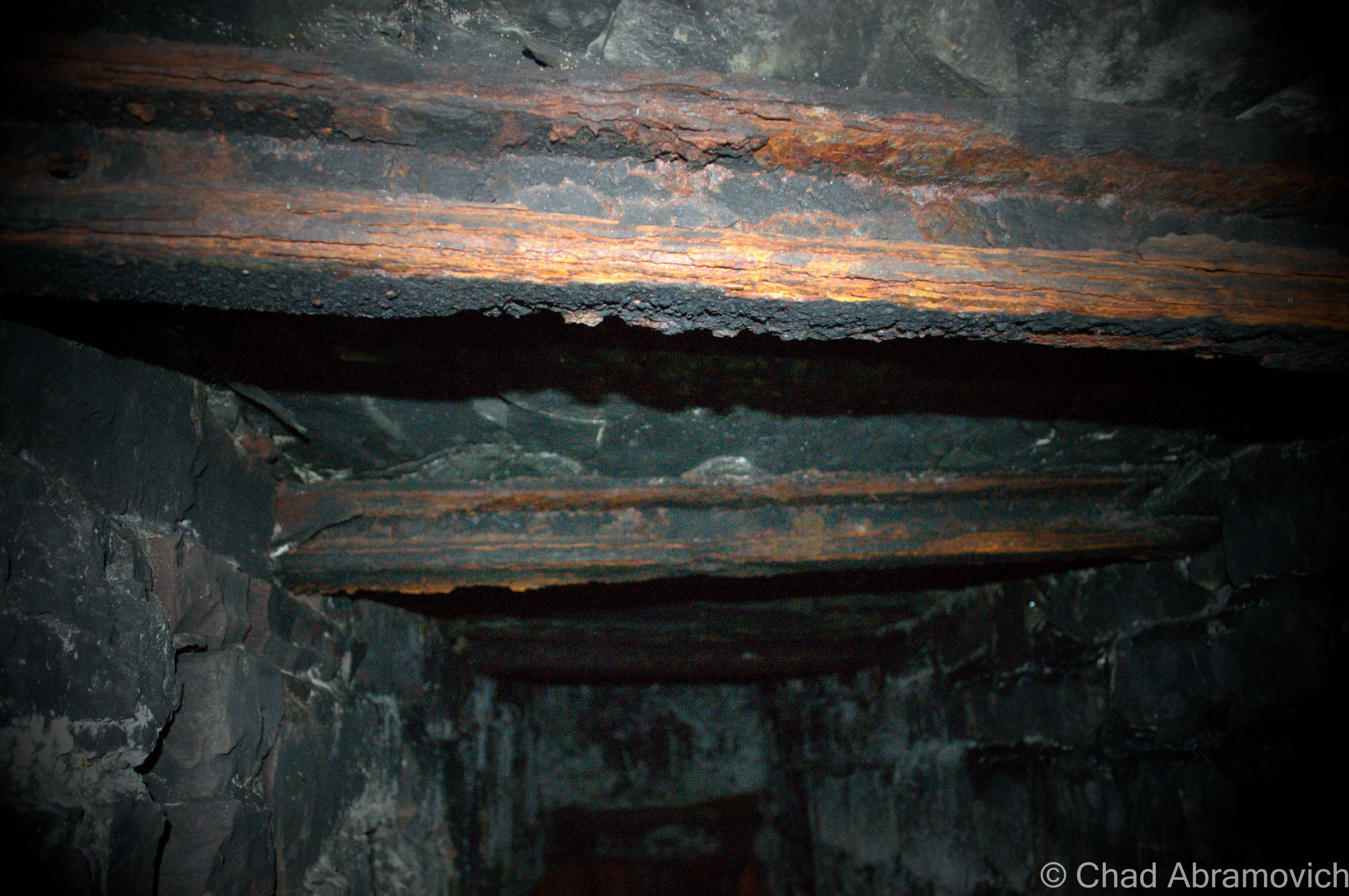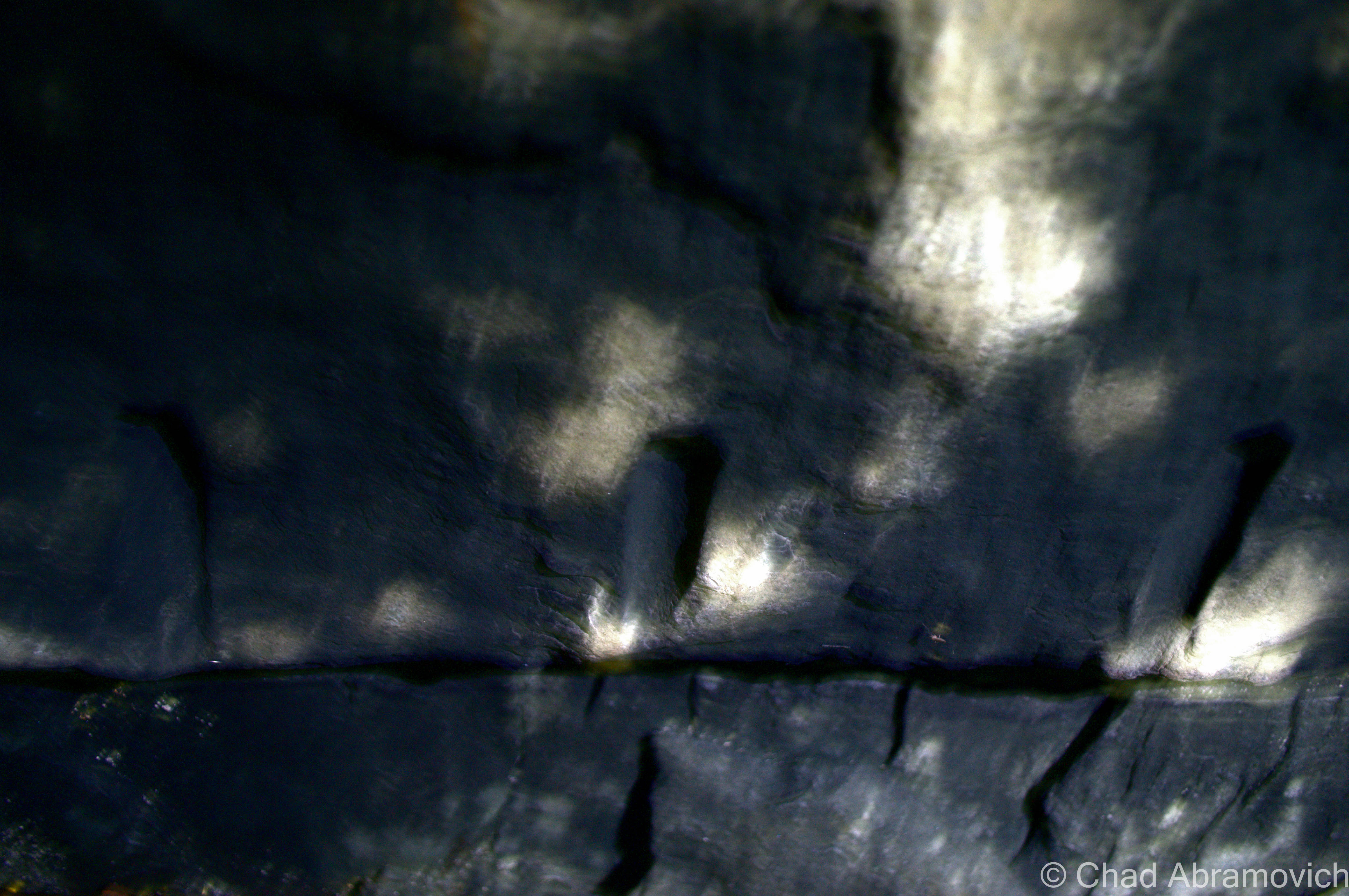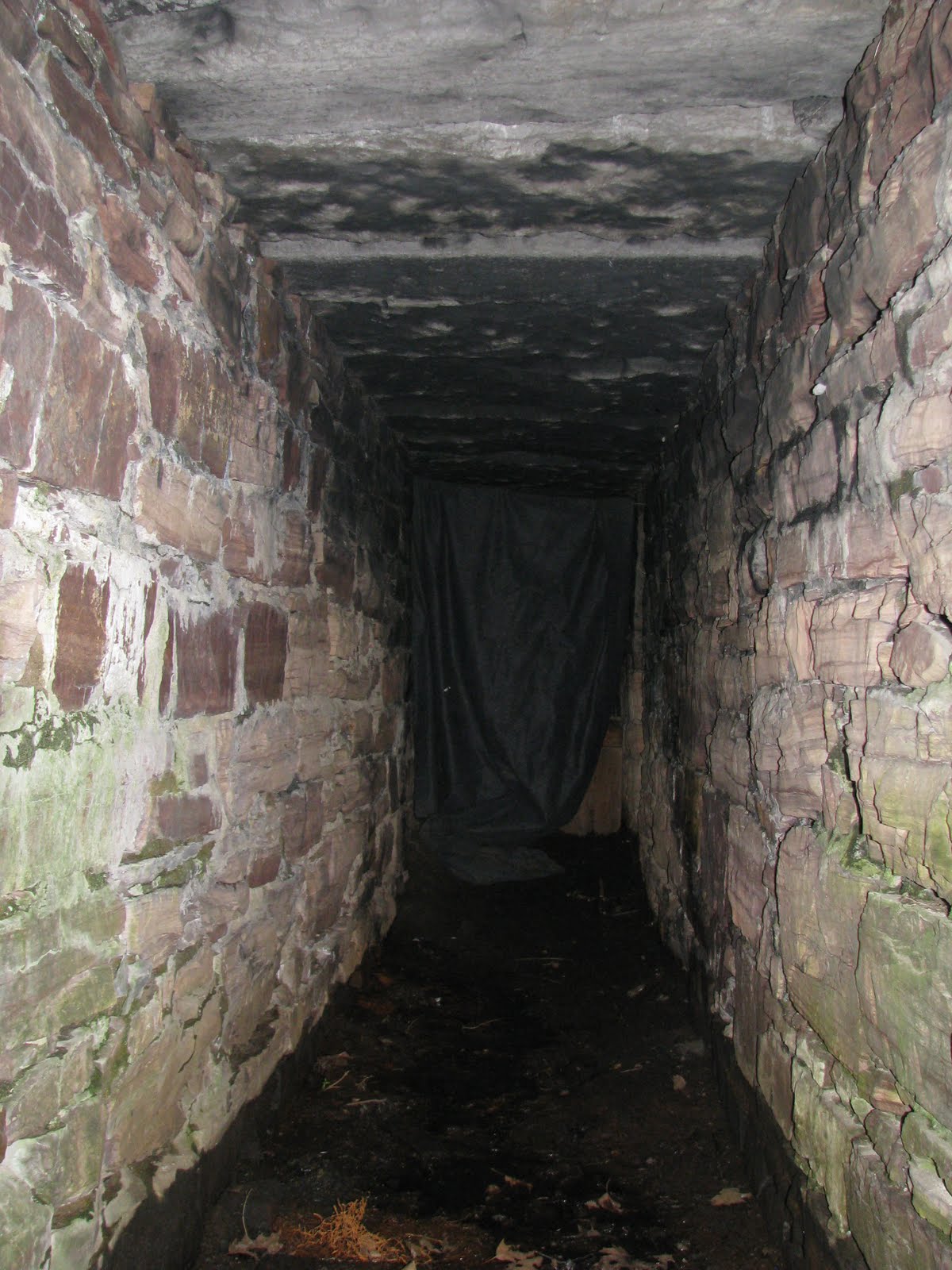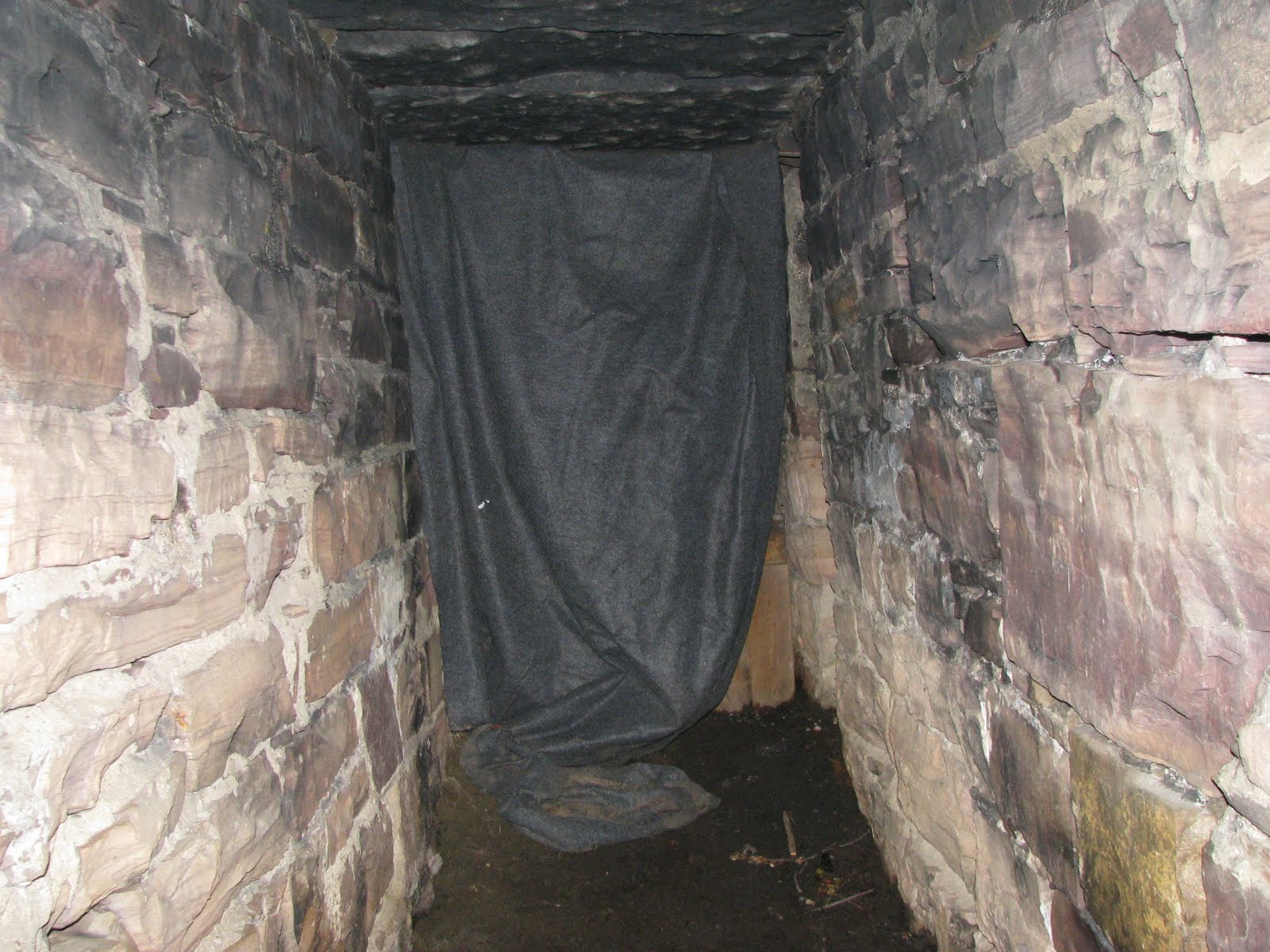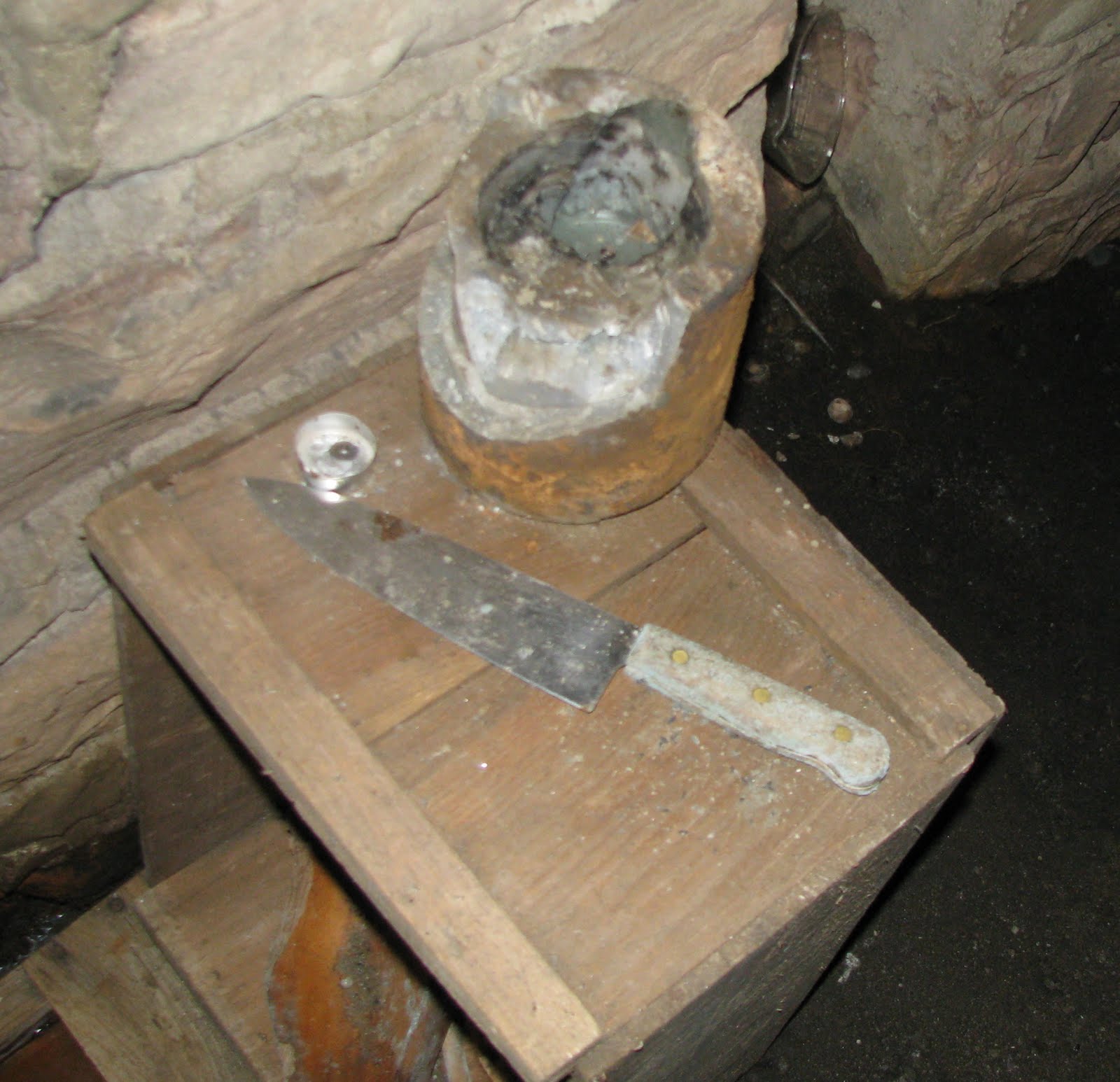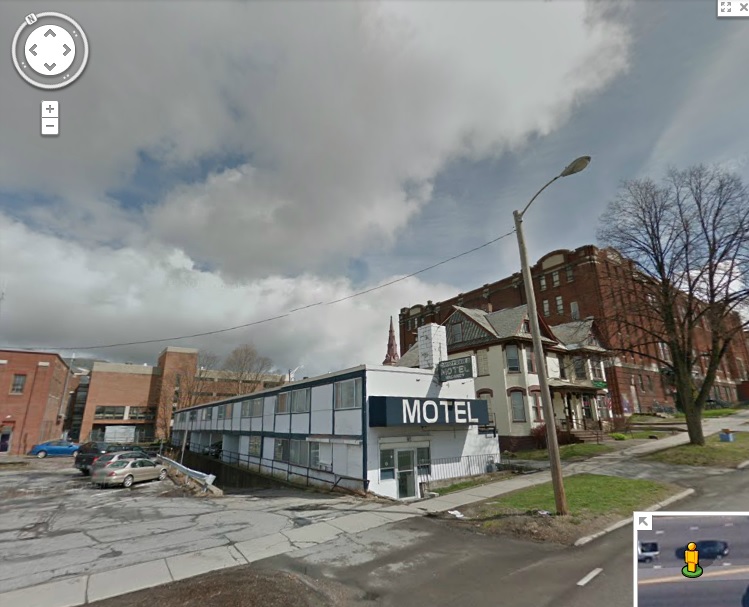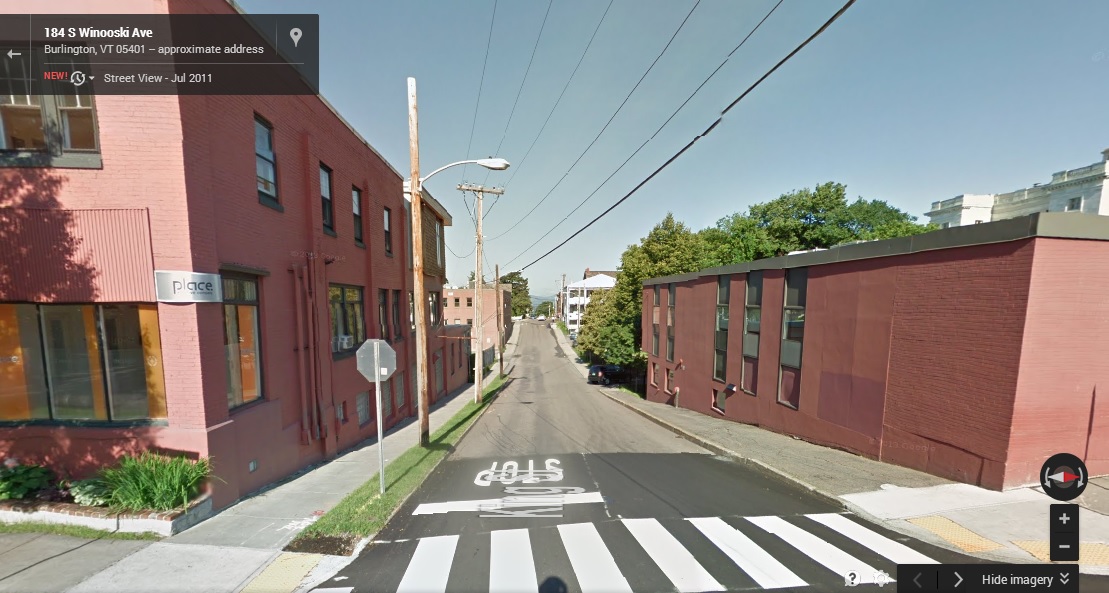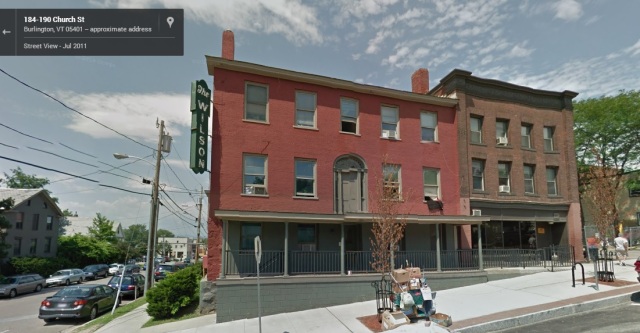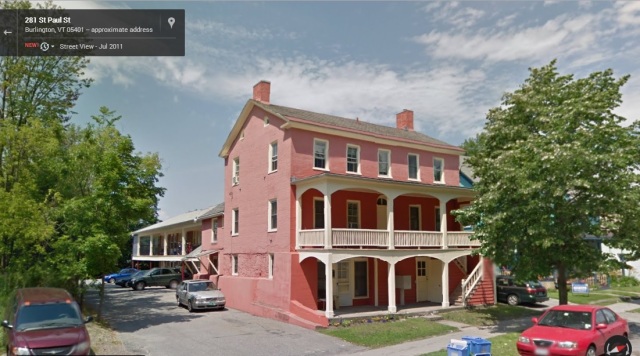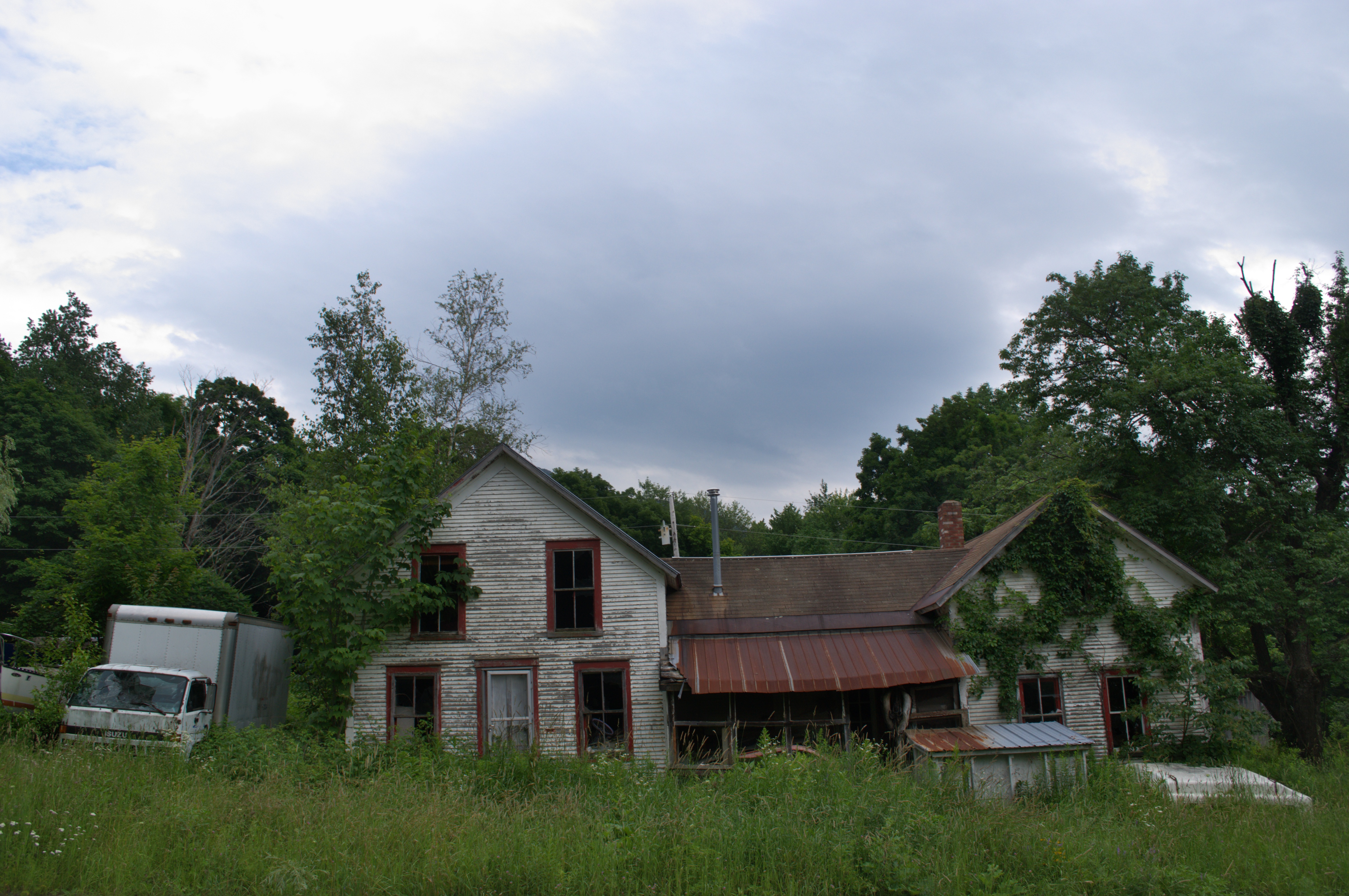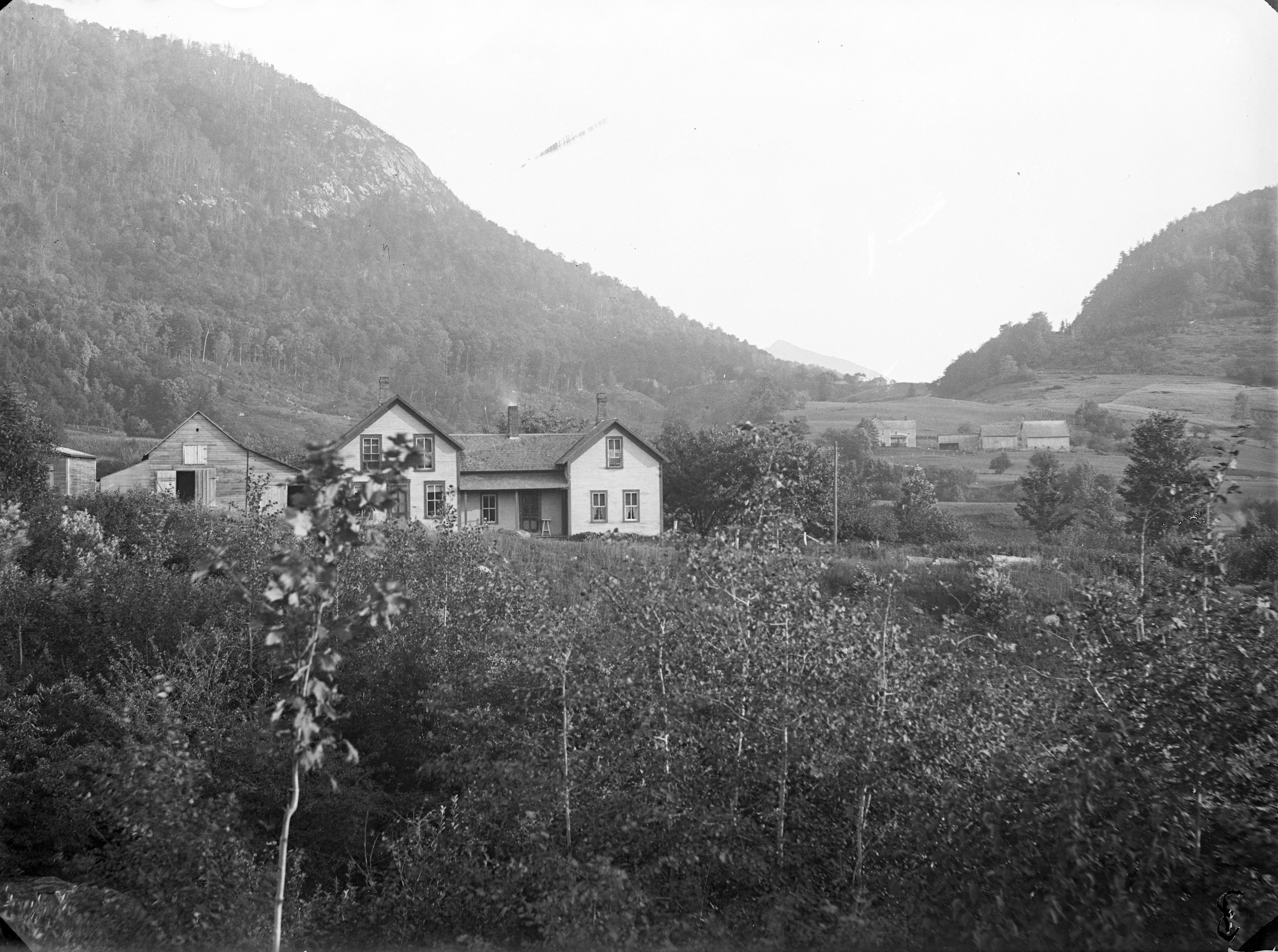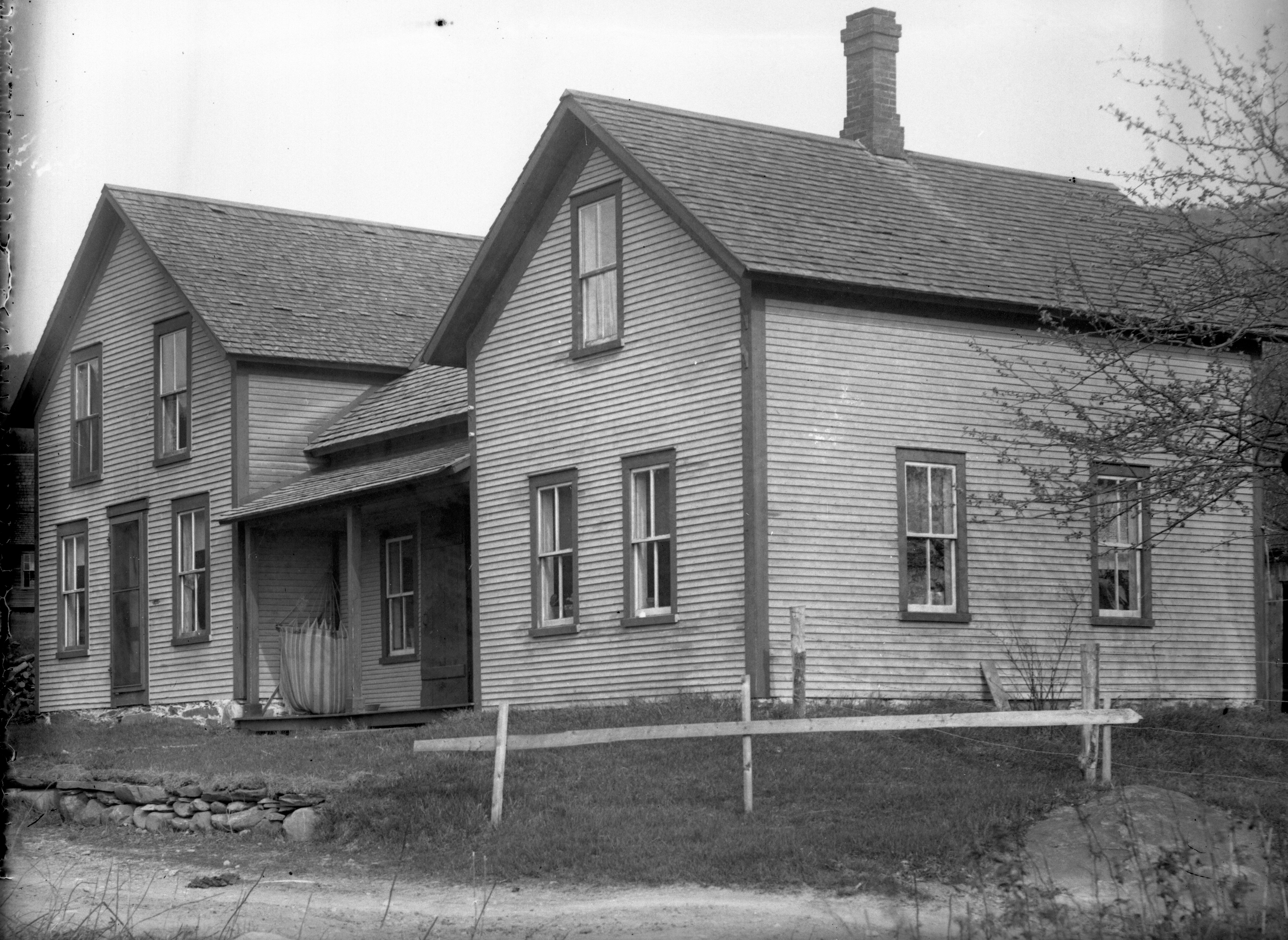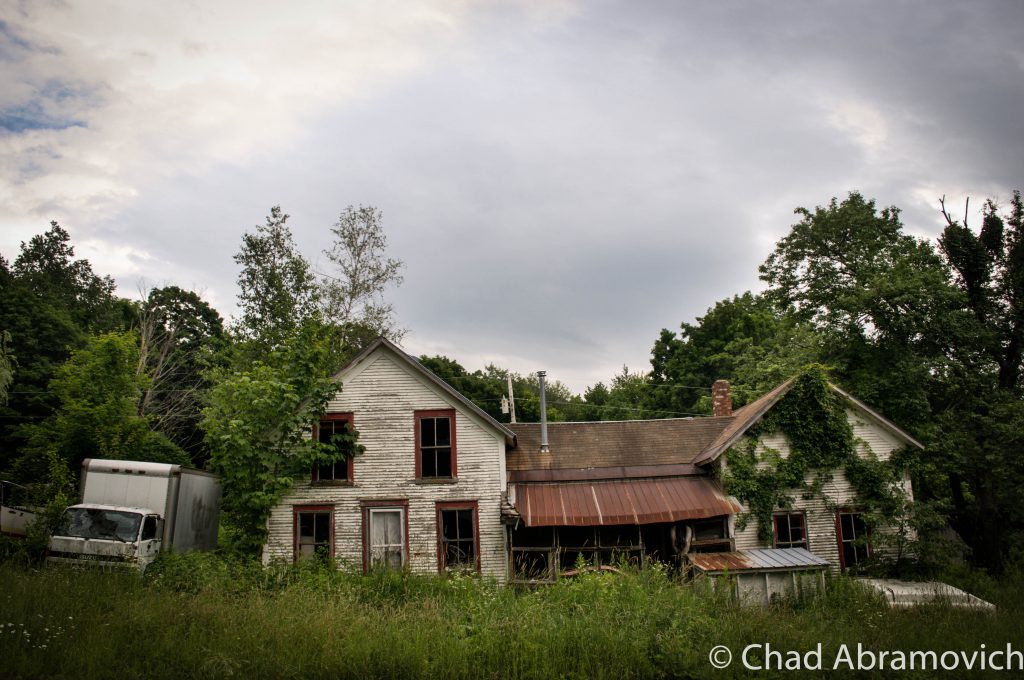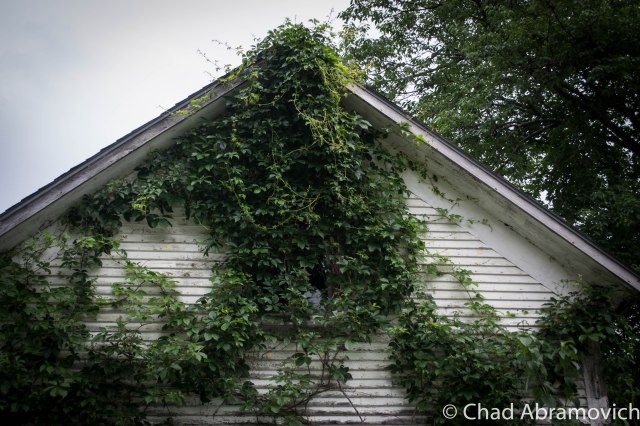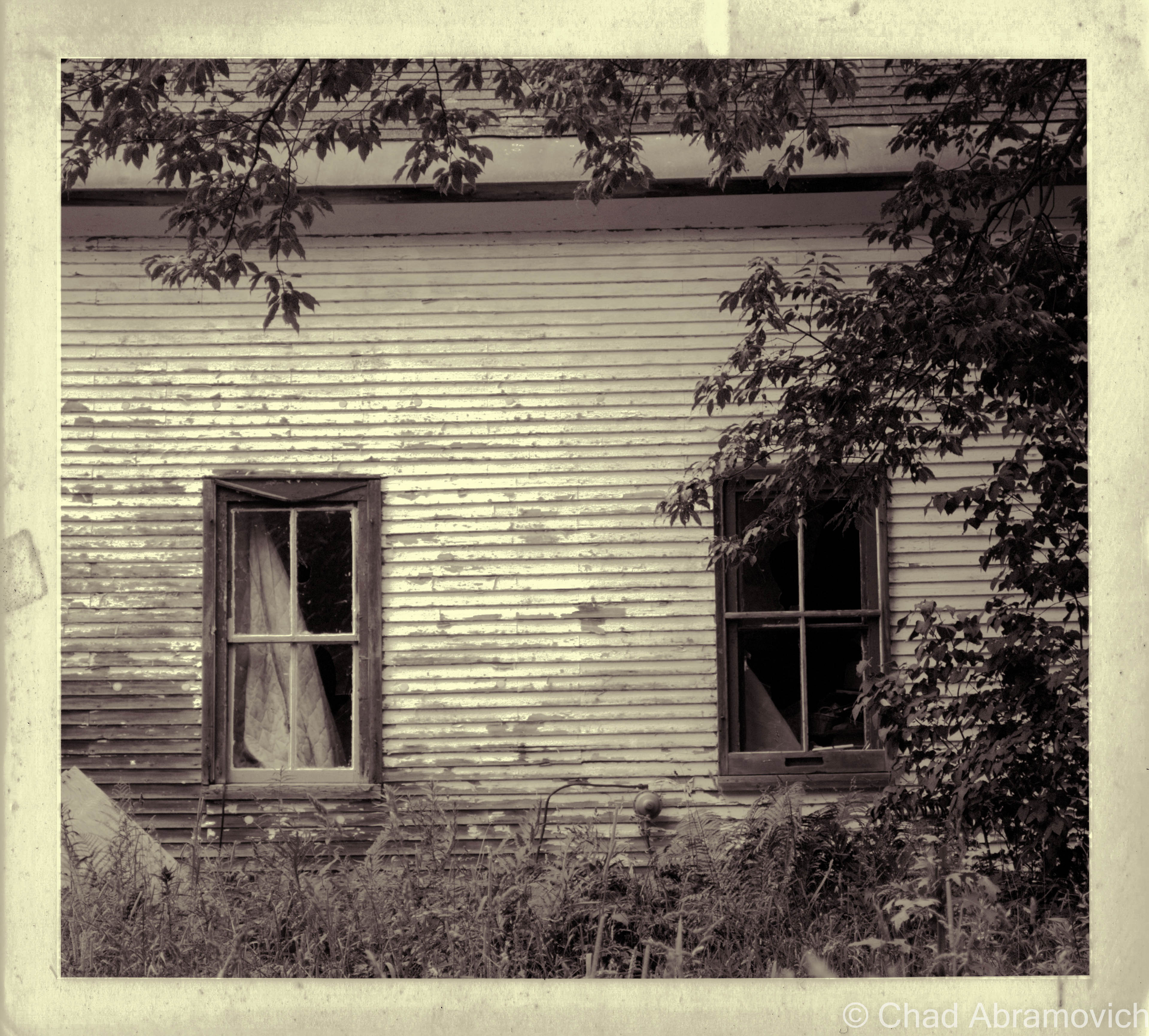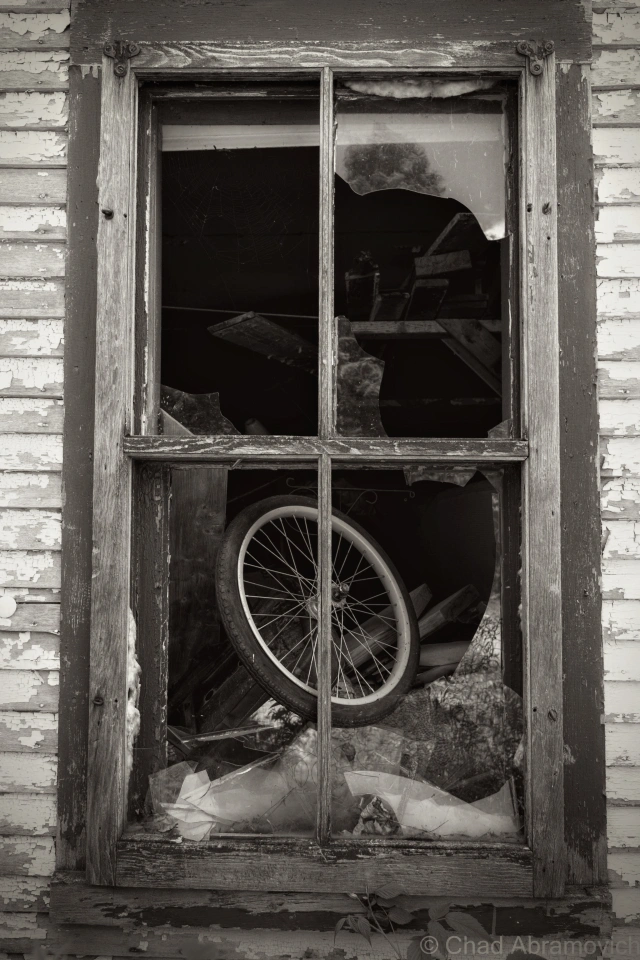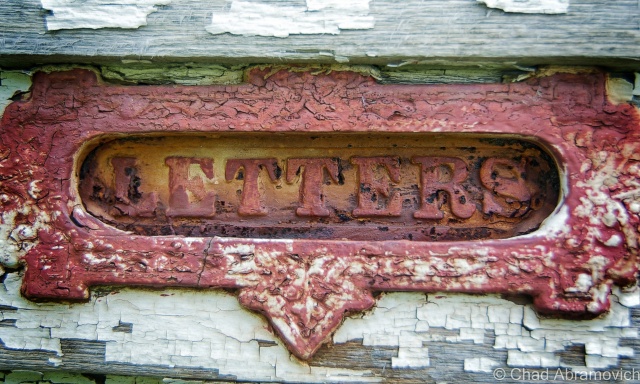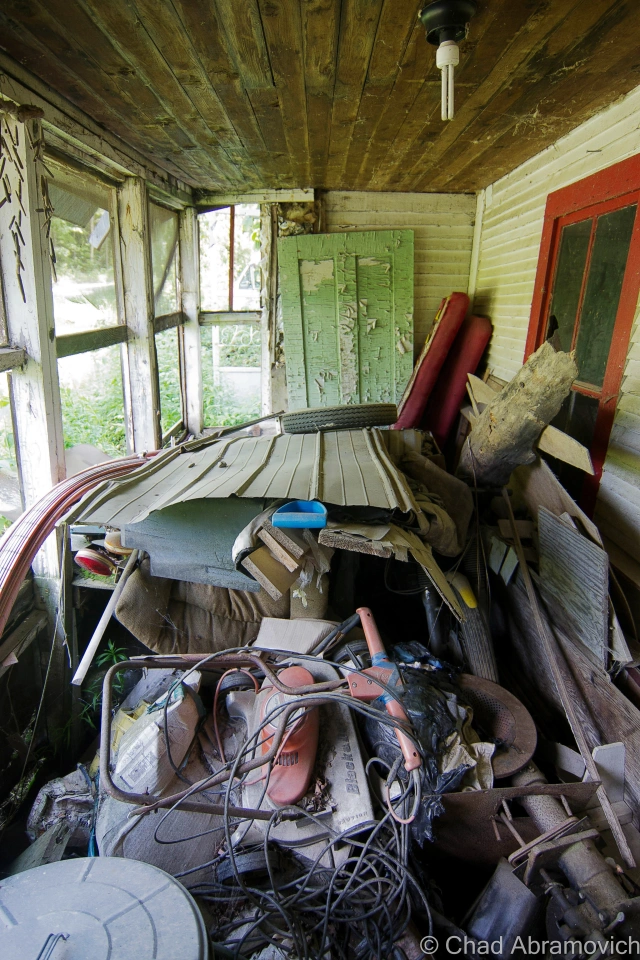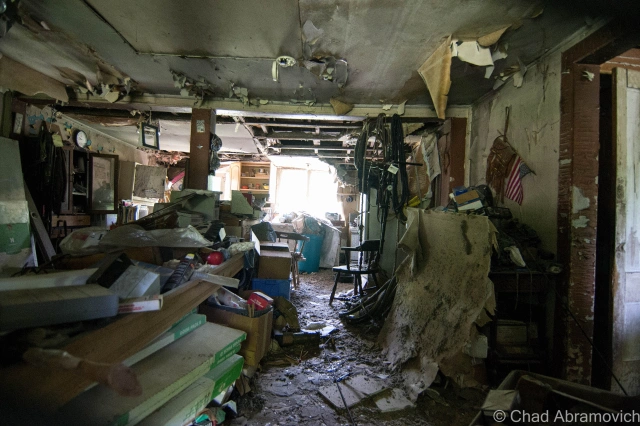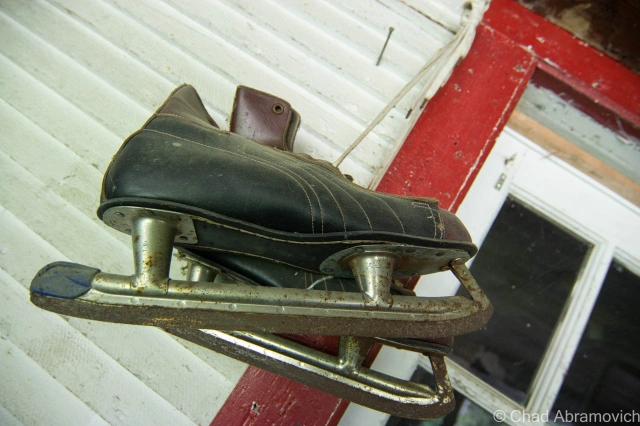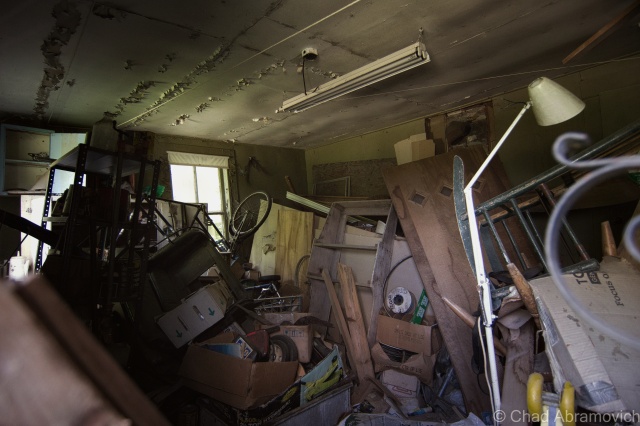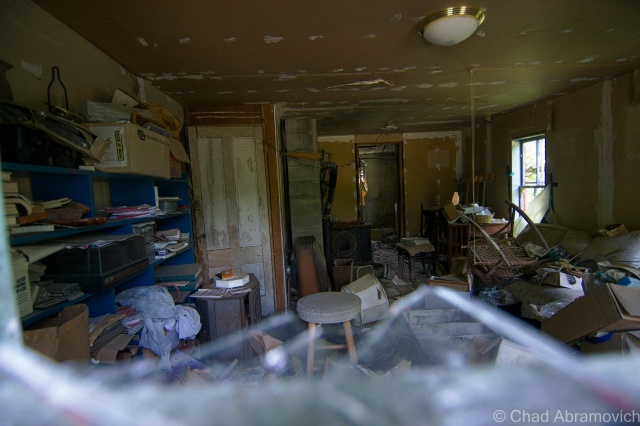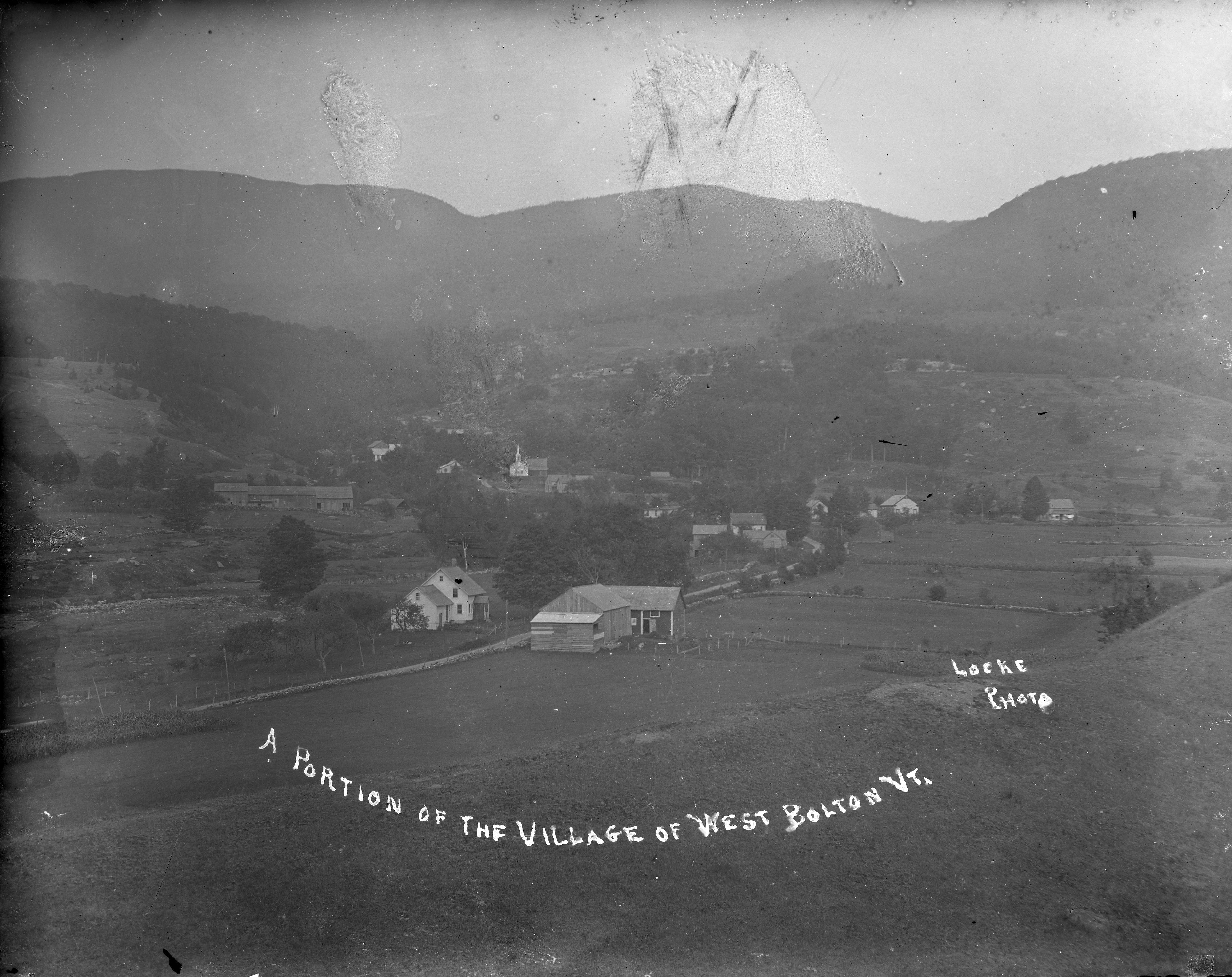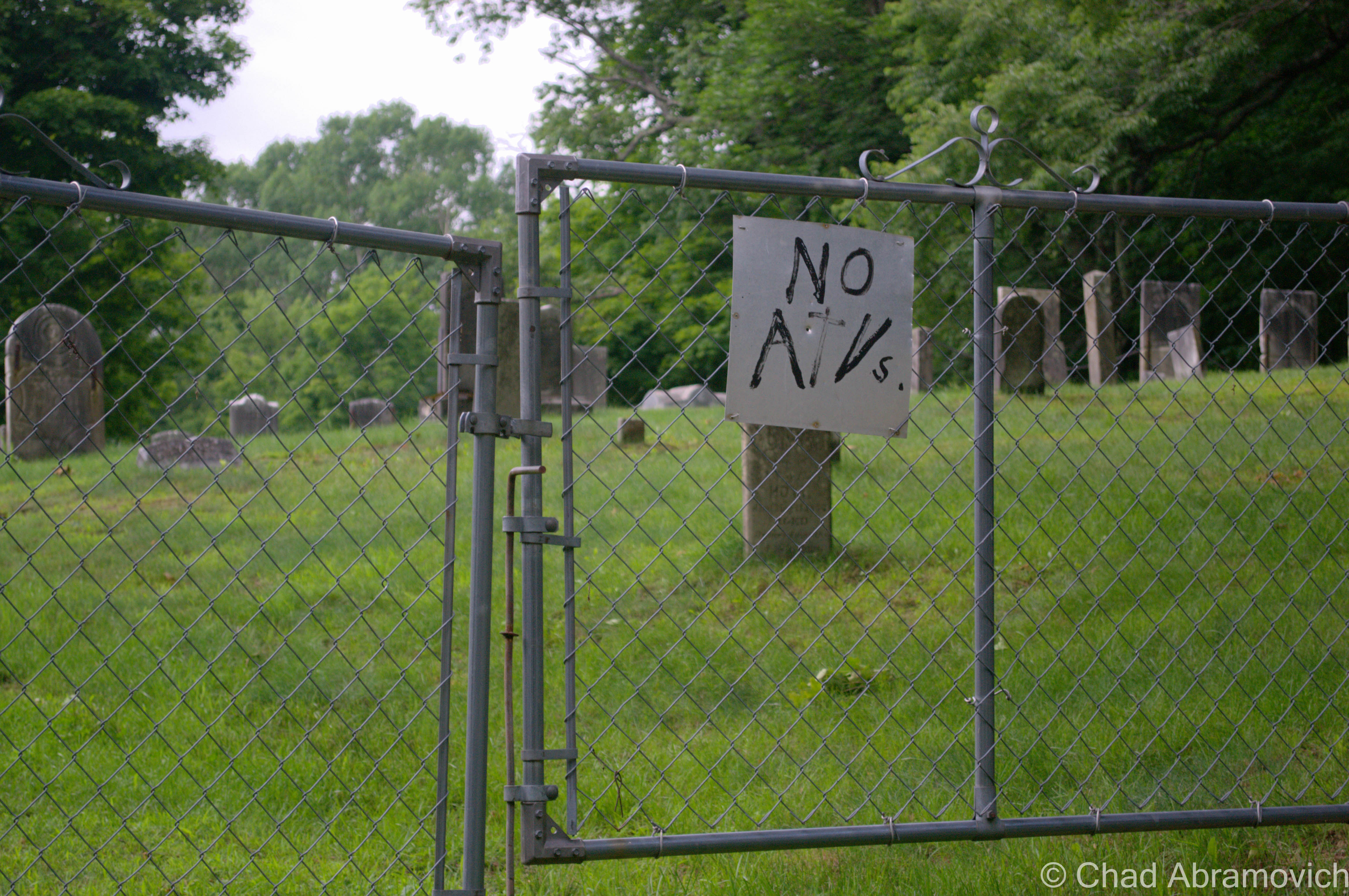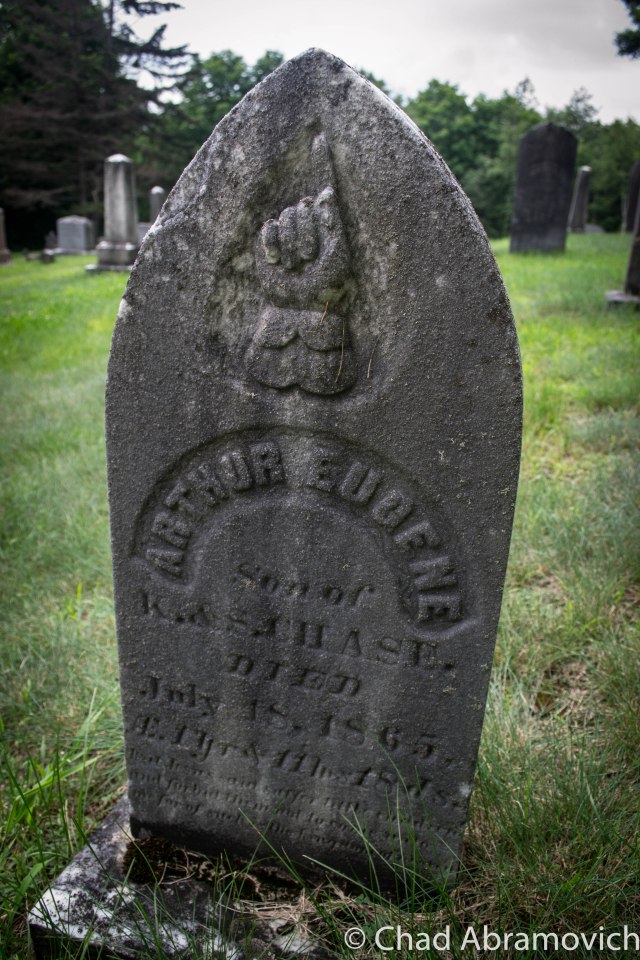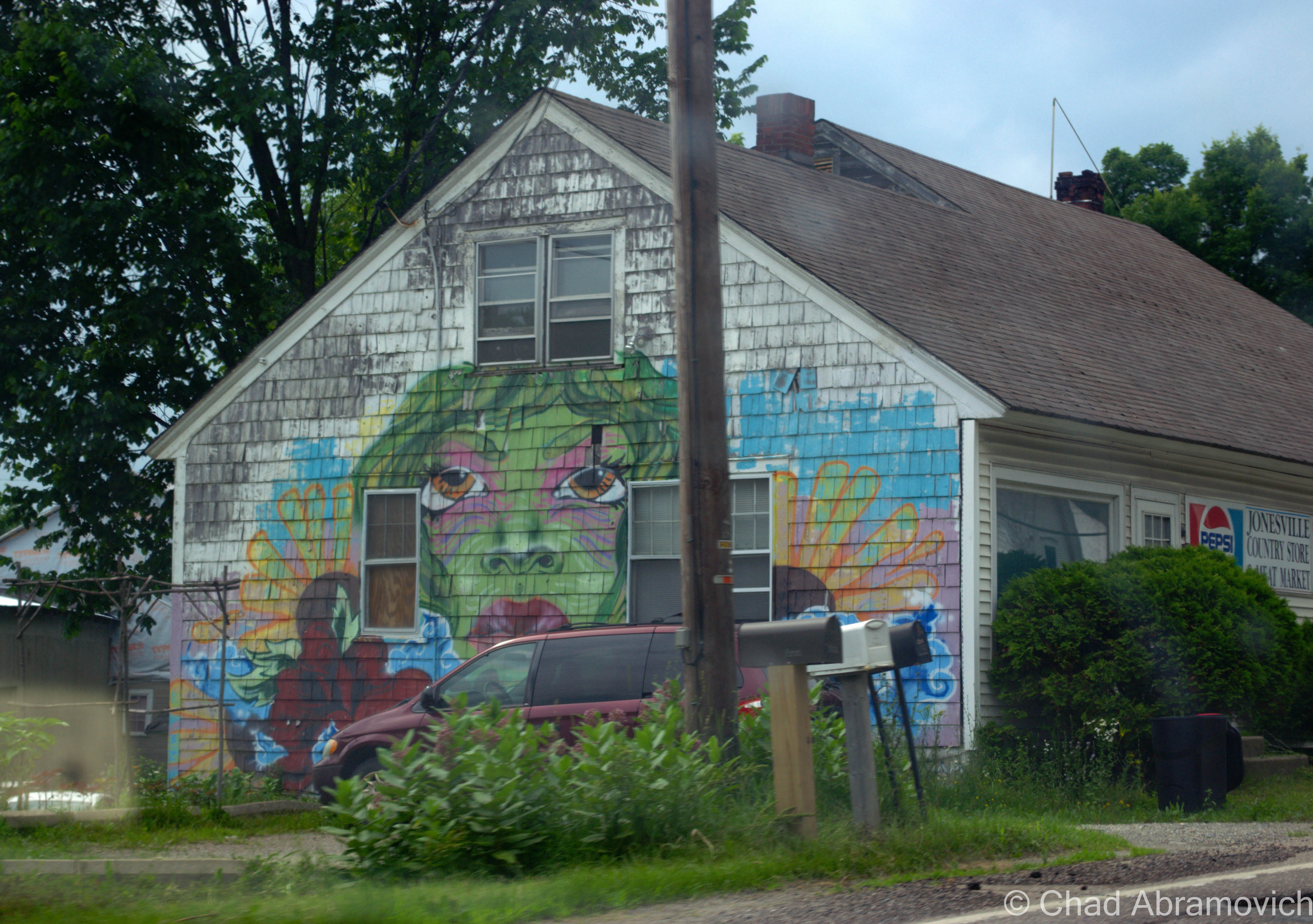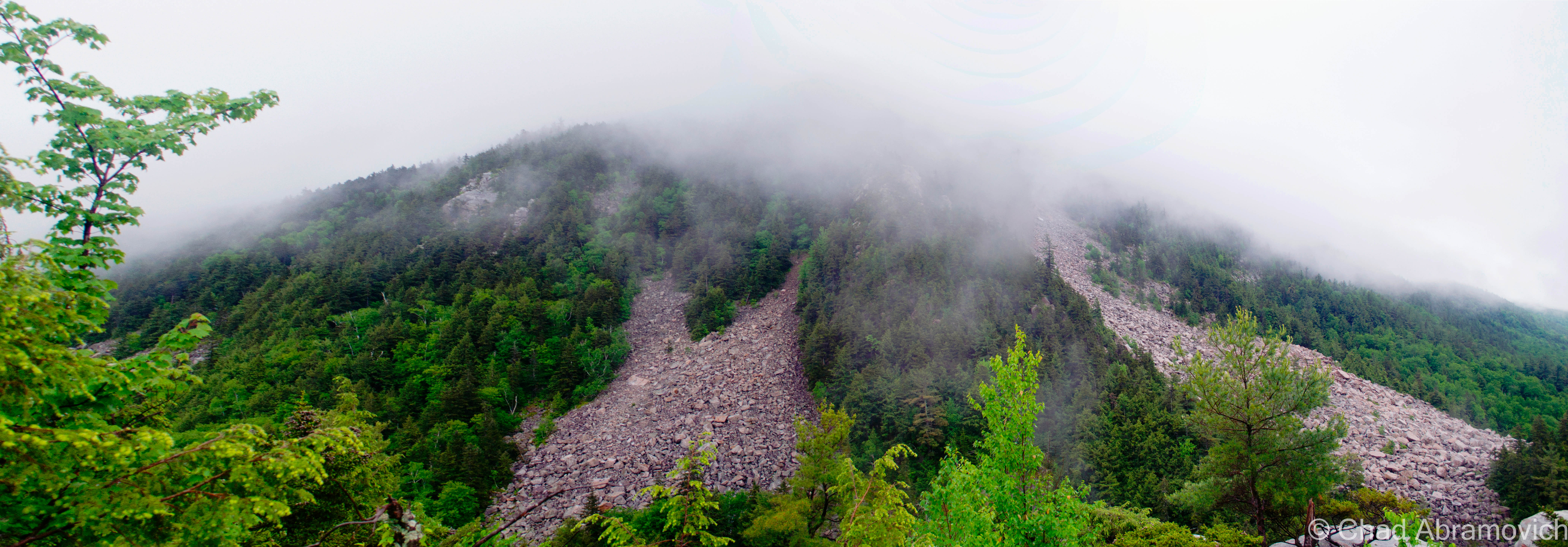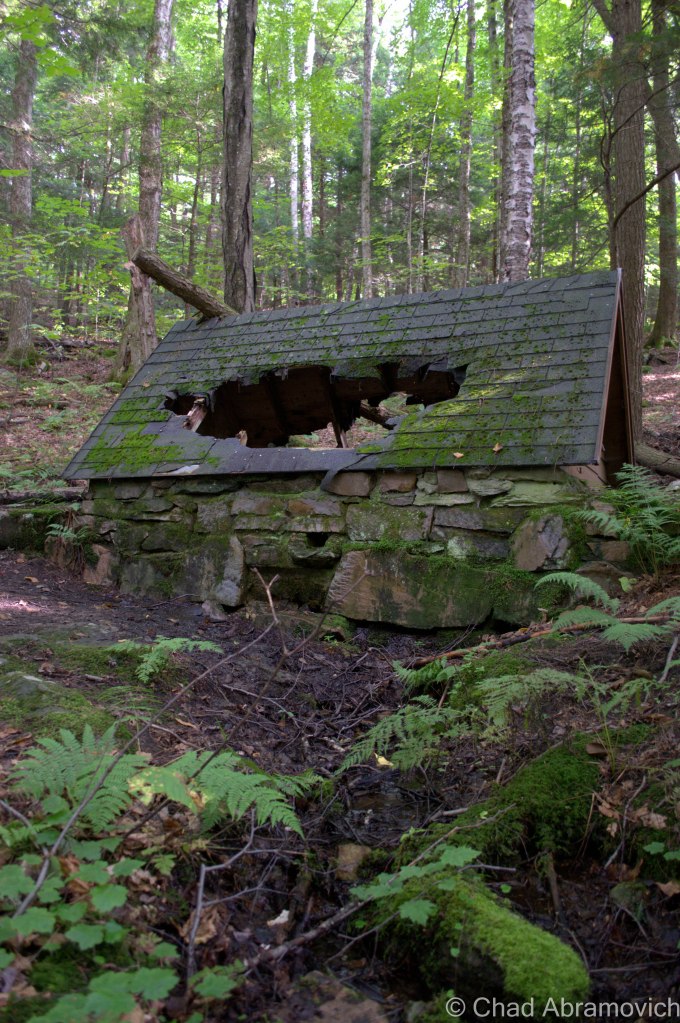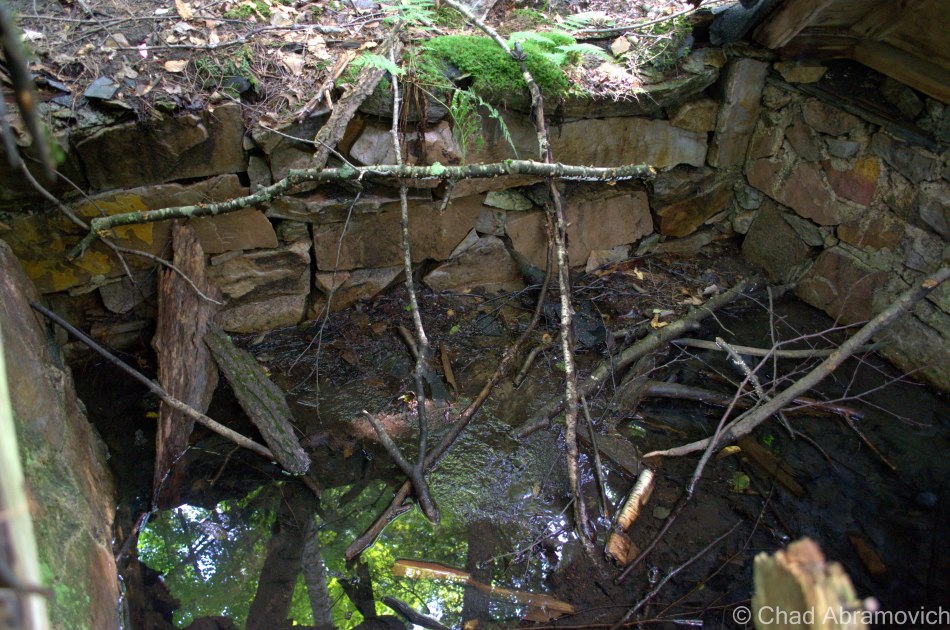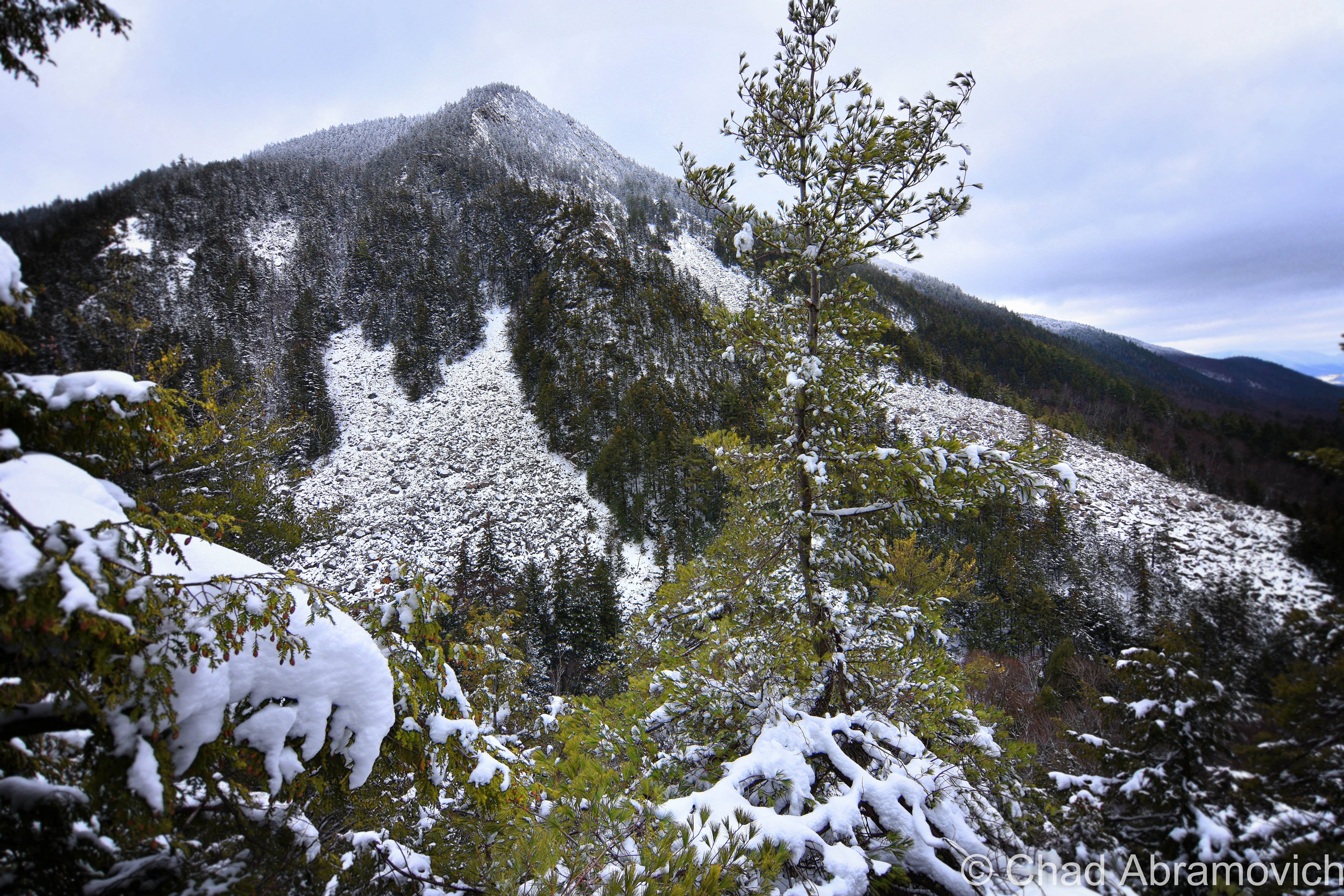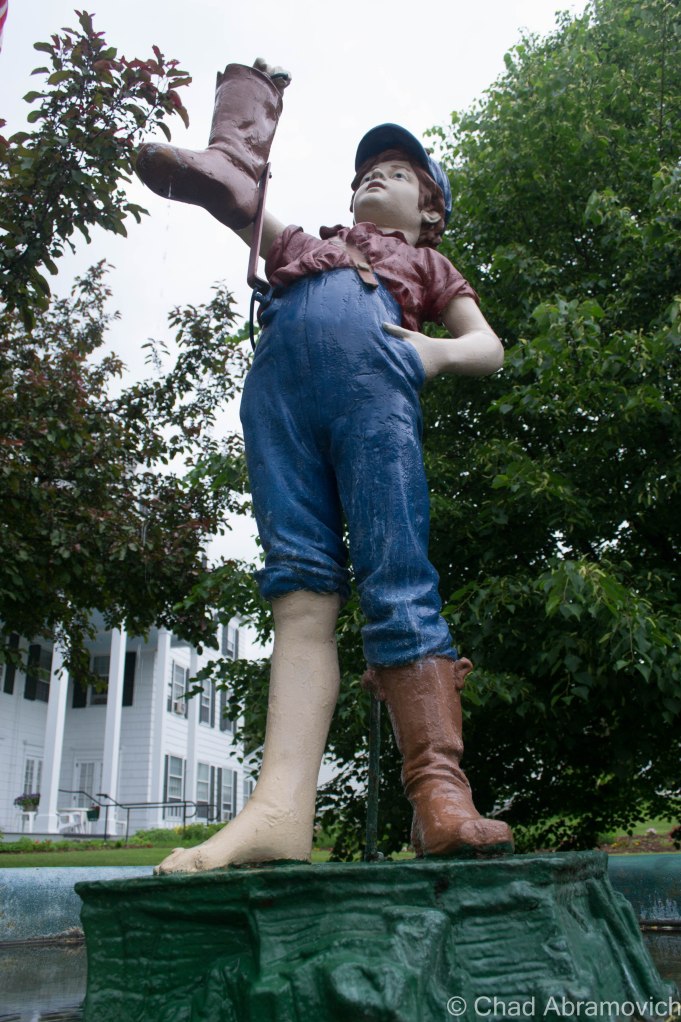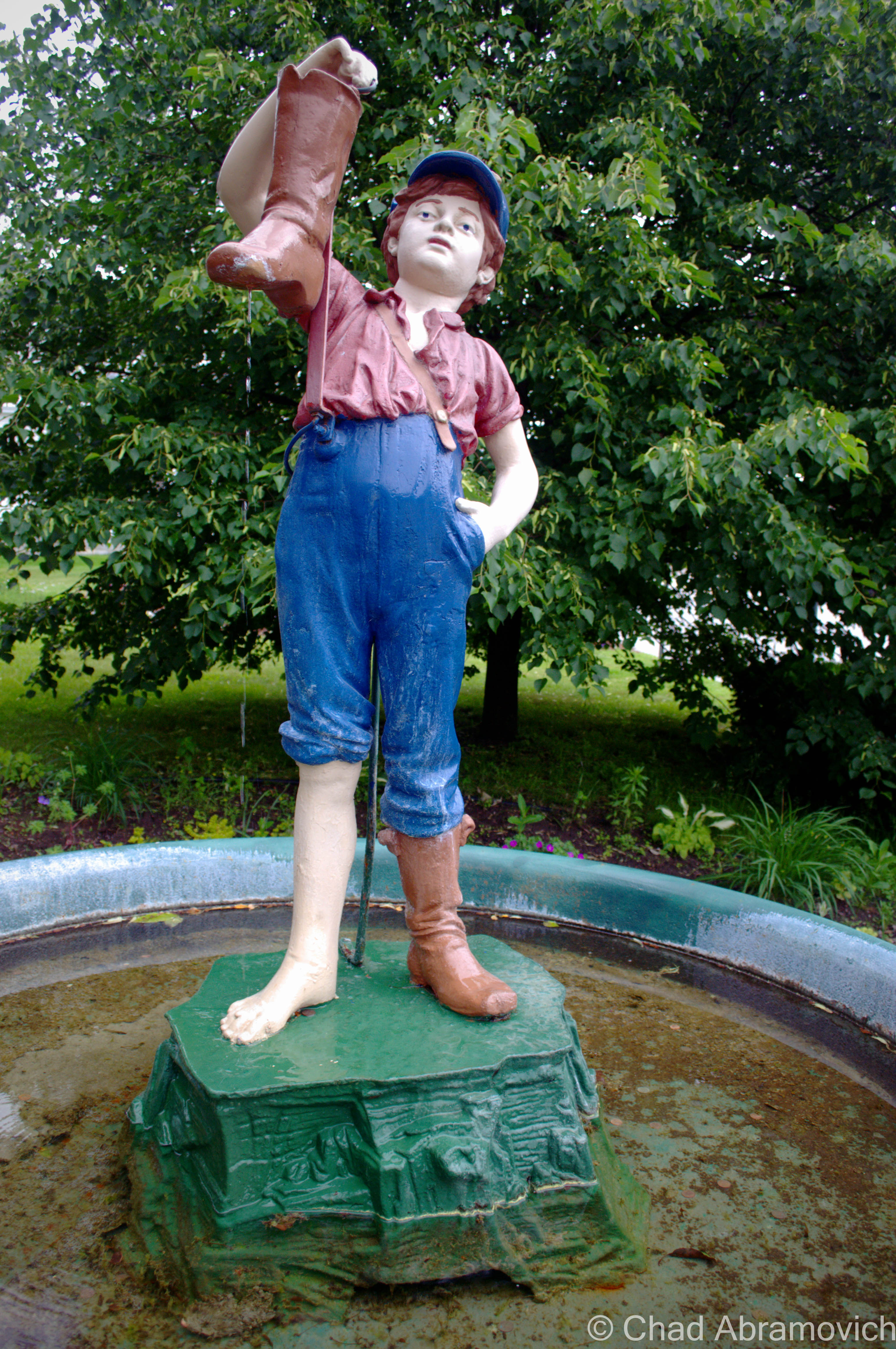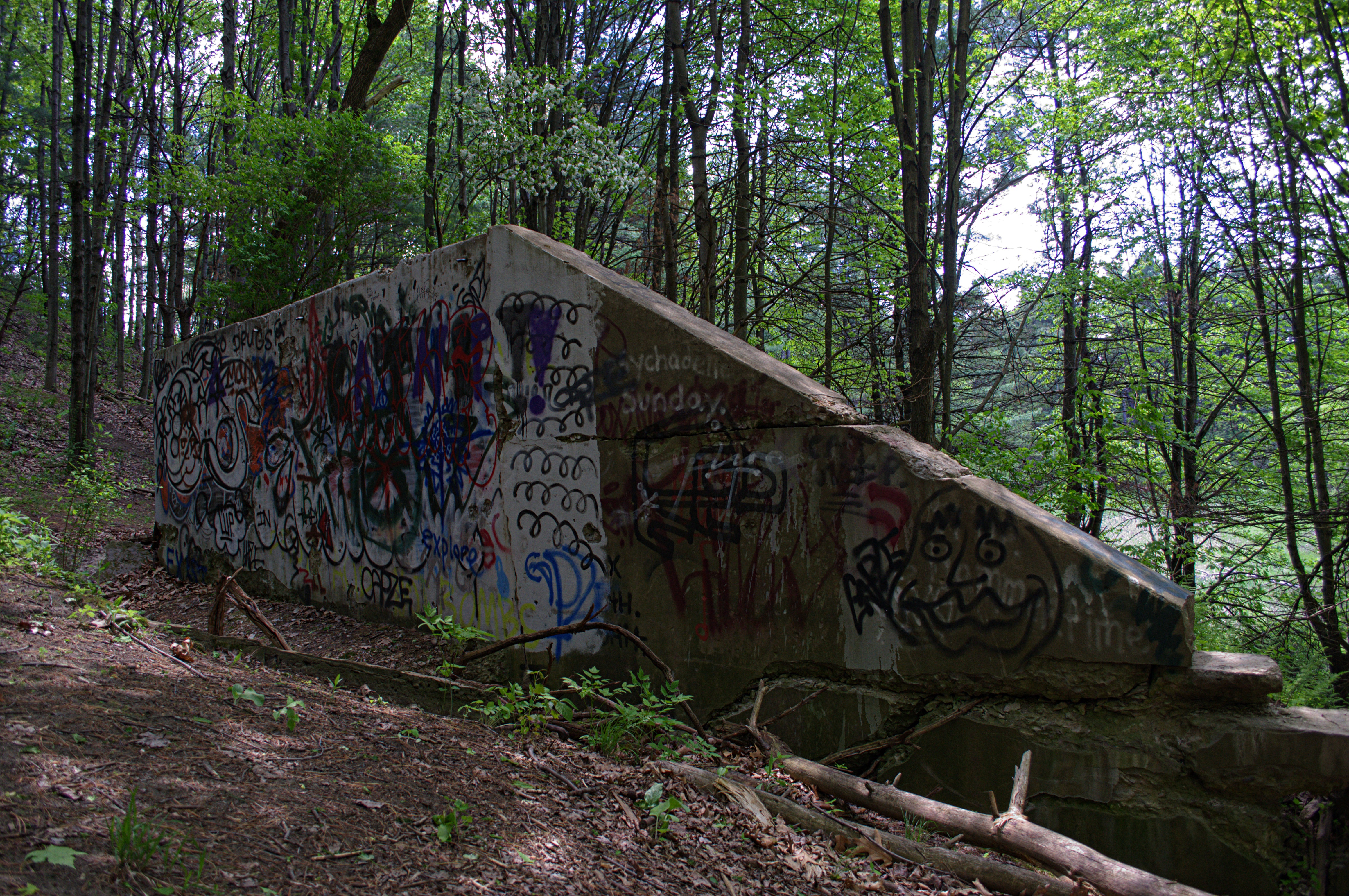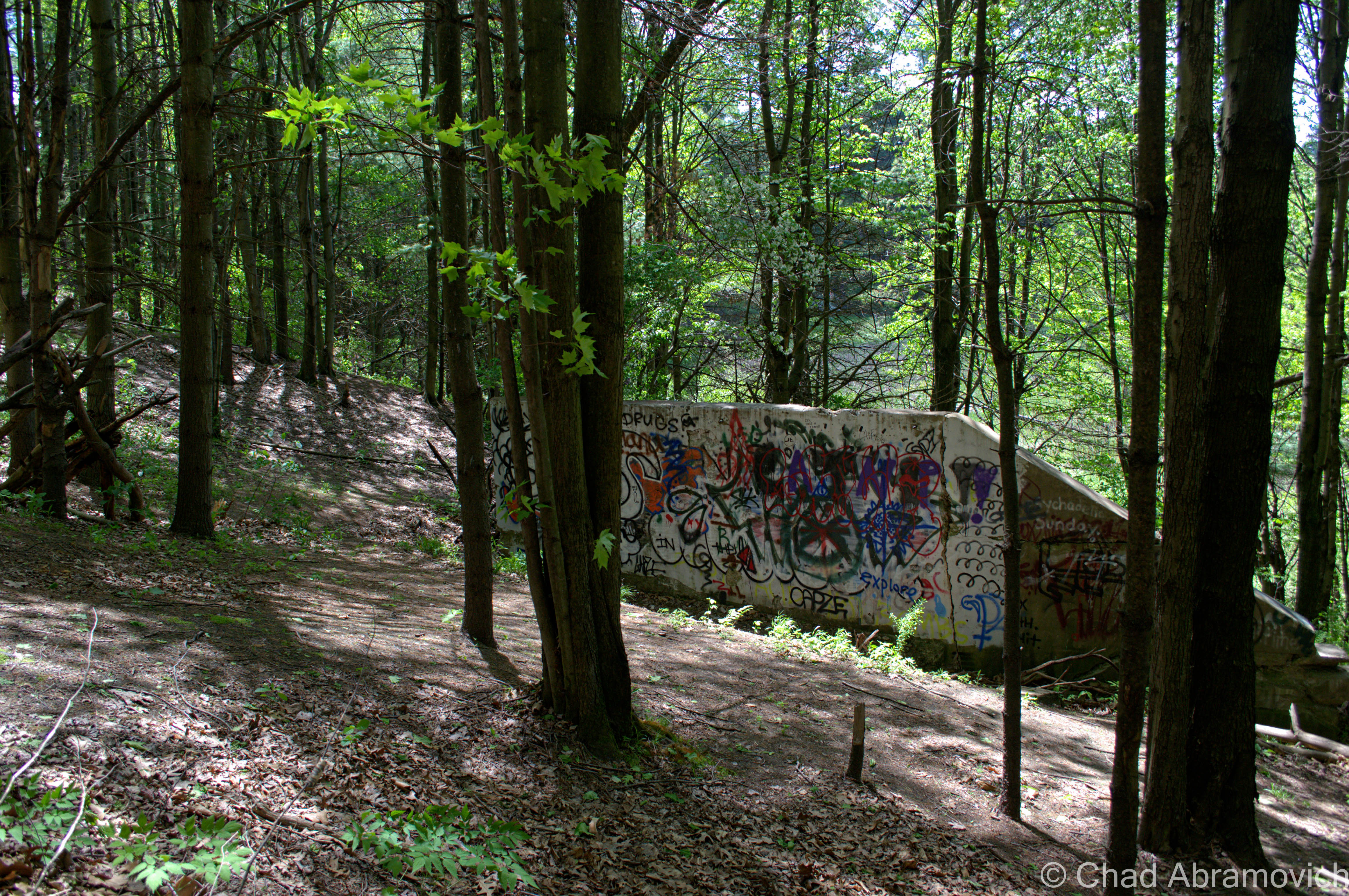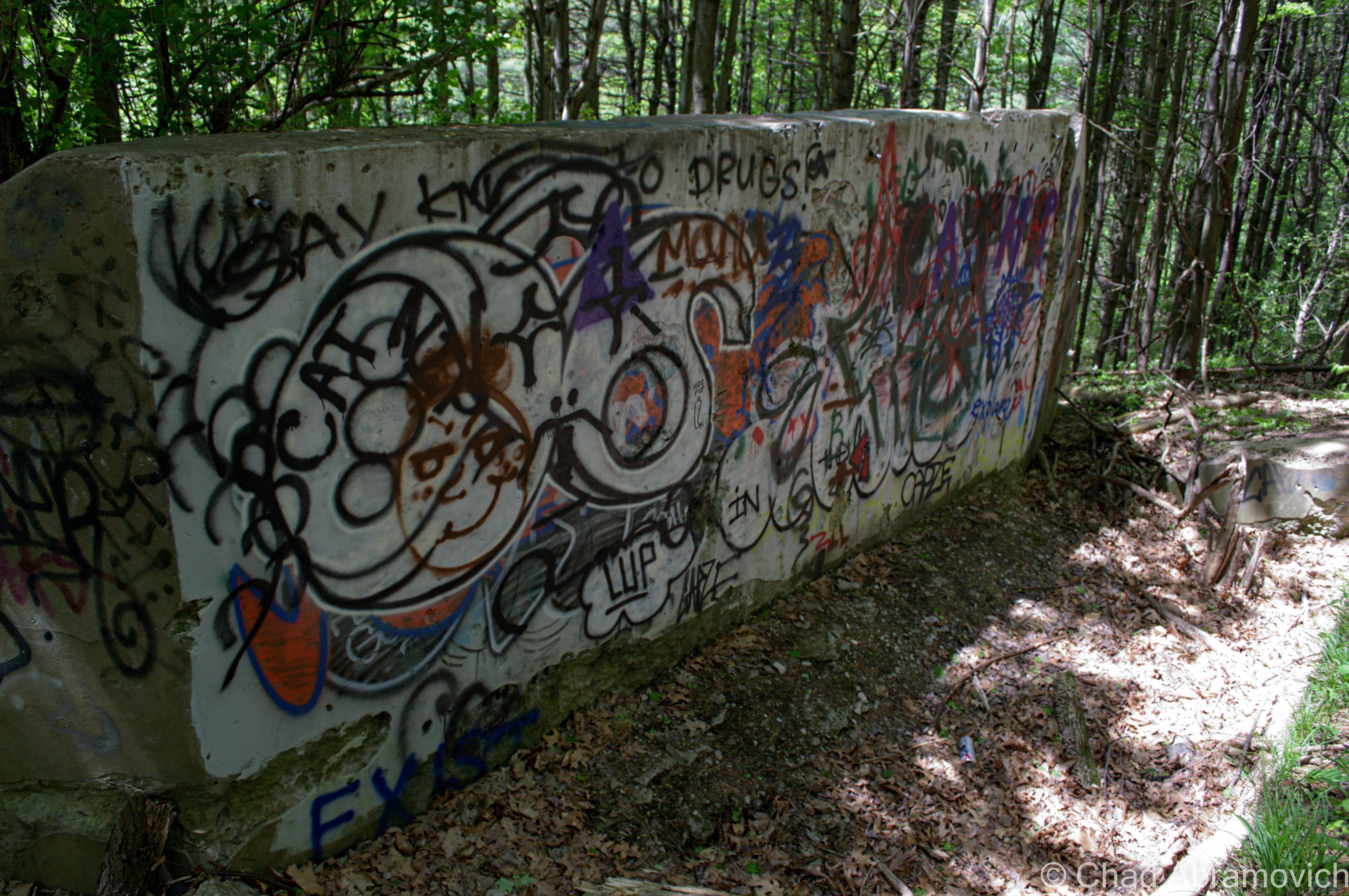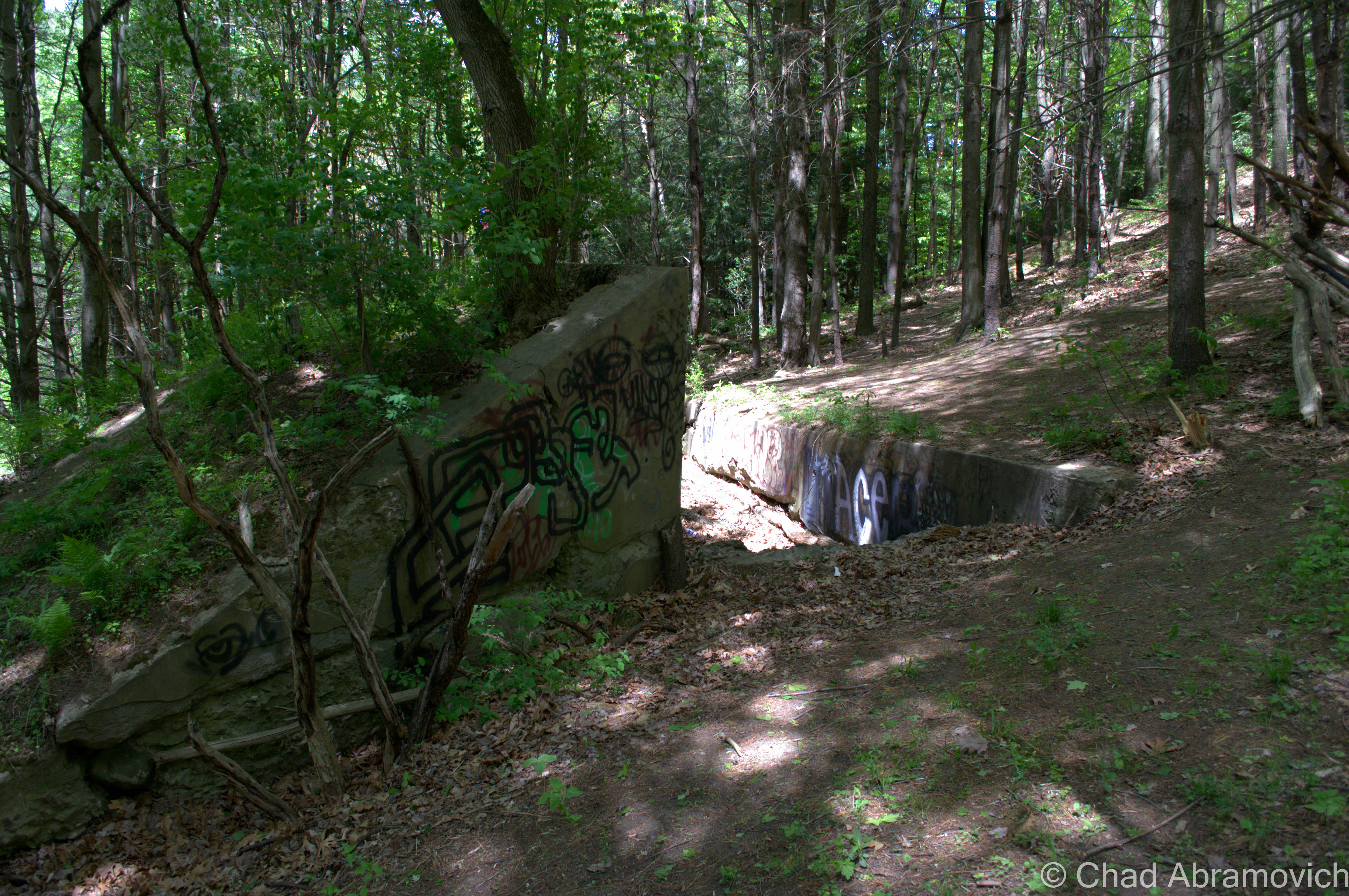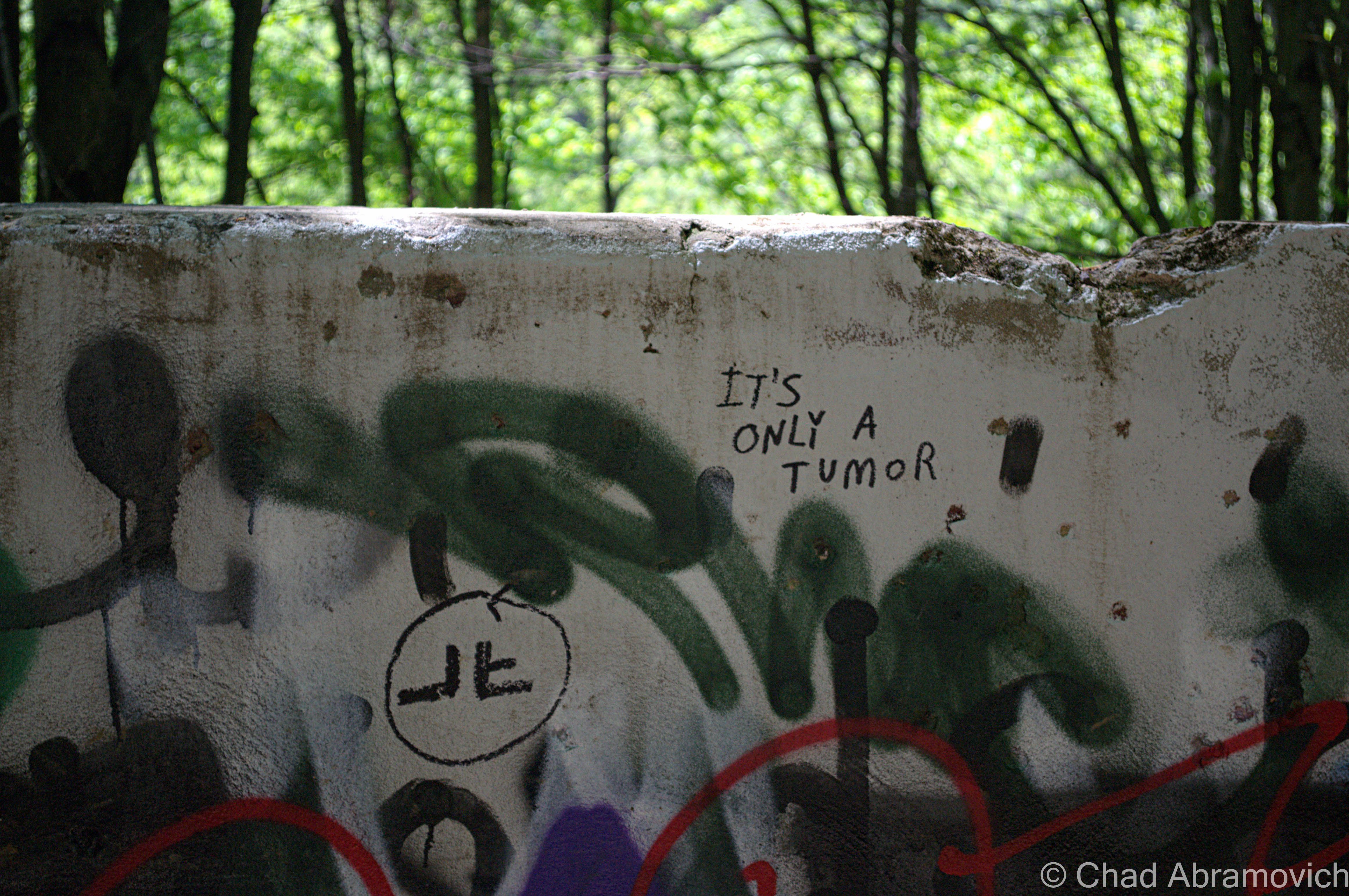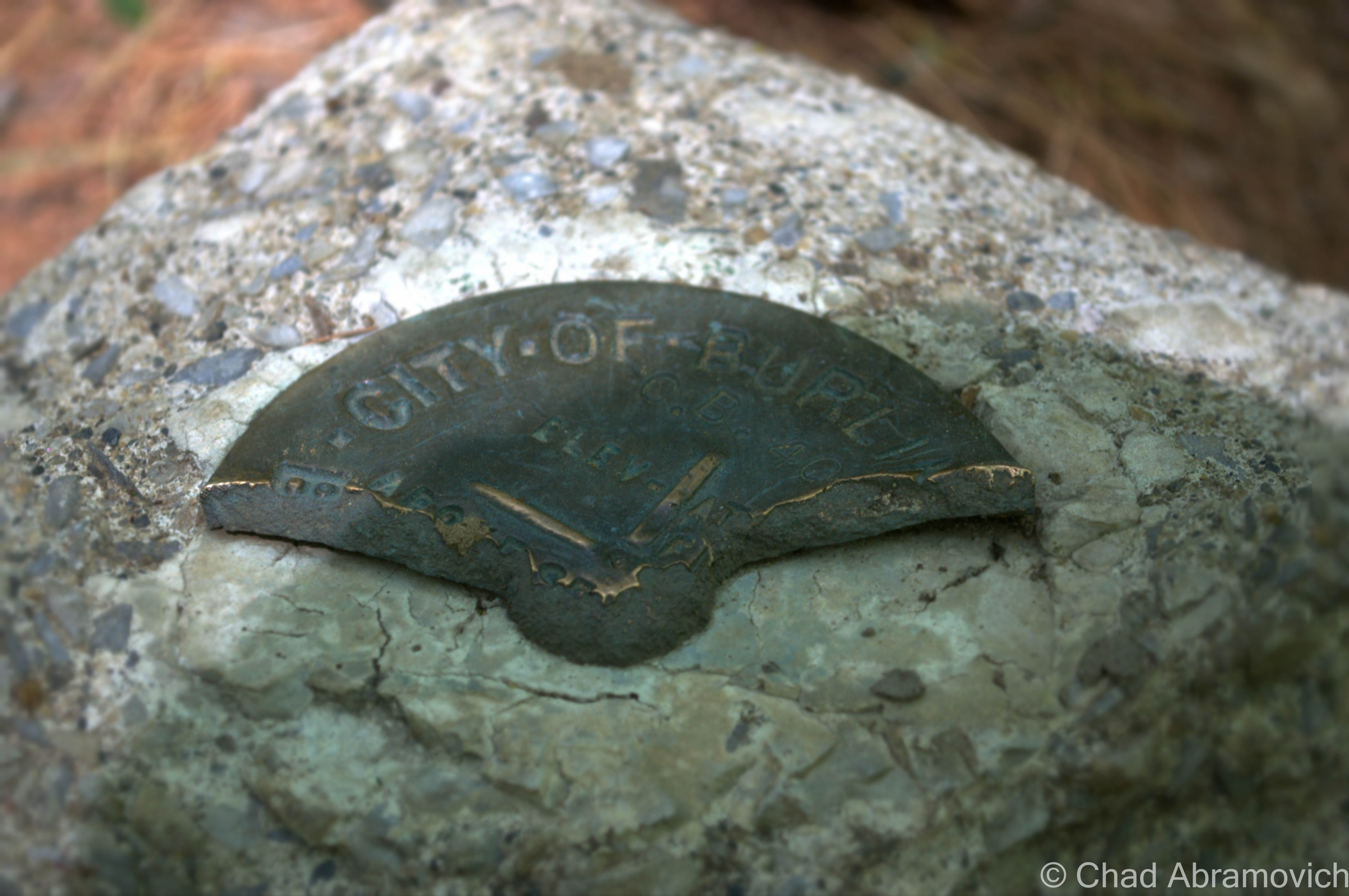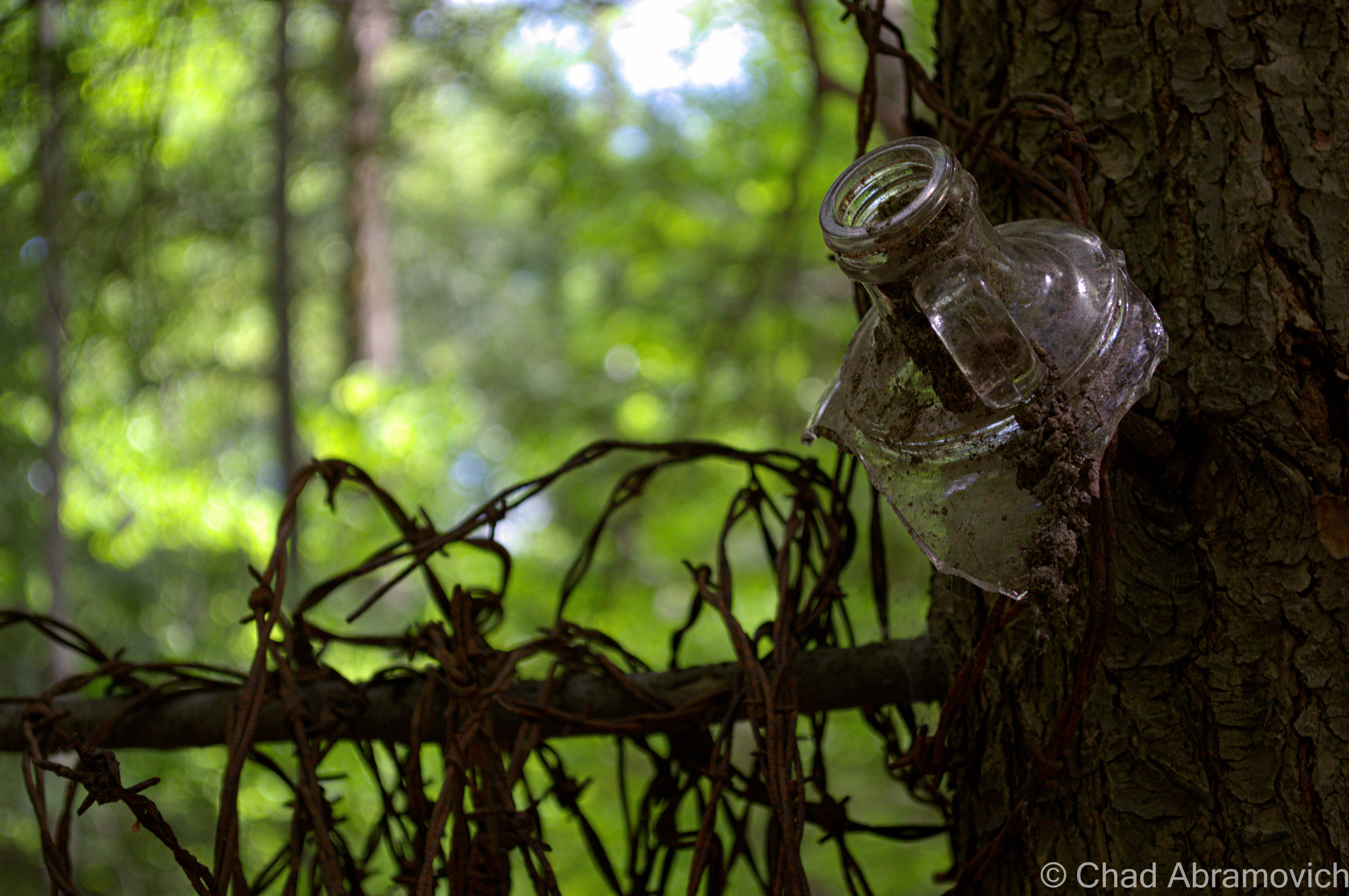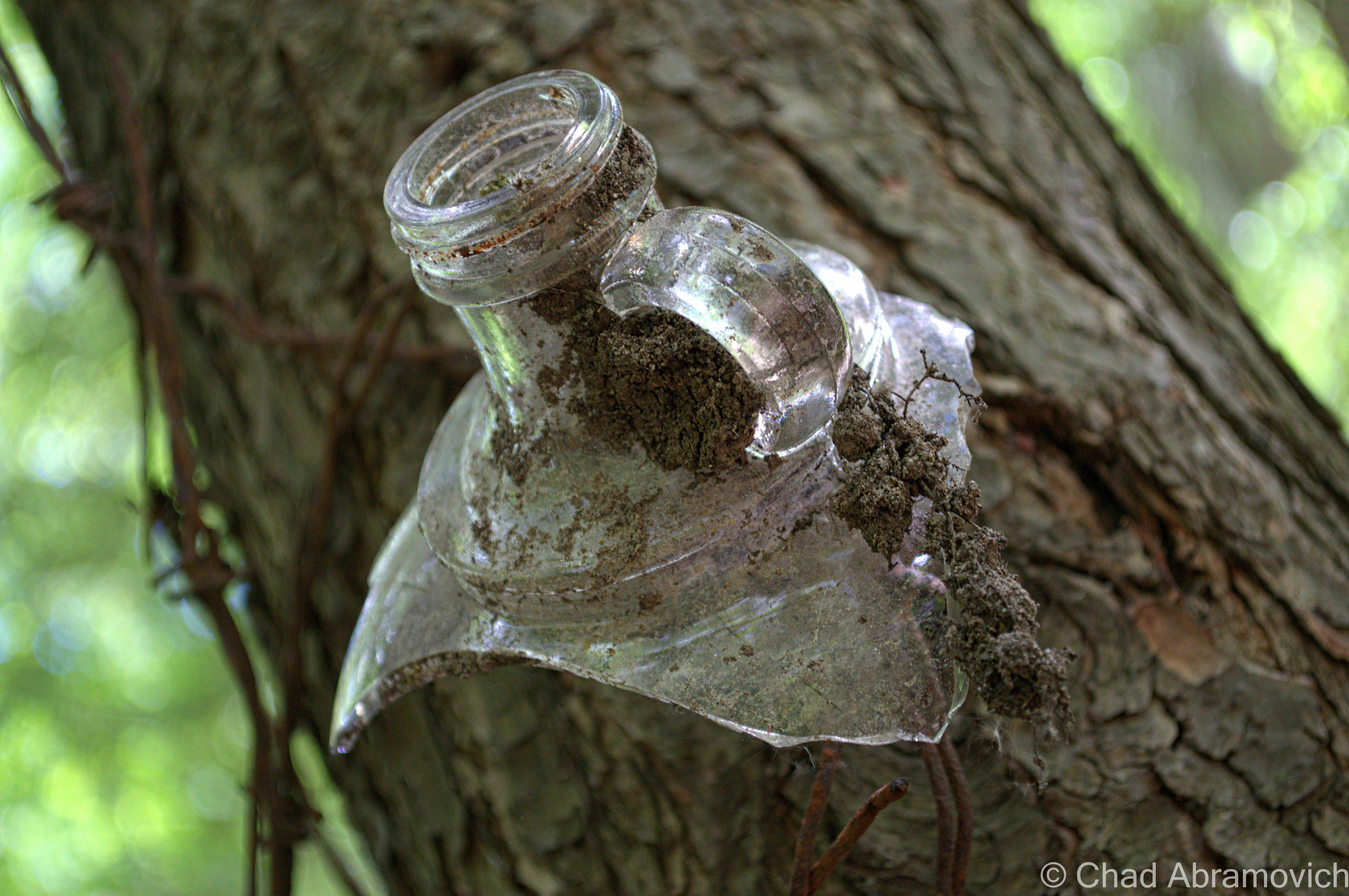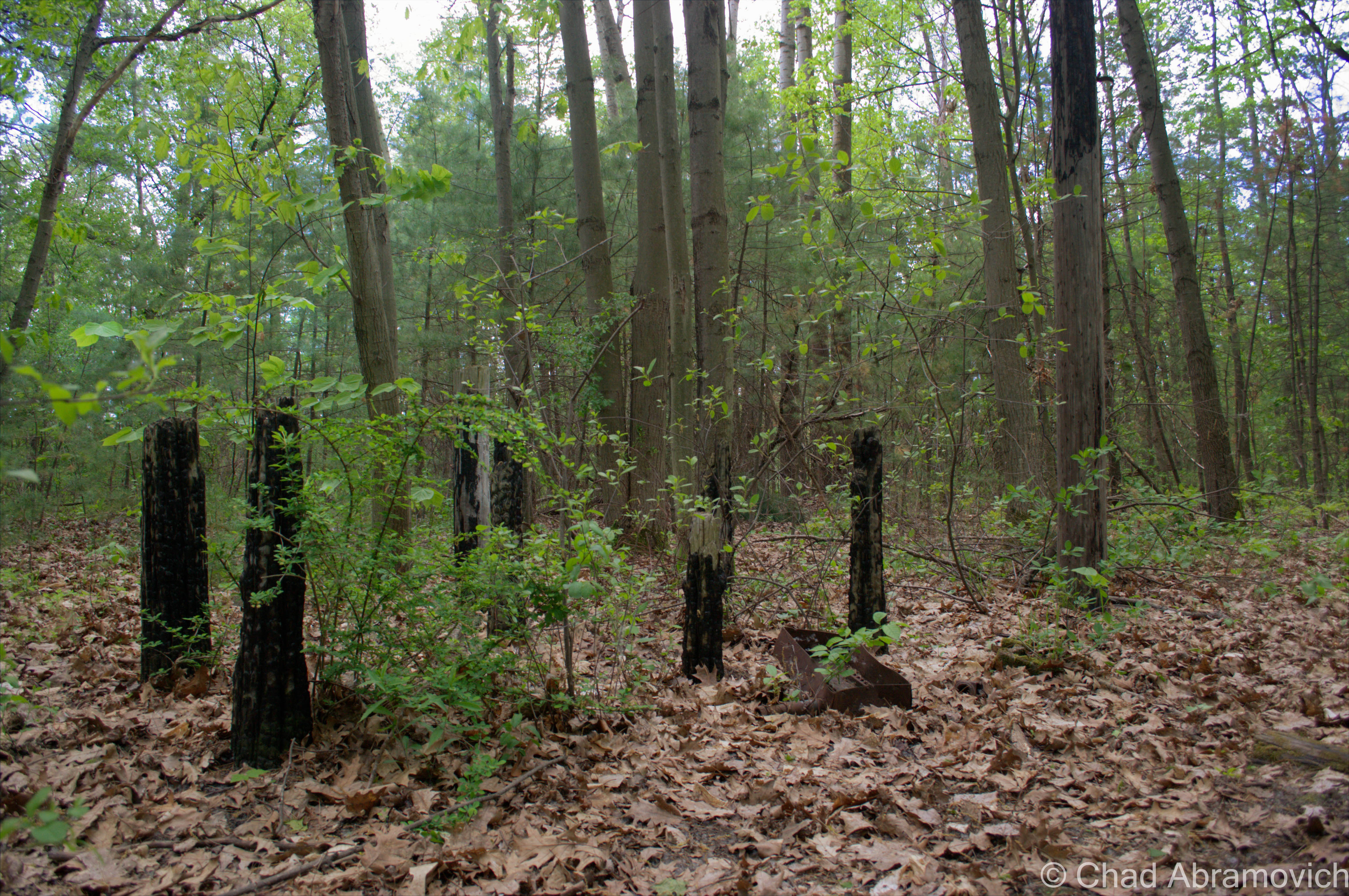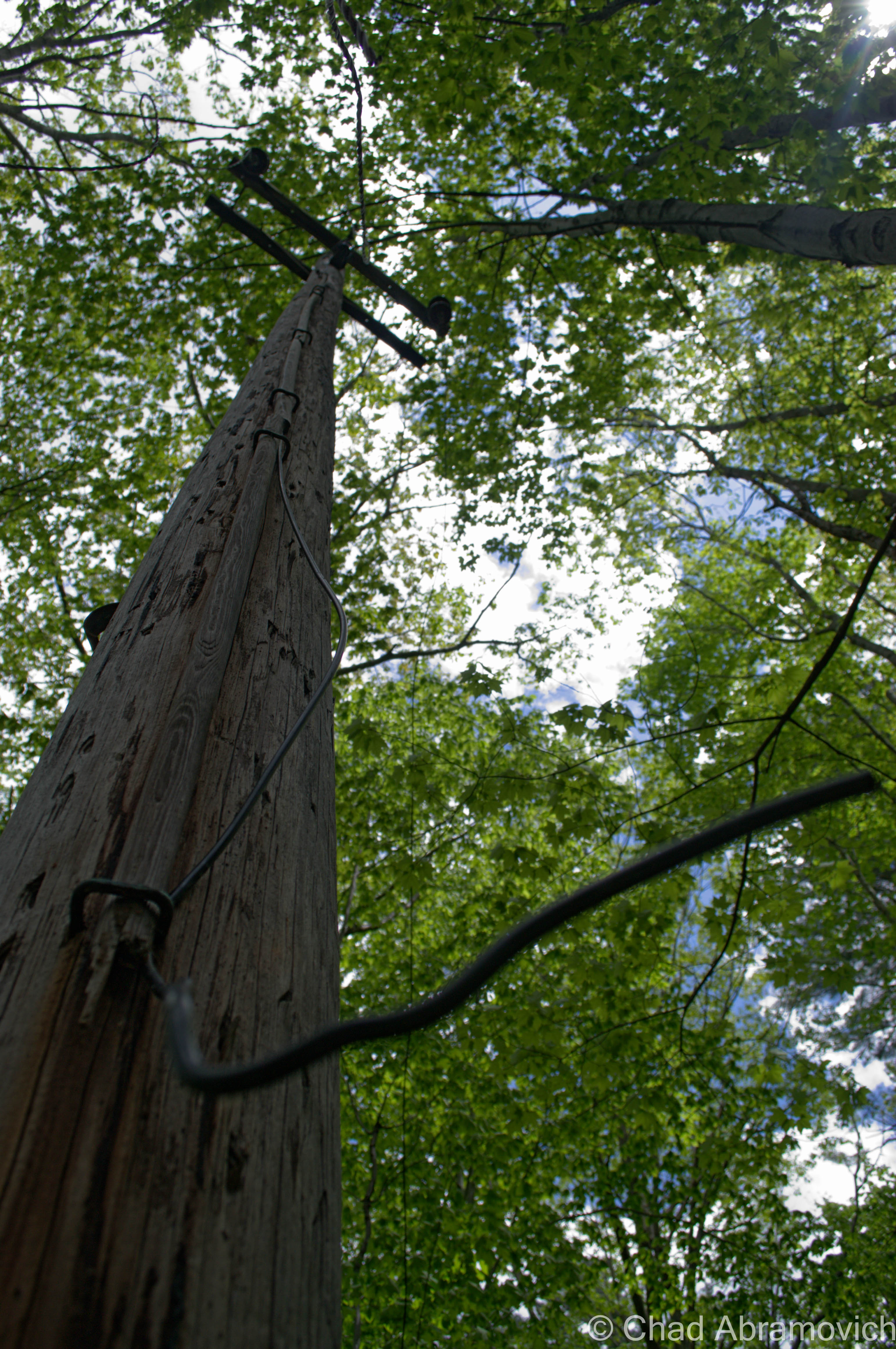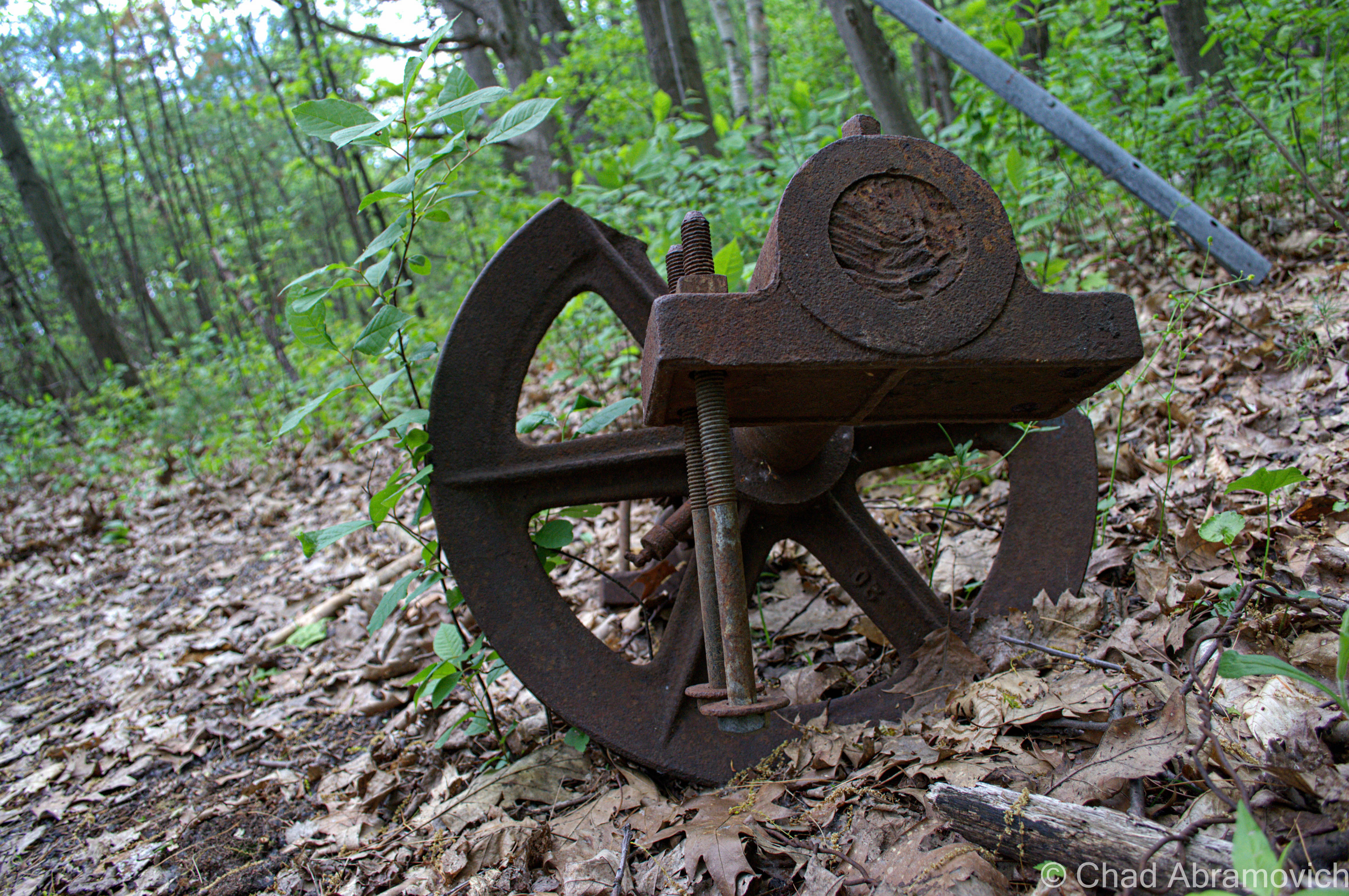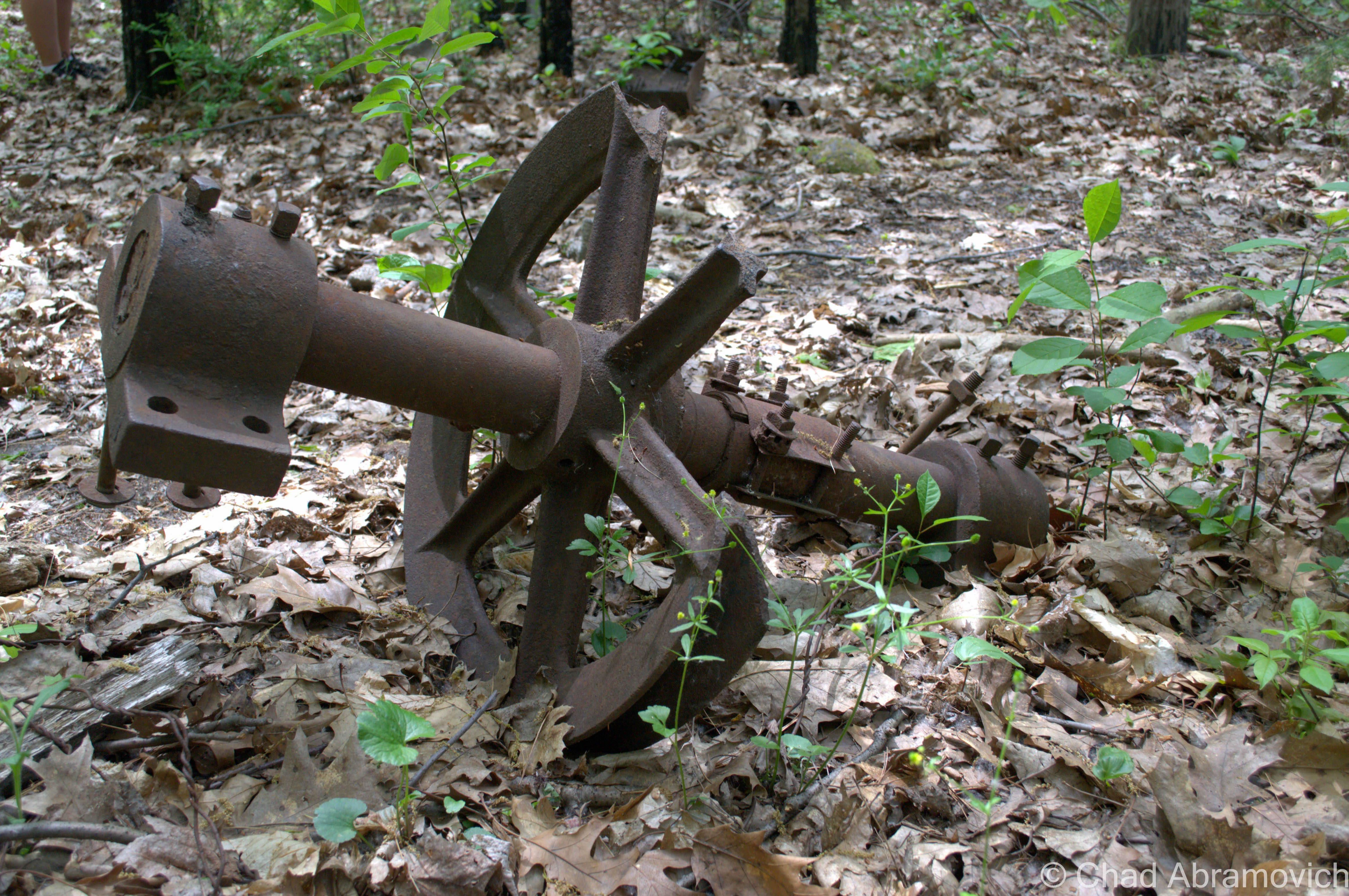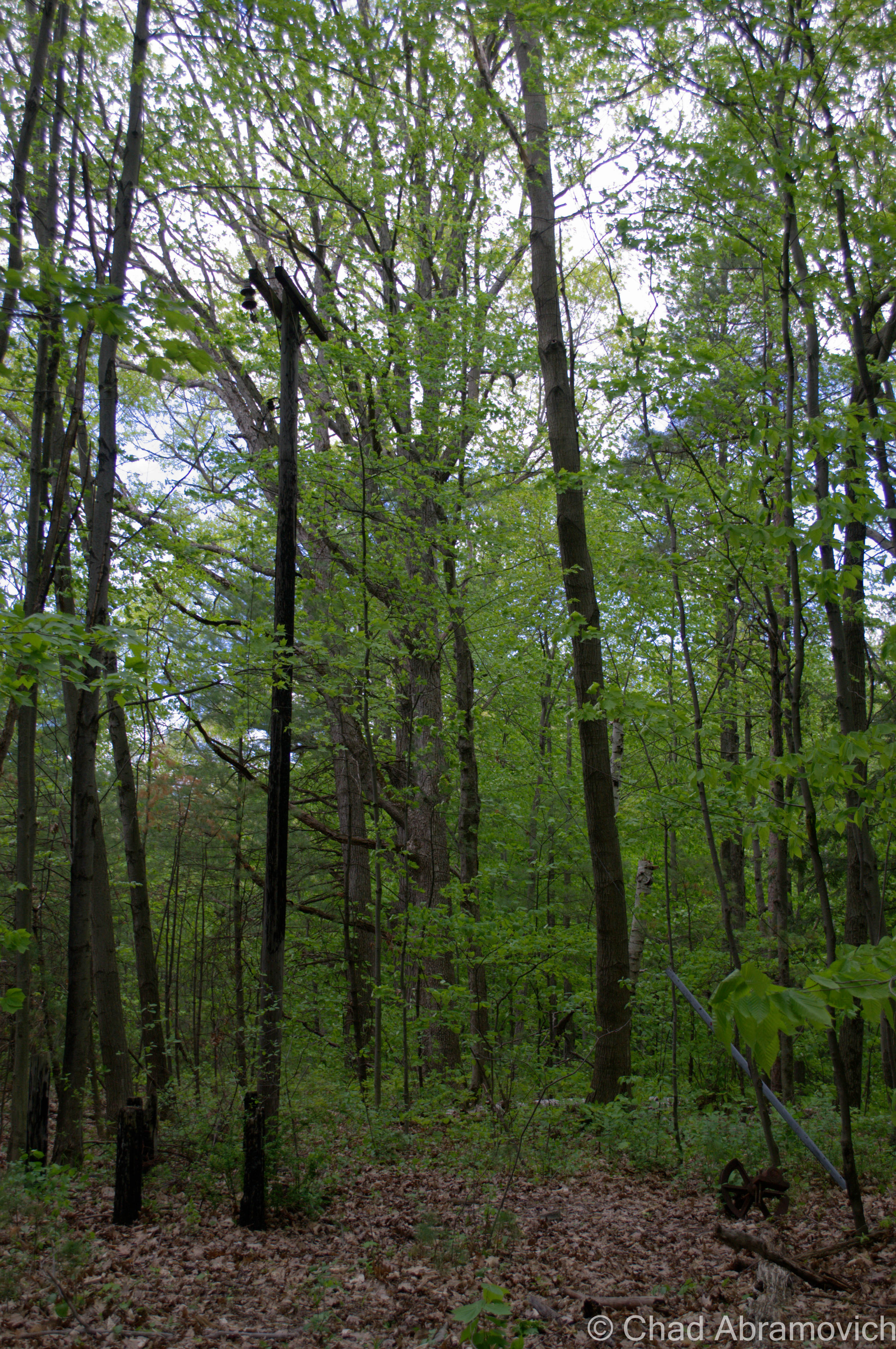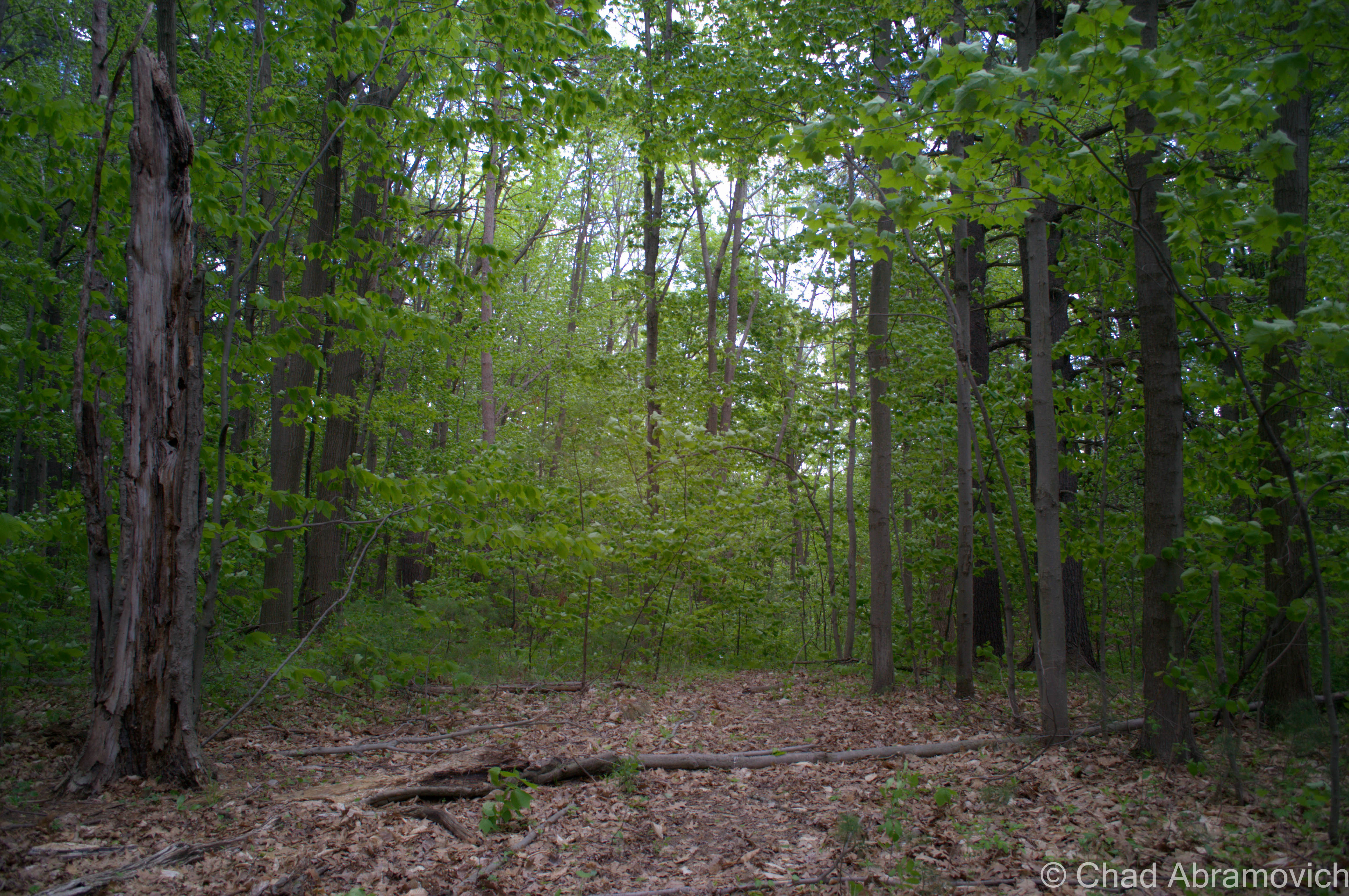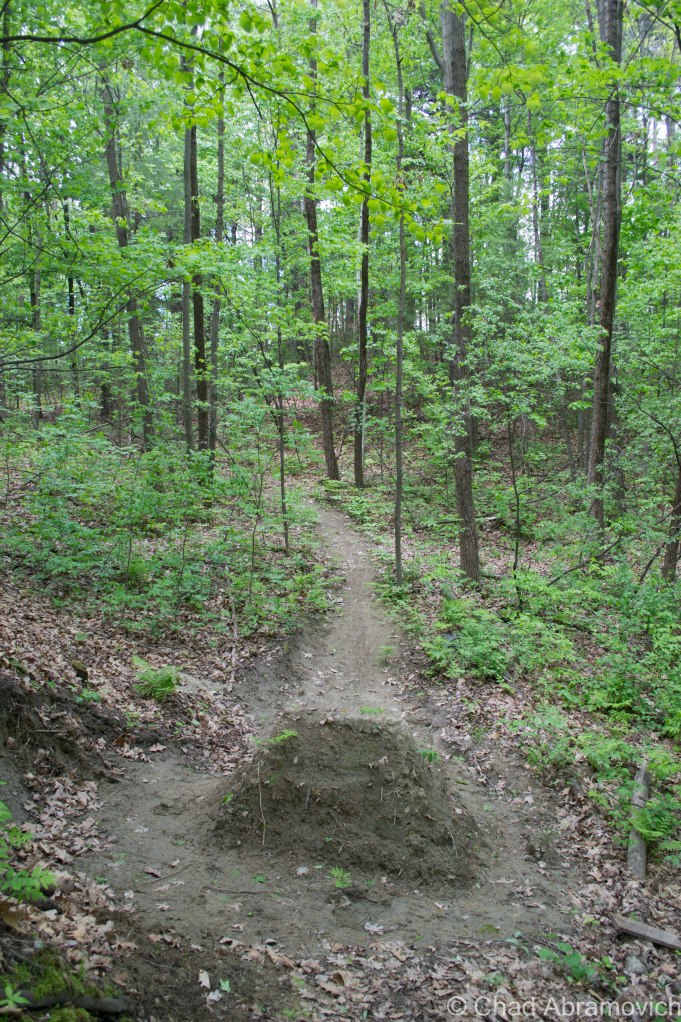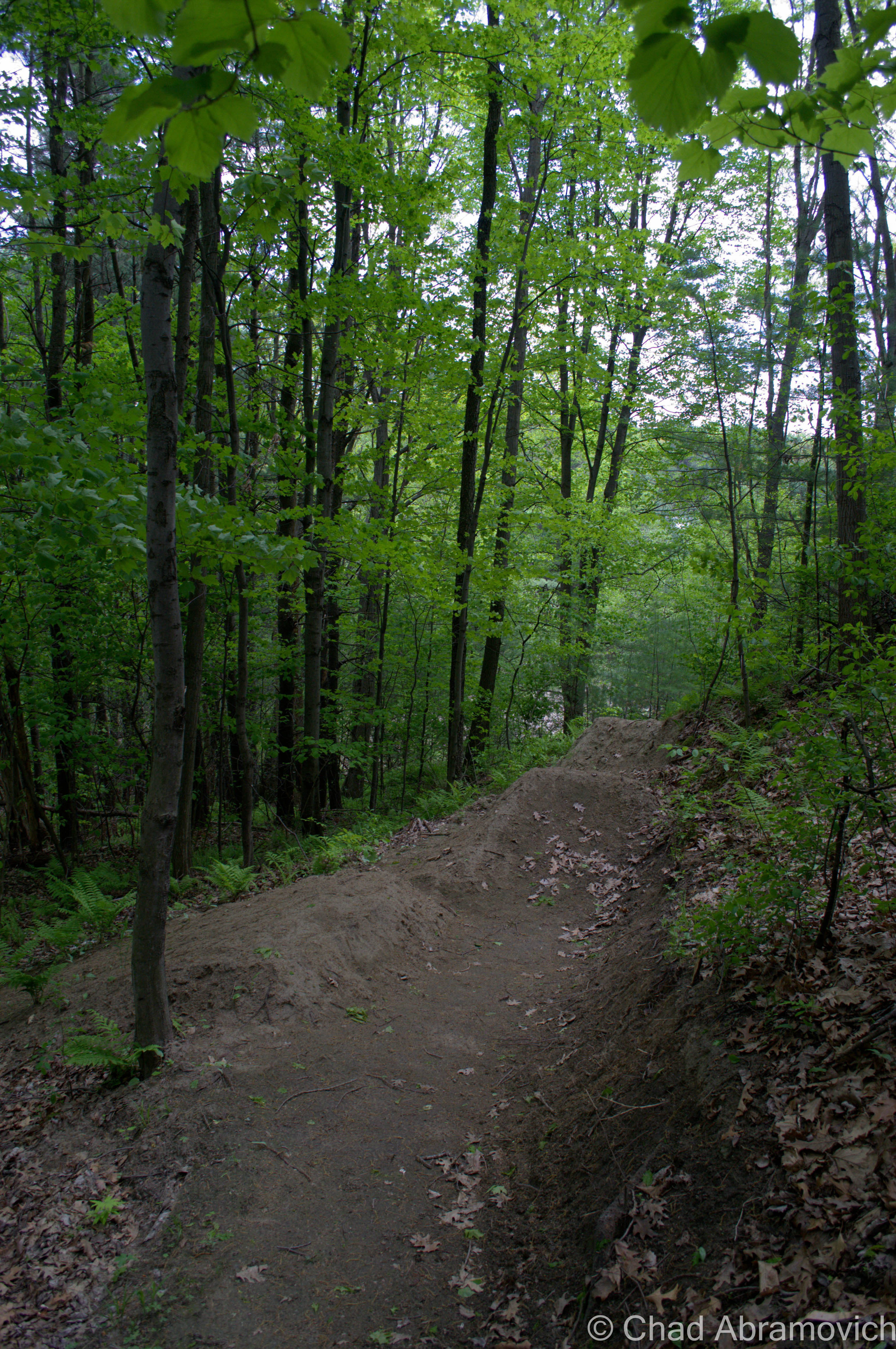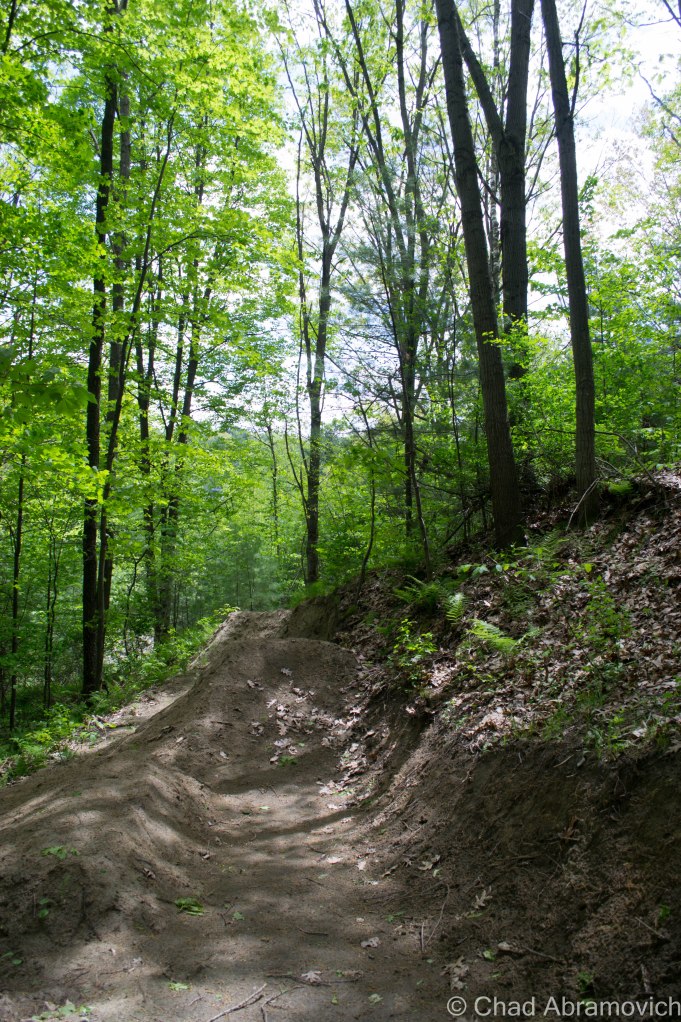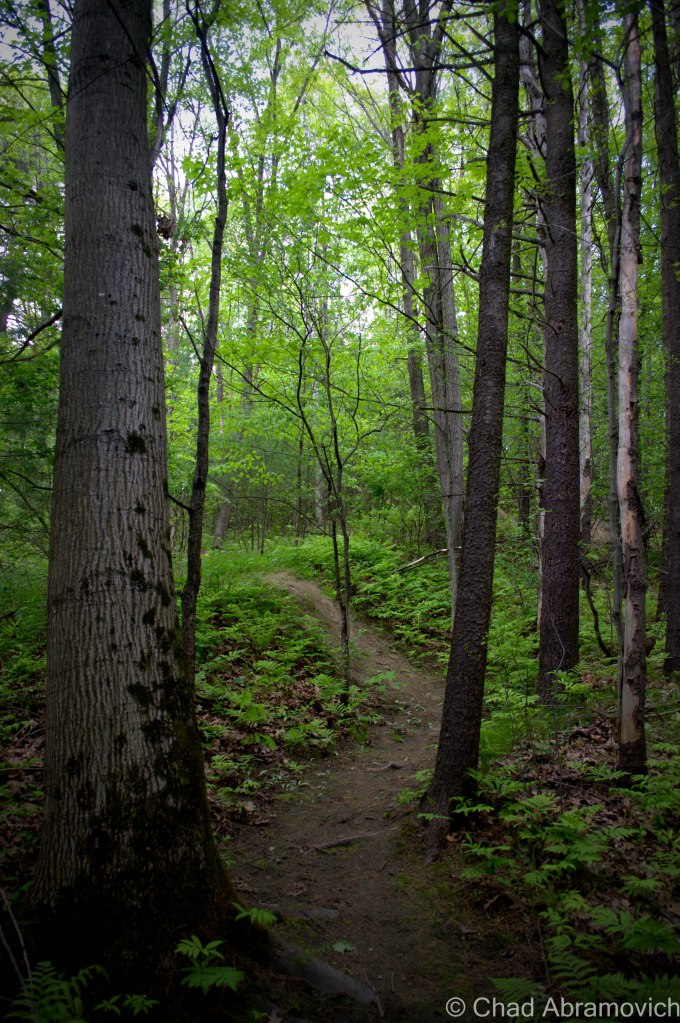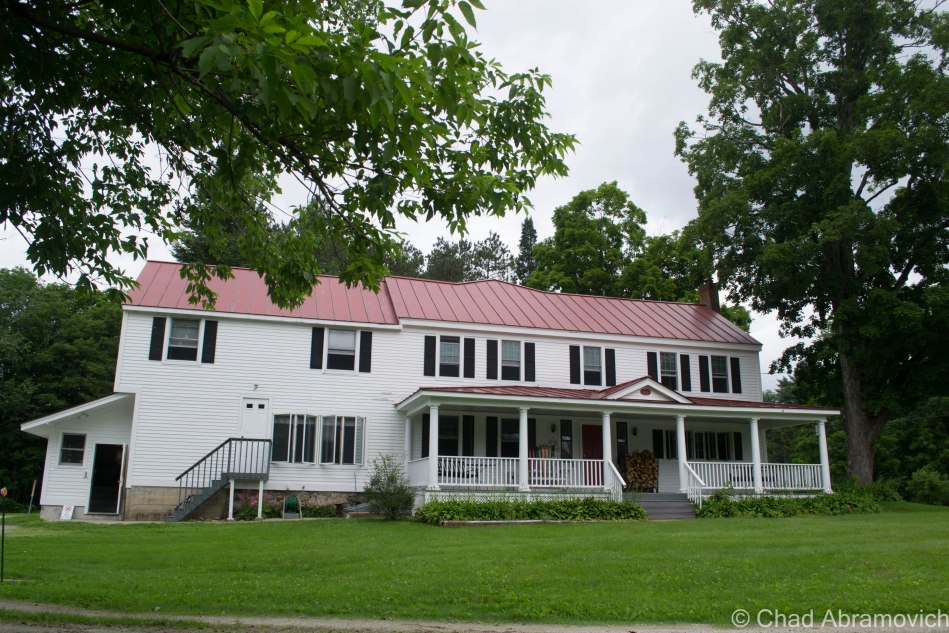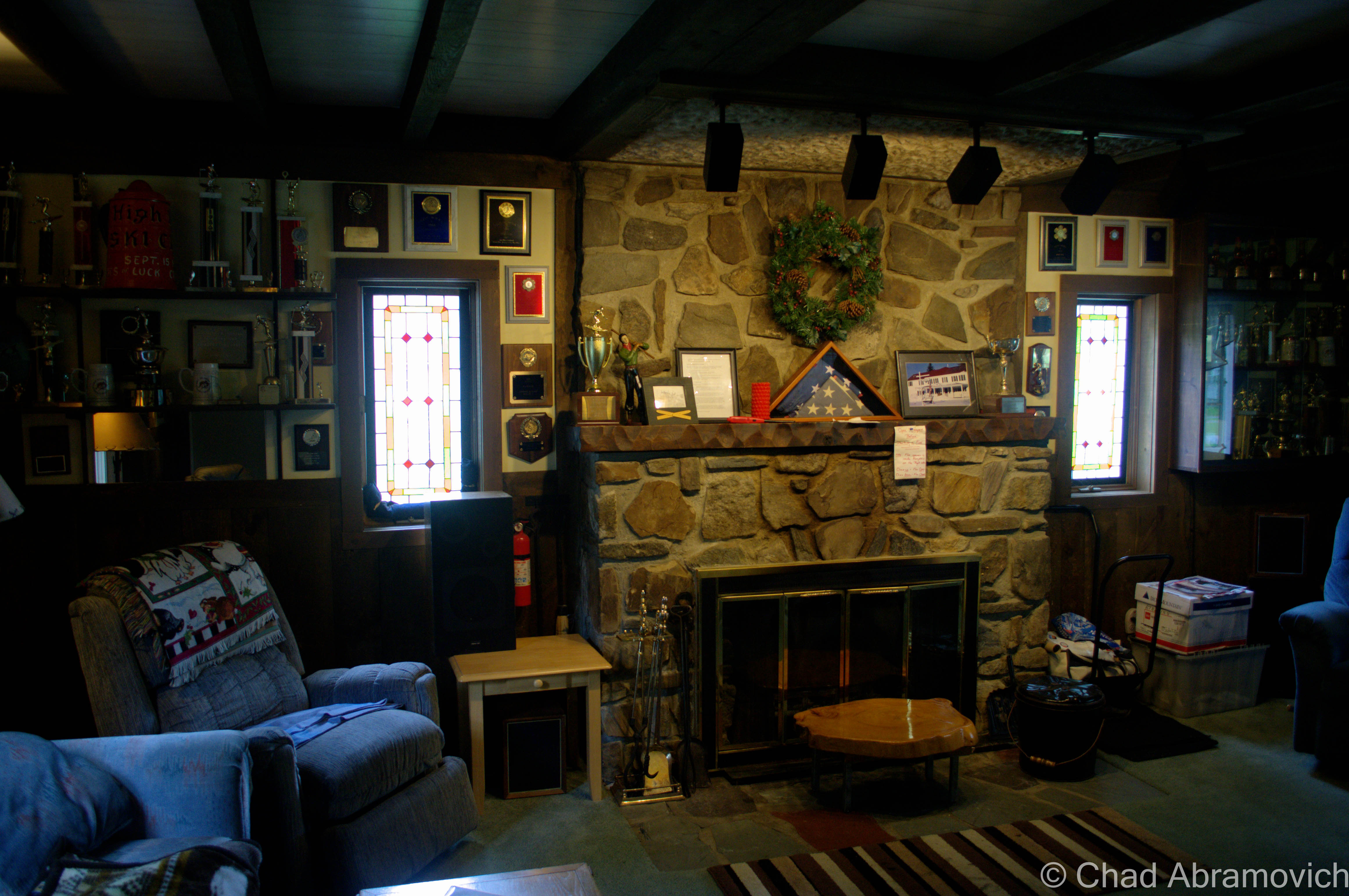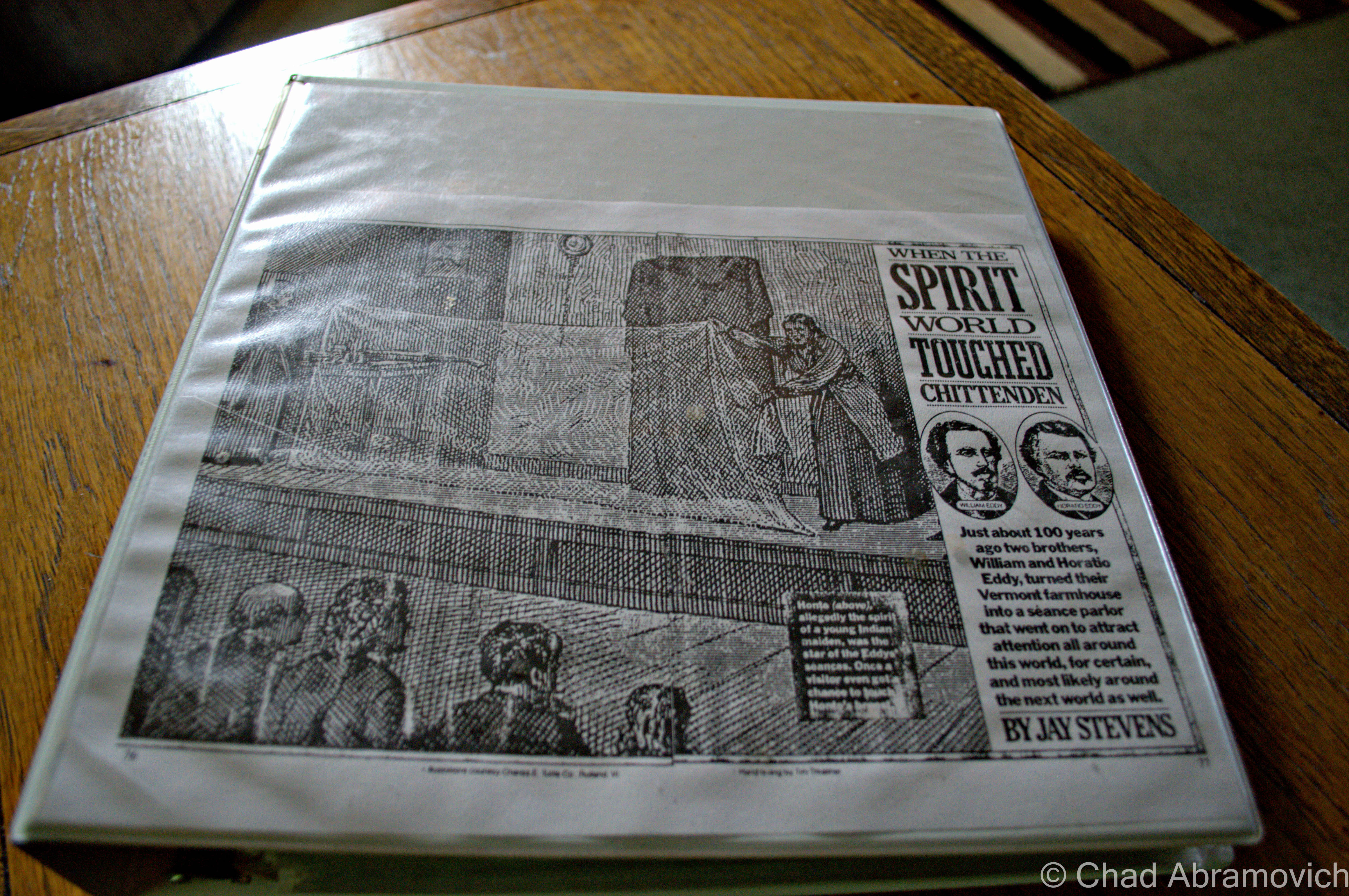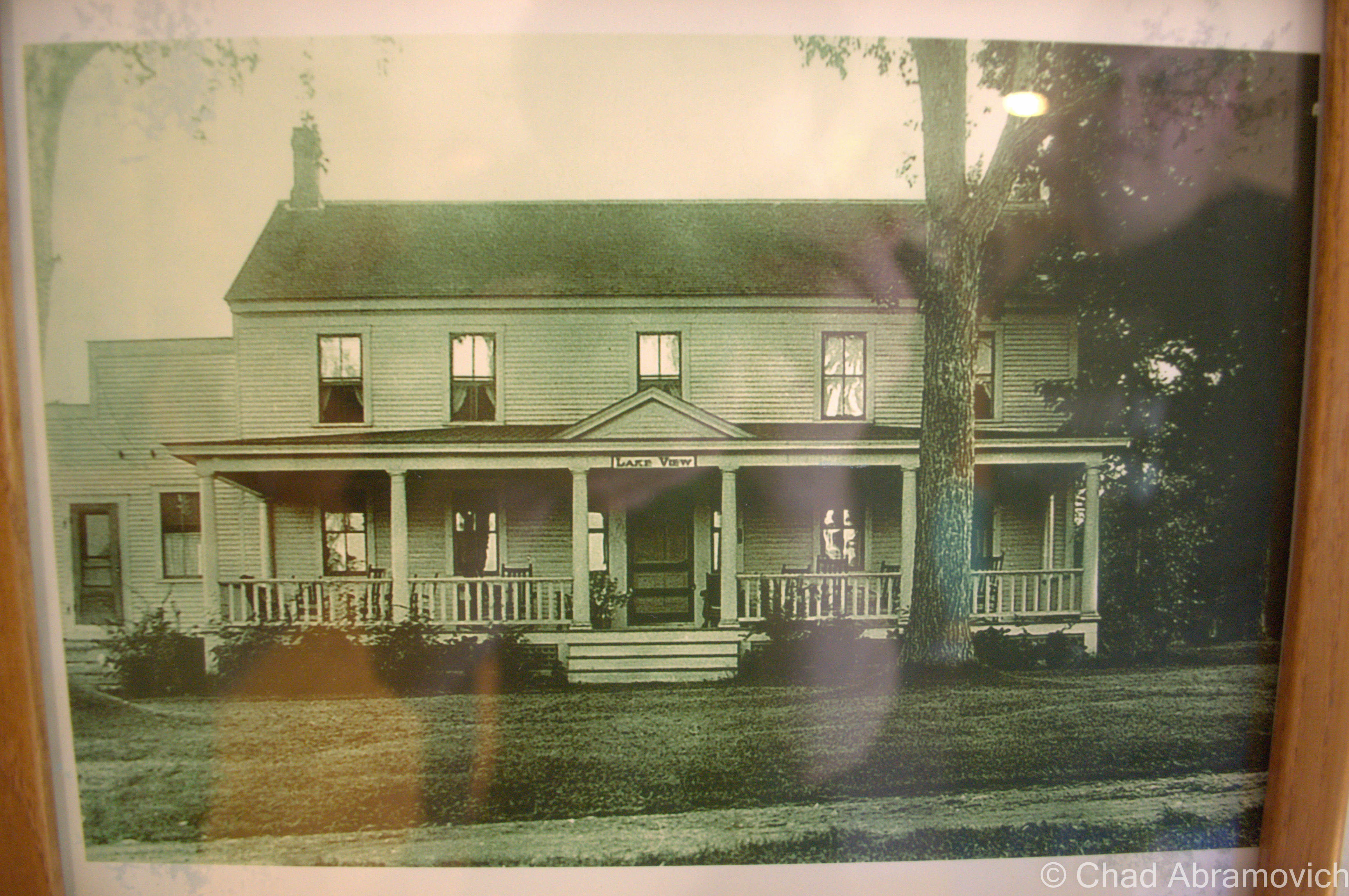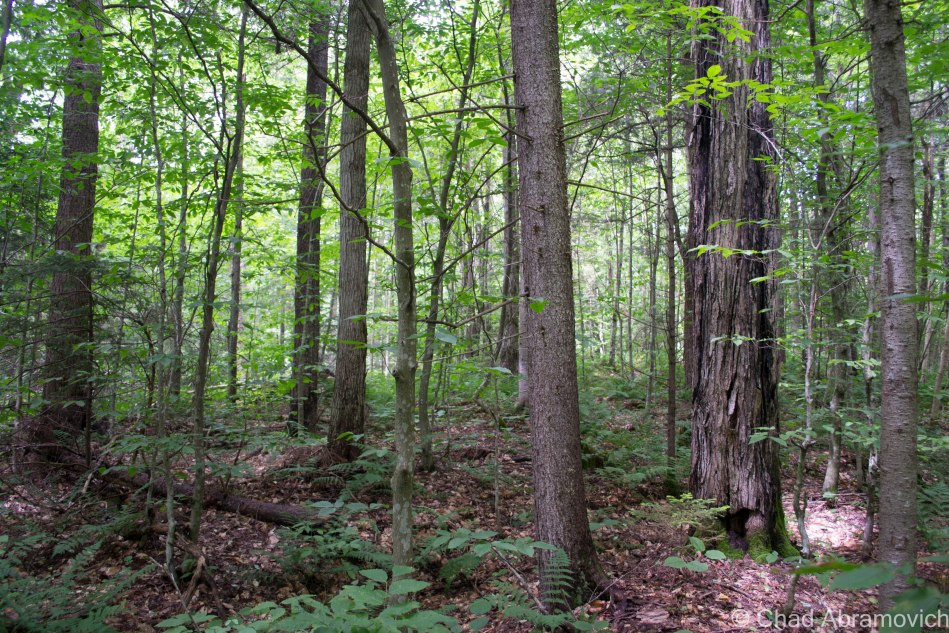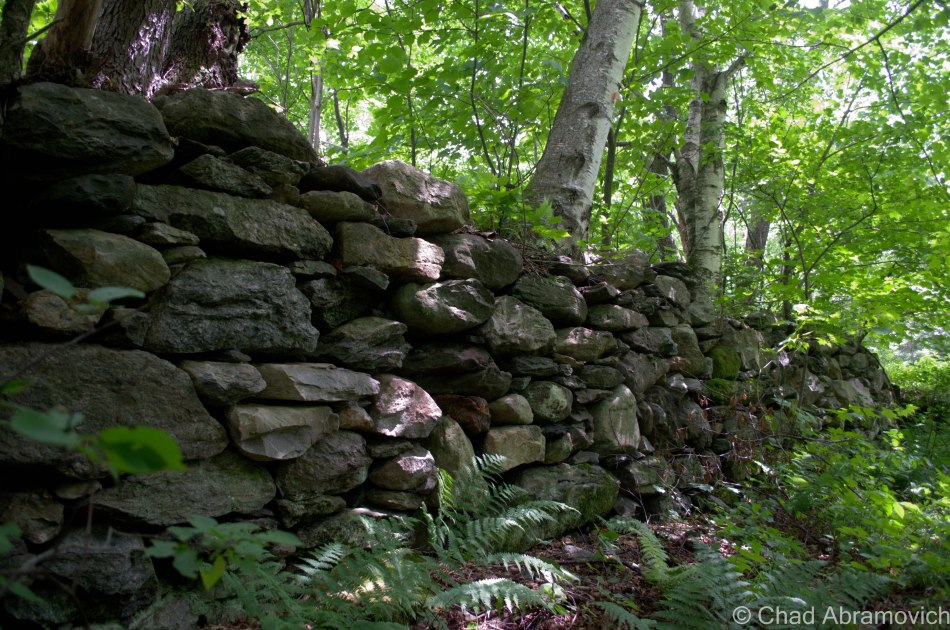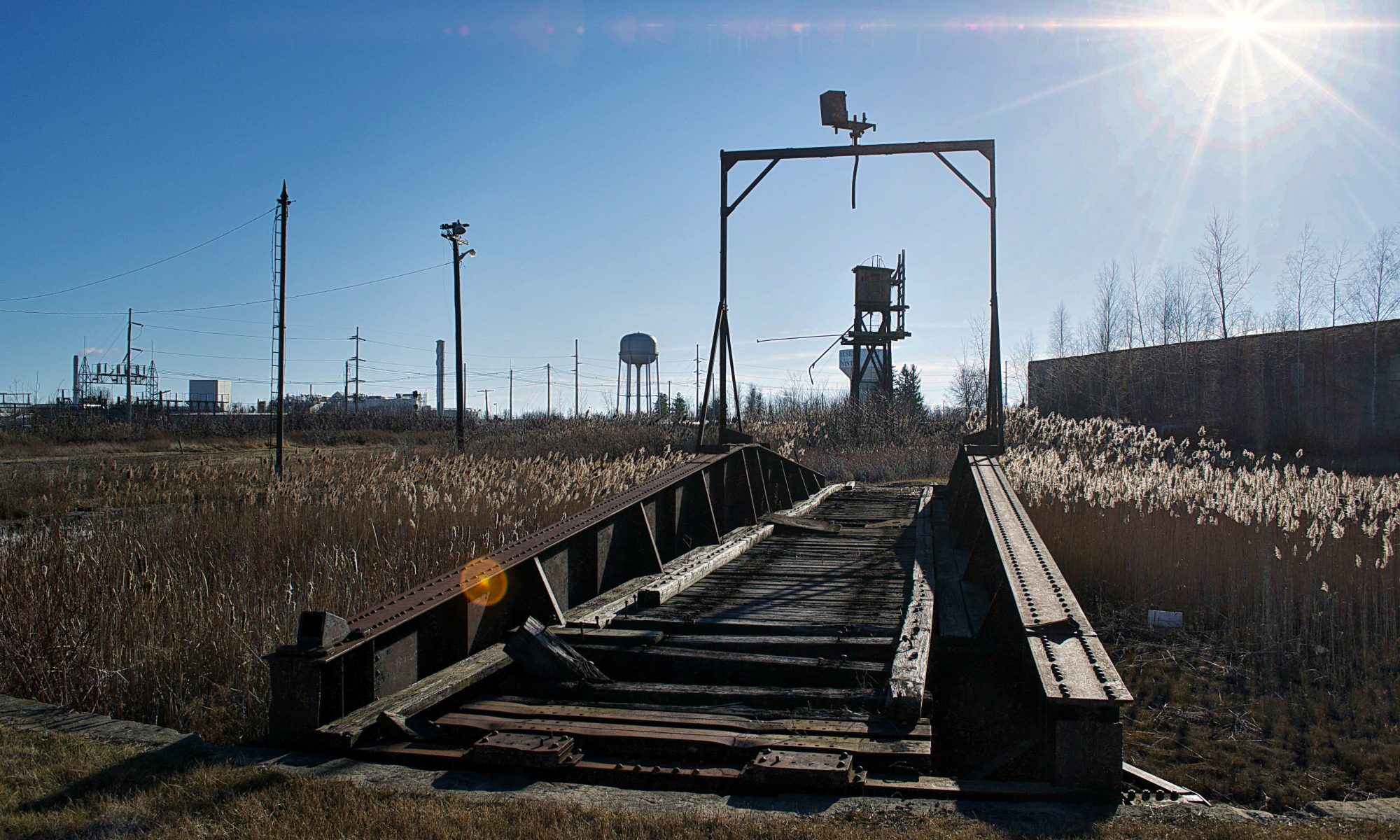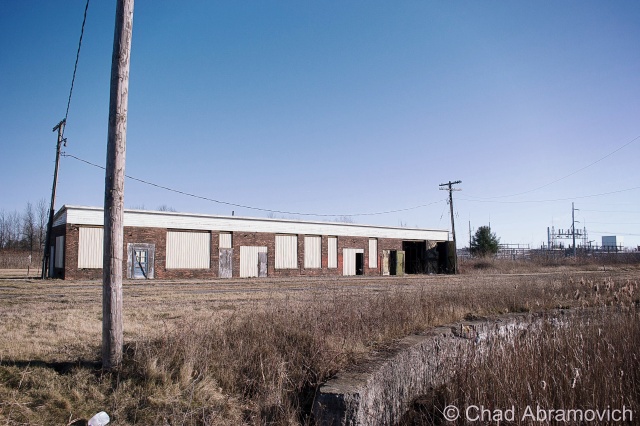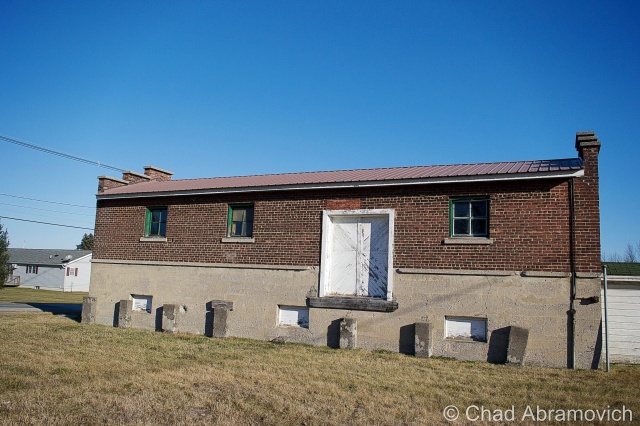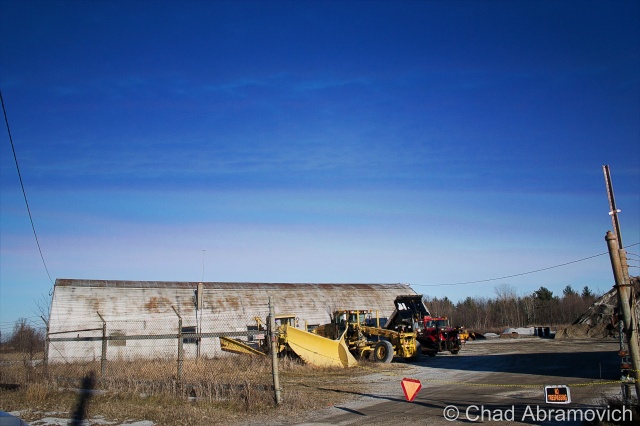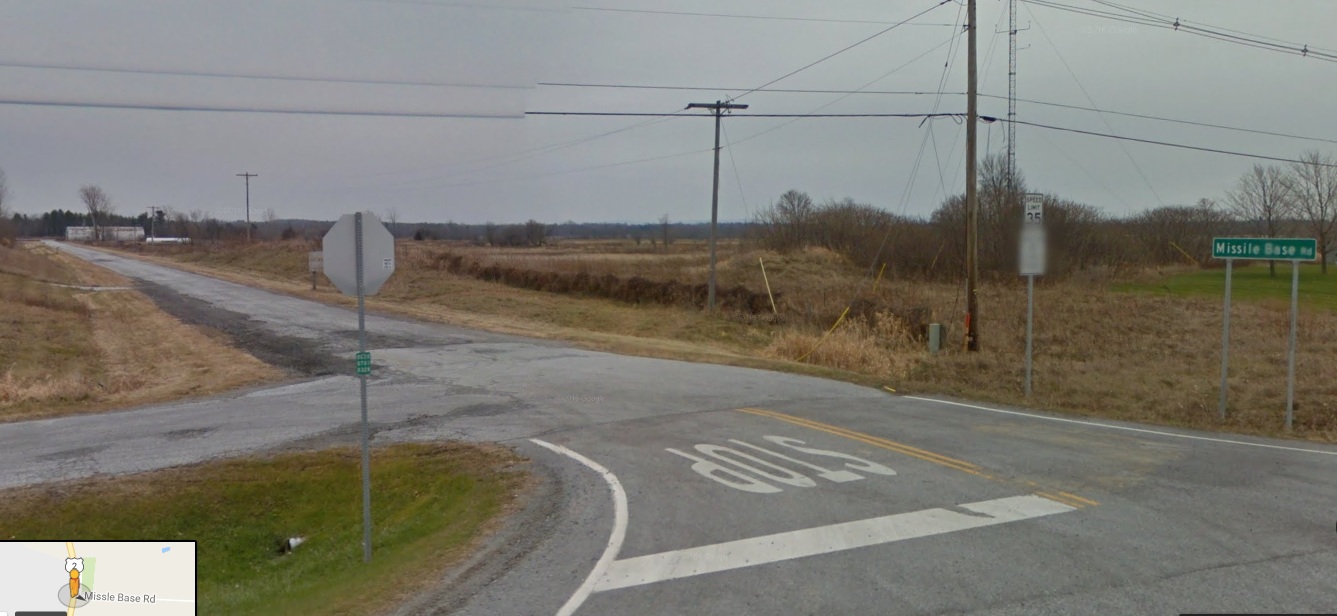Fog shrouded the barren farmlands as icy winds sputtered and spinned outside the car as we moved down Route 22A through the flats of Addison County. There is something about late Fall, the odd transition period of old and the rebirth of Spring that is strangely ideal for adventuring. There is a certain melancholy about this time of year that rides the winds that blow in off the lake, something that a good adventure can temporarily alleviate. Things are more vulnerable in the Fall, and more raw. These thoughts were confirmed as the hulking and lengthy form of Snake Mountain loomed ahead in the fog and cold rain.
There is something mysterious about Snake Mountain that is conjured by its isolation. Sitting right in the middle of otherwise pancake flat farmland in the heart of Addison County, the sprawling monadnock raises a lofty 1,287 feet above the valley below – its craggy ledges the only surface that managed to capture the sun’s warming gleam. It’s not a widely recognized area. As a matter of fact, not many seem to know you even can hike the mountain, making it all the more alluring.
Snake Mountain is the focal point of the 1,215 acre wildlife management area of the same name, forever protecting the mountain and a 9500-year-old kettle lake known as Cranberry Bog, which according to the fish and wildlife department, formed shortly after the retreat of the last glacier in Vermont. But it’s a discrete area, one that isn’t clearly marked and still remains uncongested by mobs of tourists.
When I was younger, I was told that the dense and disparate patch of wilderness used to be called Rattlesnake Mountain, and its ledges and boulders were home to the only venomous reptile in the state (which isn’t true – Fair Haven’s Rattlesnake Ridge is bestowed that honor). But if the strange urban legends are true about this enclave of no man’s land in the middle of the county, then there are far more sinister things that haunt the wooded slopes and bogs. Snake Mountain is also reportedly home to a strange cryptid dubbed as “The Black Beast of Snake Mountain”, which supposedly stalked the slopes and terrorized unsuspecting farmers back in the 1920s and 1930s.
Though I couldn’t find a description of this brazen creature, it was said to lurk behind barns and houses that surrounded the mountain, and if encountered, its said to be savage. According to The Vermont Monster Guide, one woman was attacked by this elusive creature one night while driving home after a visit with a neighbor. It began to chase her vehicle as she panicked and began to pick up speed down a winding road that carved along the base of the mountain. To her surprise, not only was this thing managing to keep up with her car, it was catching up! Not wanting to get in a car accident, she pulled off into the first farm she saw, and it wasted no time in jumping on top of her car and began to claw at the roof. Now in hysterics, she did the only thing she could think of; she wailed on her horn. The noise grabbed the attention of the family who owned the farm, who soon appeared on the front porch in curiosity. But as soon as the floodlights were turned on, the women ran back into the house screaming at the first sight of the terrifying encounter. The men ran in shortly after to grab their guns, but when they came back outside, the animal had vanished into the Addison night.
The stories continue. Another account reported it would also jump down from tree limbs and scare children working on nearby farms. Every attempt to shoot at it was a failure, it would always vanish successfully, leaving nothing but shaken onlookers and a terrifying memory. It seems the mysterious Black Beast faded into memory and folklore, and to this day no evidence exists of what exactly was terrifying isolated residents back in the 1920s.
And now, here I was underneath gloomy grey skies battered by chilly winds and rain, staring up at my destination. The summit appeared more distant and forlorn underneath the shifting clouds that wouldn’t open up the sky. My only thoughts at the moment were how my coffee didn’t seem to be working. Although the lore about the mountain was wondrous, that wasn’t why I was there. There is also a human mystery about Snake Mountain, one that was palpable underneath shedding foliage and autumn stillness.
At the entrance to the hard to find Wilmarth Woods trail, sits an old building that looks like it may have served a nearby farm at one point, or perhaps a very tiny one room schoolhouse. Though it has been boarded up, the strange urban legends I’ve heard still swirled in my head. Stories of people peaking through the windows and seeing dusty mason jars filled with odd colored liquids and cryptic contents floating lazily inside them were alluring and most likely far fetched. Regardless of the accuracy behind that claim, the boarded windows ensured I wouldn’t be finding any answers today.
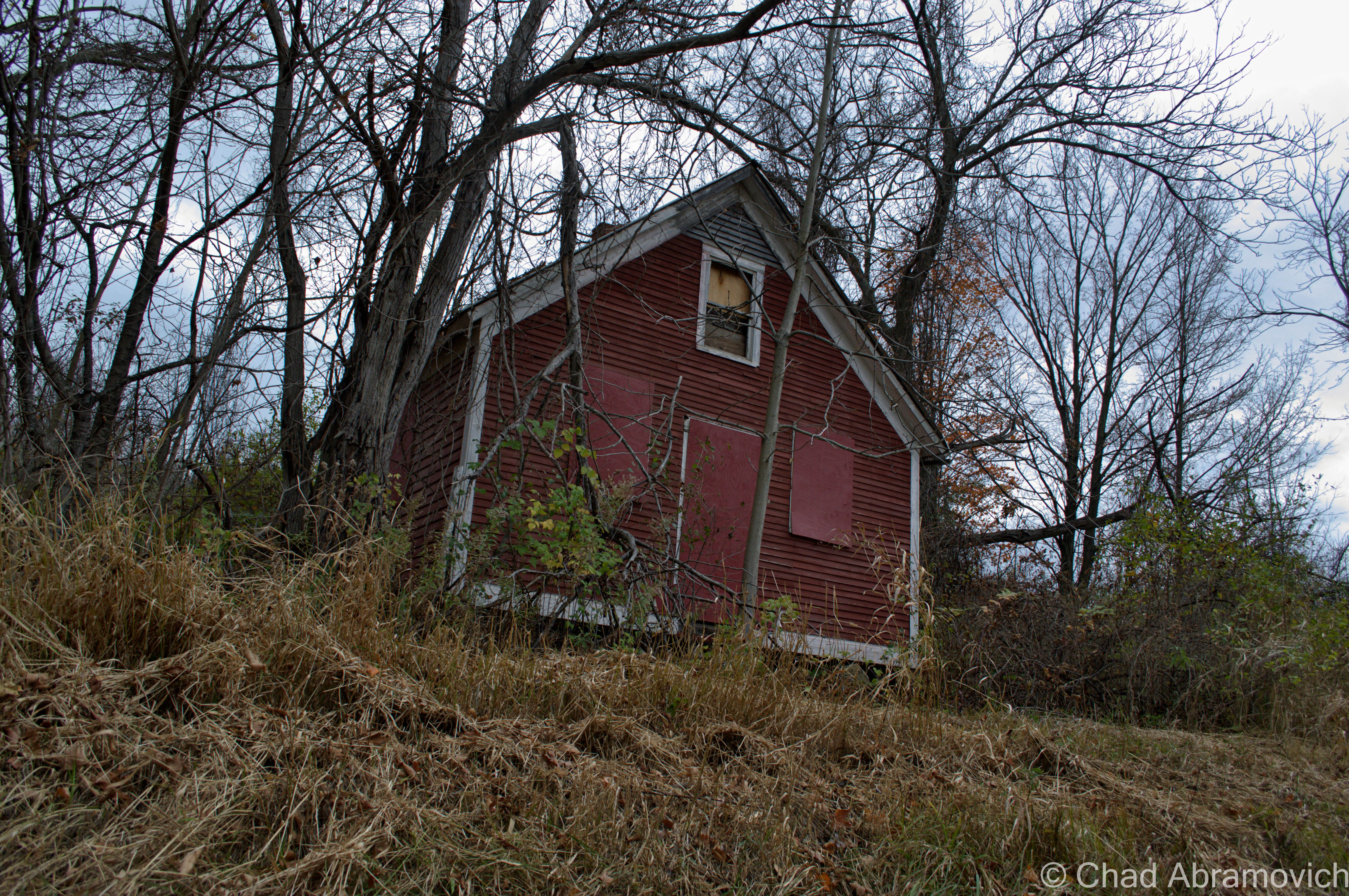
Embarking up The Wilmarth Woods Trail, it winds its way through thick brush, past the remnants of ancient mangled farm machinery and eventually follows the rather broad and rocky remnants of an old carriage road that snakes its way up the rocky hills and silent forests – the pungent smell of wet leaves and mud hung heavy in the air. Though my starting point was sluggish, I soon couldn’t help be taken by the beauty and therapy of the forest.
While trekking through the woods, they begin to tell a seperate story, adding to the mountain’s cryptic reputation. The birch stands at the base of the mountain are covered in ambigious tree carvings – it seems that every bored teenager in Addison County has made it to Snake Mountain to carve the name of their loved on into a tree, or to tell the world that they were there. Some carvings were remarkably old, dating back almost 30 years. These youth hieroglyphics are cool to see and read as you make your way up the slopes.
The carriage road continues to playfully climb the mountain and dip through shadowy dales until it reaches a particular point of interest at the summit – the reason for the carriage road’s existence. Sitting on top of magnificent views of Addison County and the rugged Adirondacks in the distance lies a crumbling concrete slab that buts right up to dizzying ledges. This is the foundation of the former Grand View Hotel. Built in 1870 by Jonas N. Smith, this hotel was built during an era when many mountaintops across the Northeast were being developed into resort properties, offering fresh country and and grand views to its eager clientele. Some even claimed that fresh country air would be an ailment to whatever health issues that were plaguing you. Because of the hotel, Snake Mountain became briefly known as Grand View Mountain. In 1925, the hotel was ravaged by a fire, leaving a smoldering pile of ruins scattered along the wind swept summit. Today, the foundation and steel rods that held the building in place are still visible, along with some of the best views anywhere.
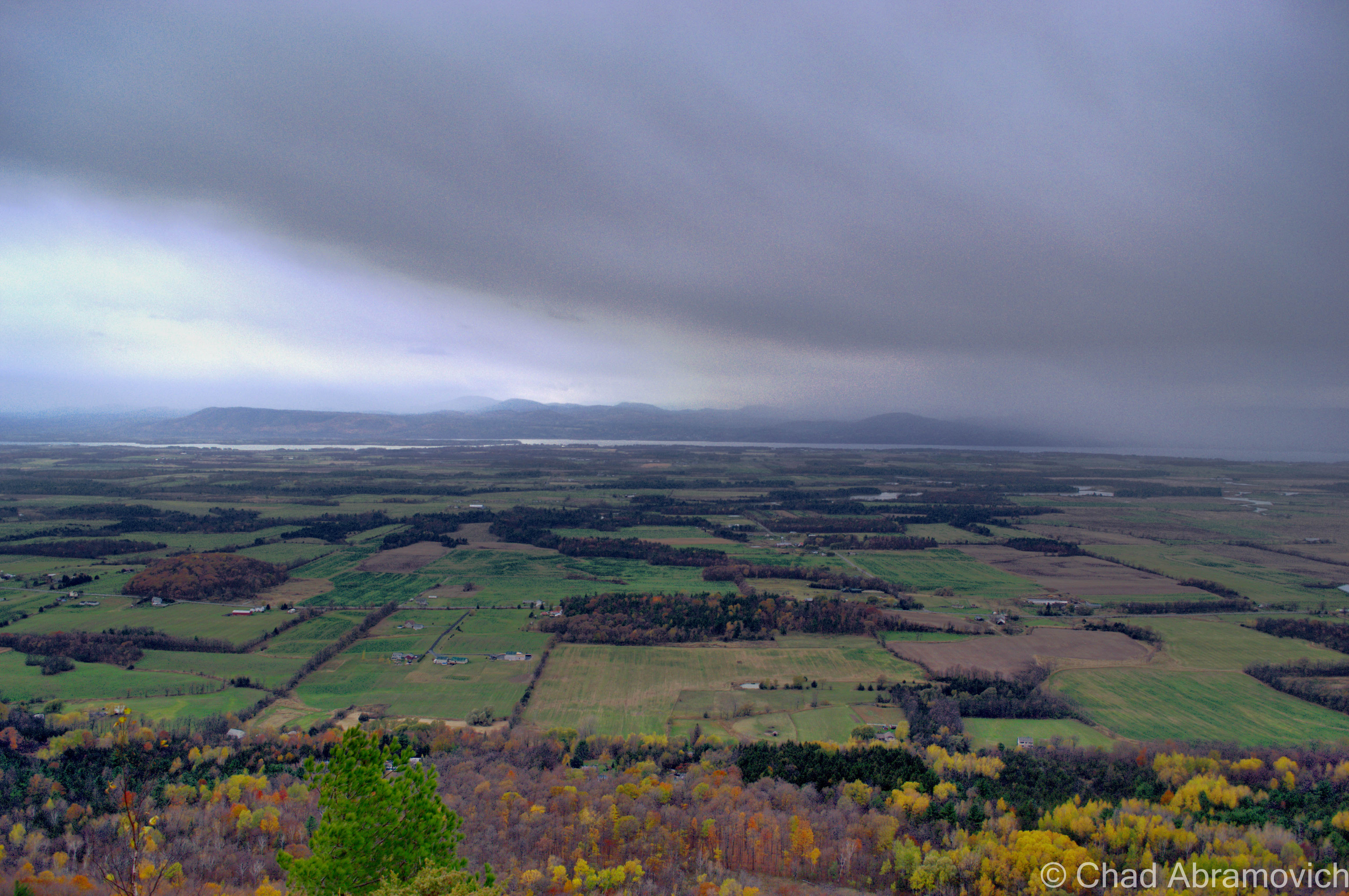

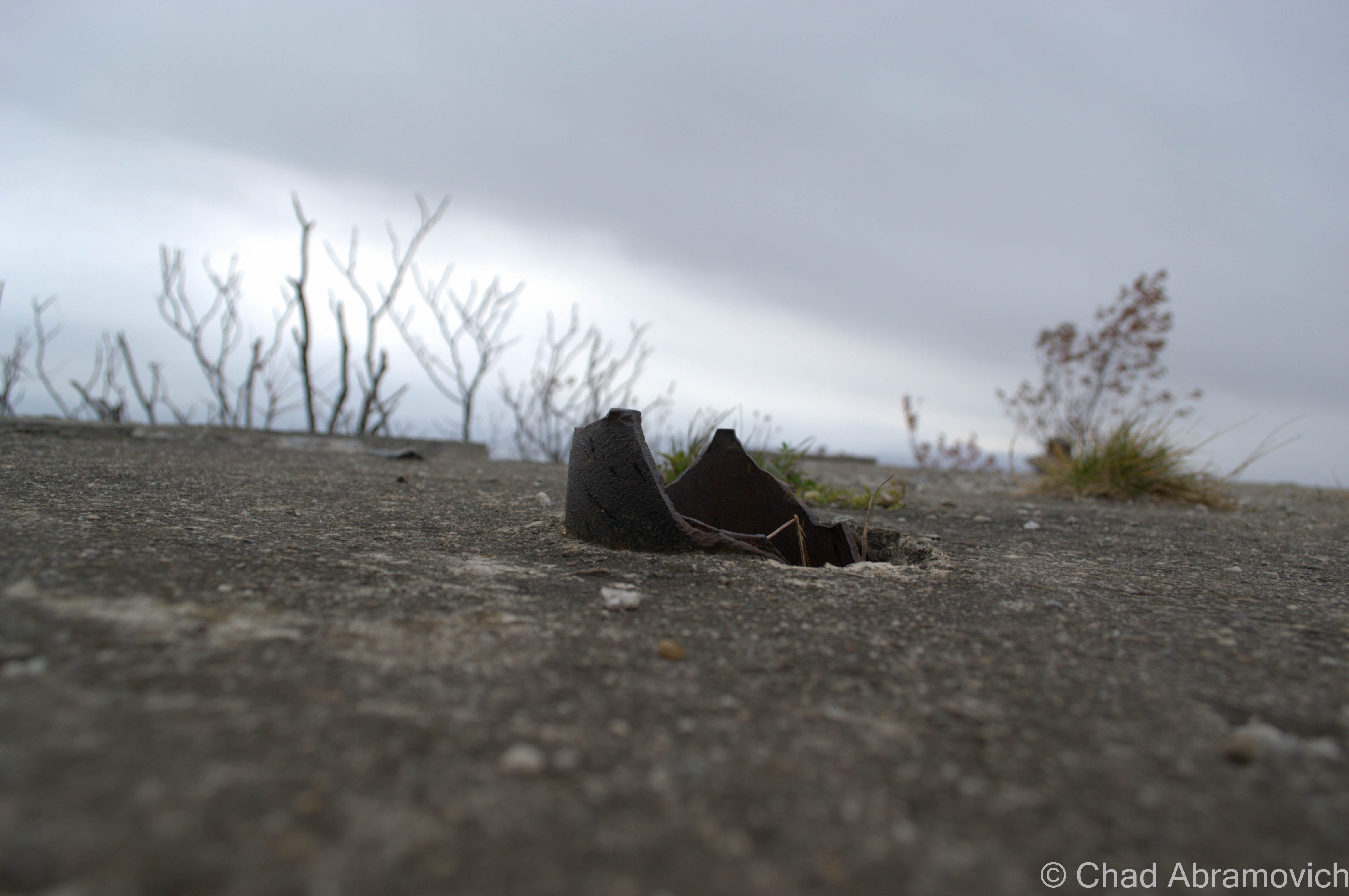
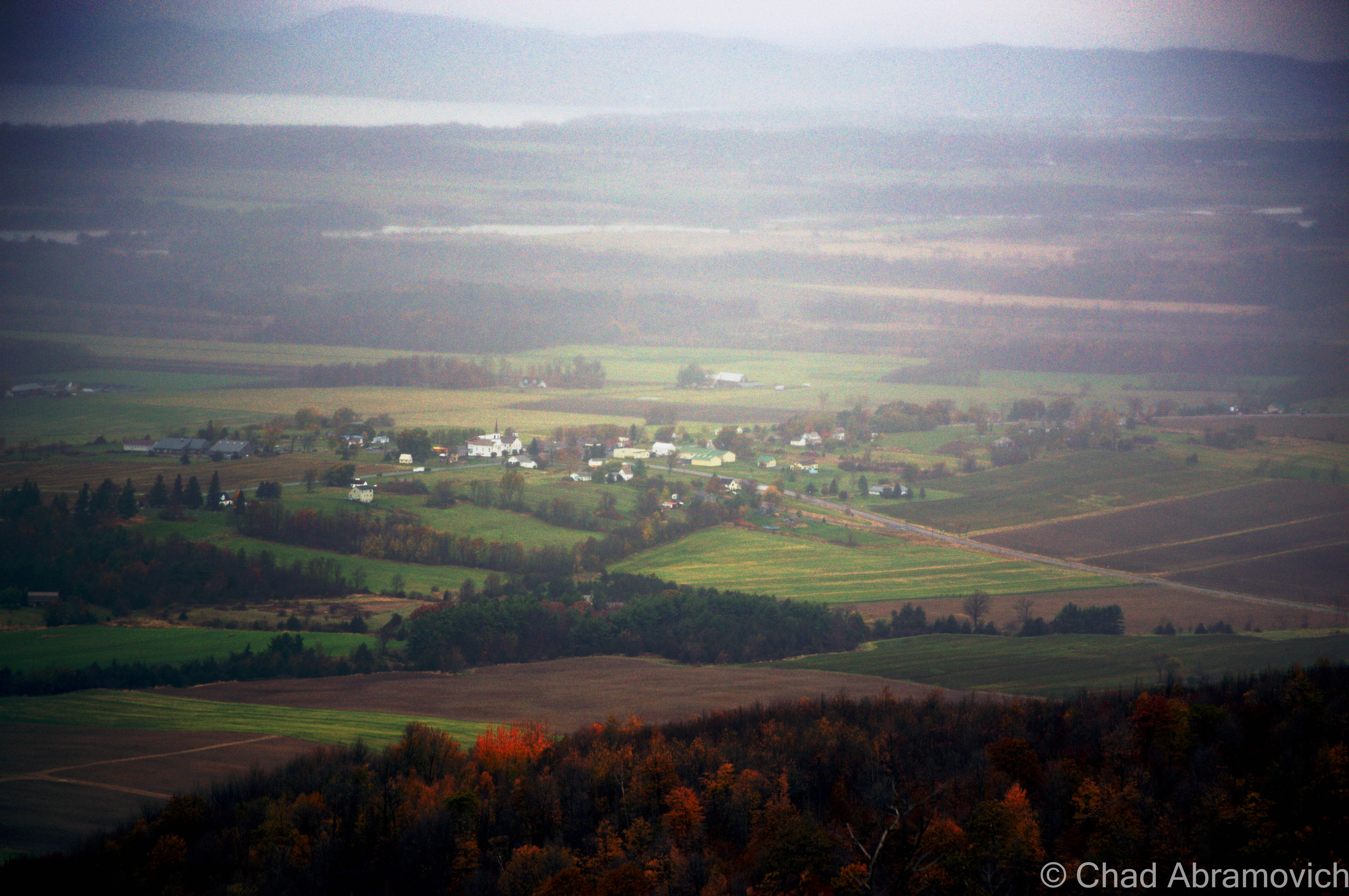

From up here on the top of Addison County, a strange silence climbs into your head. Your thoughts become more lucid, and you get a strange sense of scale as you look at the patchwork fields and gleaming silos below you. The strange connection of you being apart of this uncertain game called life which is played at the bottom of the ledges at your feet, and loneliness up there in the deep. Snake Mountain offers a great excuse to get out for a easy and rewarding day hike. And there is no better therapy to what ails you than nature.
Links:
More about Snake Mountain via The Fish and Wildlife Department.
How to get there:
From either approach on Route 22A, make a turn on Wilmarth Road. Follow it the short distance until it intersects and ends with aptly named Mountain Road, which runs along the base of the mountain. Take a left, and follow Mountain Road a short distance until you see a dirt parking lot to your left. The Wilmarth Woods Trail head is just before the parking lot on the right side of the road. Look for the dilapidated red building.
—————————————————————————————————————————————–
To all of my amazing fans and supporters, I am truly grateful and humbled by all of the support and donations through out the years that have kept Obscure Vermont up and running.
As you all know I spend countless hours researching, writing, and traveling to produce and sustain this blog. Obscure Vermont is funded entirely on generous donations that you the wonderful viewers and supporters have made. Expenses range from internet fees to host the blog, to investing in research materials, to traveling expenses. Also, donations help keep me current with my photography gear, computer, and computer software so that I can deliver the best quality possible.
If you value, appreciate, and enjoy reading about my adventures please consider making a donation to my new Gofundme account or Paypal. Any donation would not only be greatly appreciated and help keep this blog going, it would also keep me doing what I love. Thank you!
Gofundme: https://www.gofundme.com/b5jp97d4


